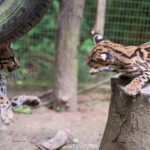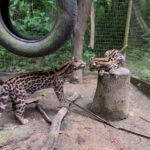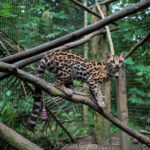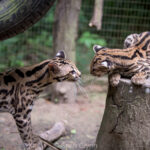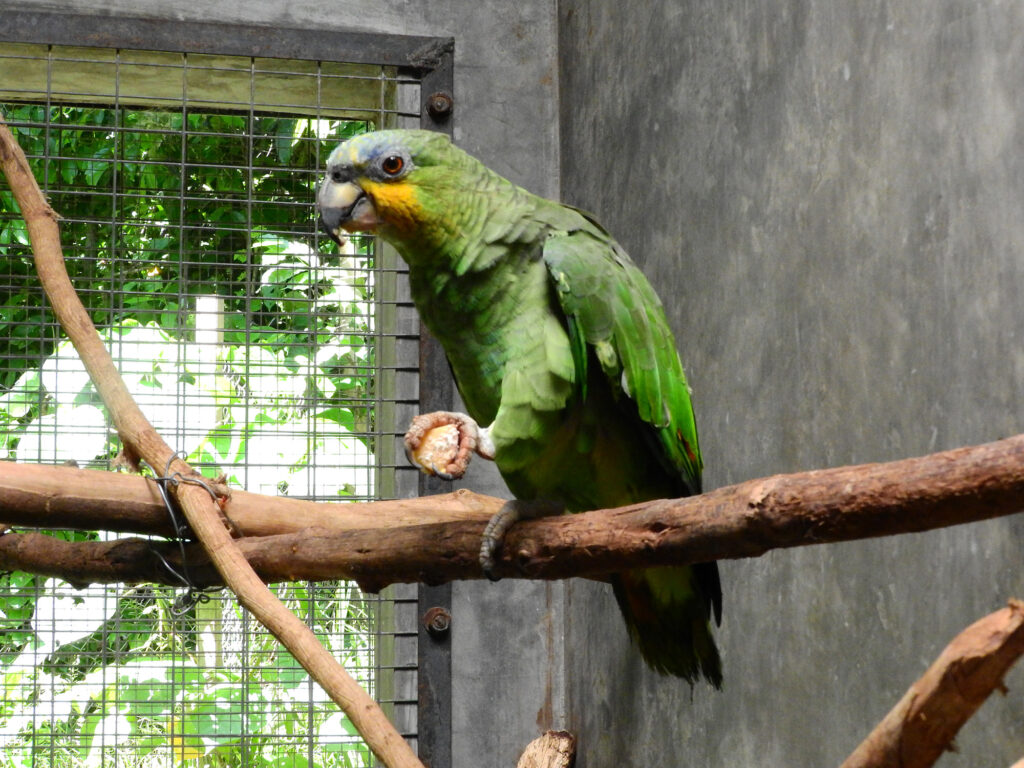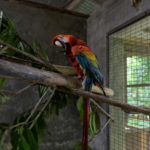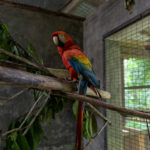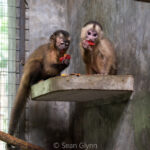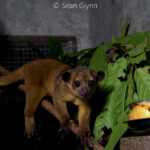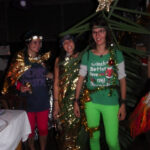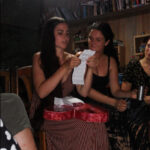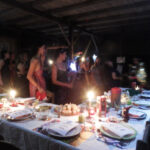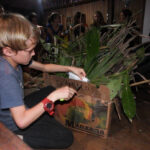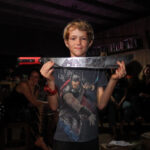The months truly fly by at Esperanza Verde and July was no exception. It was a month to reflect on how fortunate we are to be somewhat secluded from the world’s goings on and how lucky we are to have such a dedicated team working both on the frontline and behind the scenes in different roles around the world. We are very grateful for the team of Esperanza Verde International in Europe. The Crowdfunding campaign they set up will help us get through these times financially.
Although our thoughts are with those hugely affected by the worldwide outbreak, our minds remain focused on the task at hand, while enjoying the happy life of the animals at Esperanza Verde.
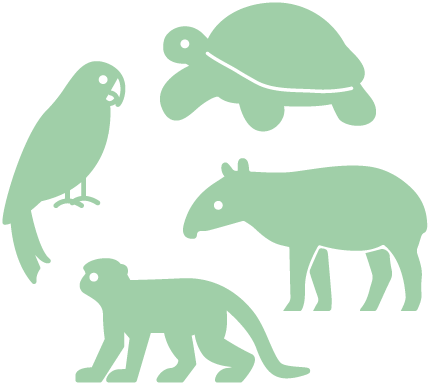 Animals
Animals
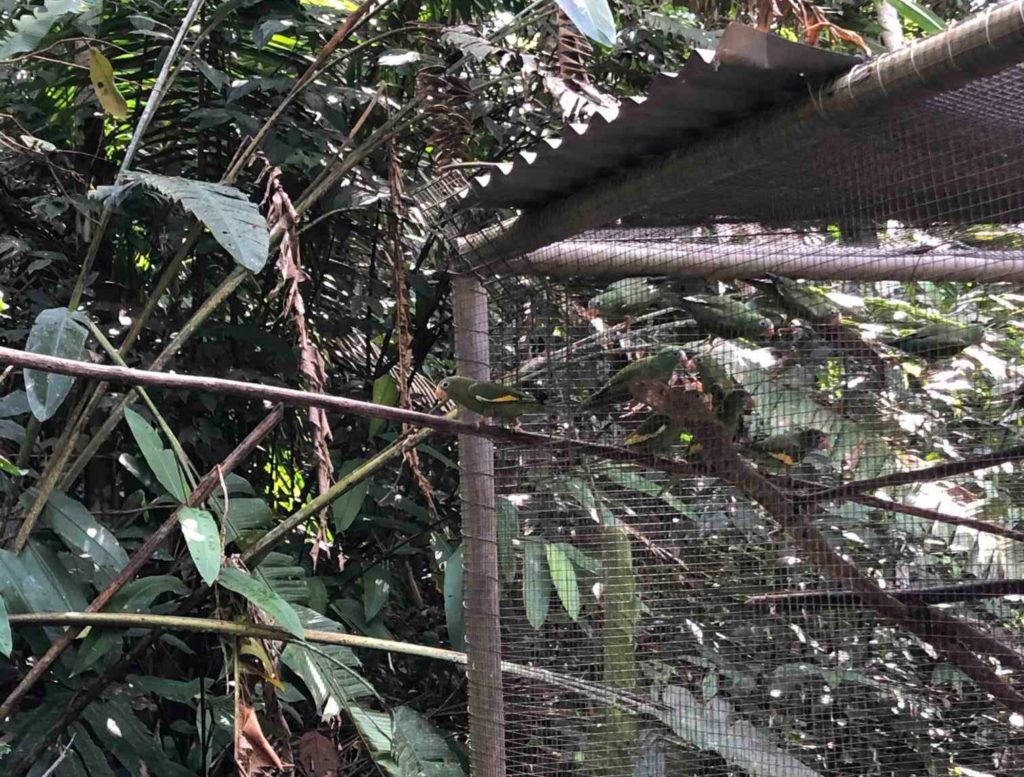
It is always exciting being involved in the release of rescued animals, and this month saw the re-assessment of the white-winged parakeets in Aguatena enclosure ready for relocation and possible release. Assessment involves checking the bird’s health, flight capabilities and feather condition, as well as a treatment for any lingering parasites. Of the fifty plus parakeets, 17 had recovered sufficiently to be released, whereas the remaining birds were transferred to Tupak enclosure awaiting their flight feathers to grow back before their release.
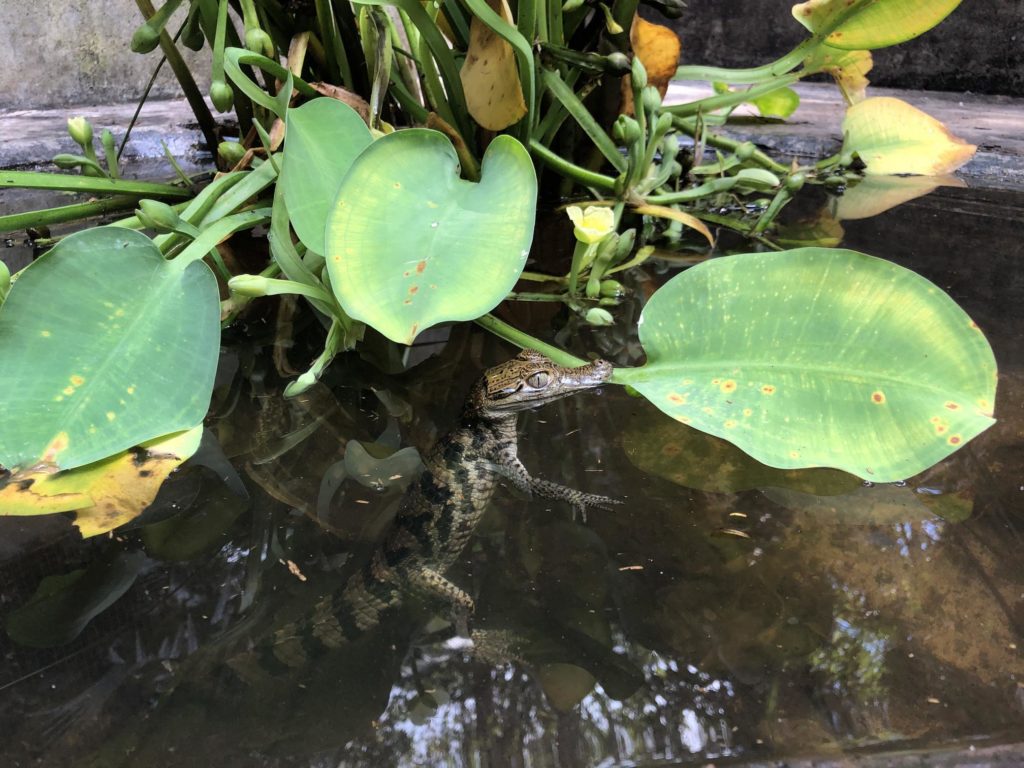
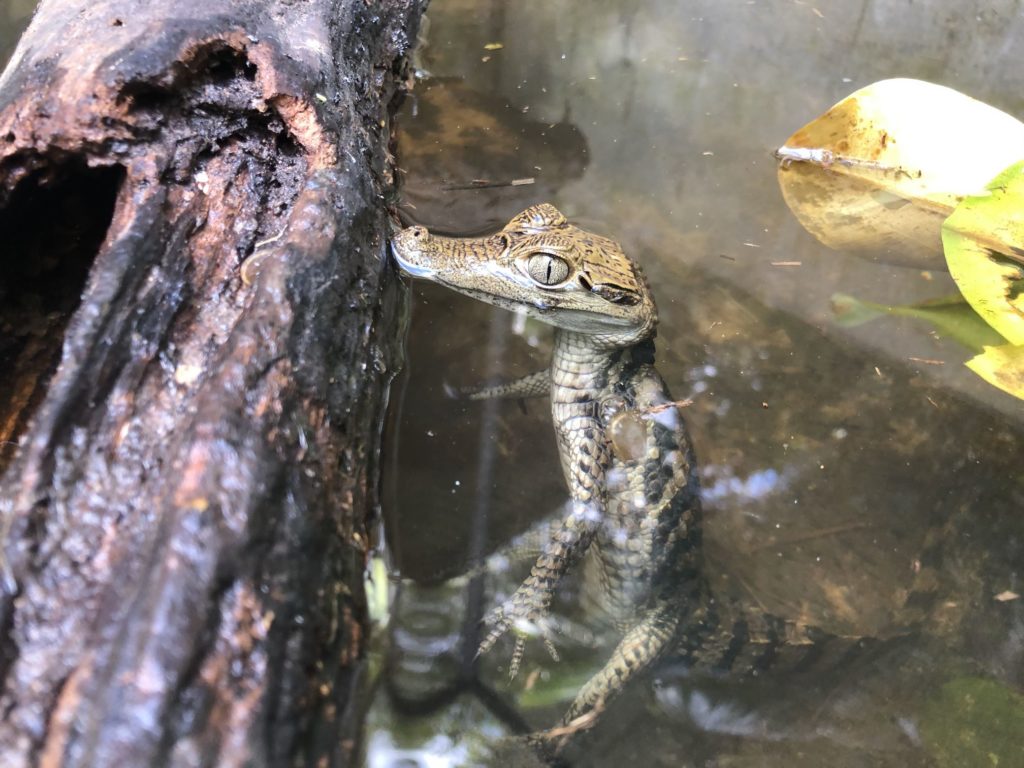
The newly vacated, purpose built Aguatena enclosure welcomed five spectacled caimans from the pond in Momo enclosure. The caimans now have more space and a more natural environment to reside in. Douwe and Marlon did a fantastic job of cleaning up the enclosure from the previous parakeet inhabitants and making it perfect for the caimans.
After a big fall and taking a dive into the pond of Pichu aviary, the decision was made to move long-term resident Daenarys (mealy Amazon parrot) into Igor enclosure where the height is more limited and she is less likely to be bullied, as was the case with the more able bodied birds in Pichu. Daenarys is unable to fly but is a welcome addition to Igor and relishes the extra attention on offer from volunteers in a smaller space. She already started making her funny noises again, as some of the early volunteers of Esperanza Verde might remember.
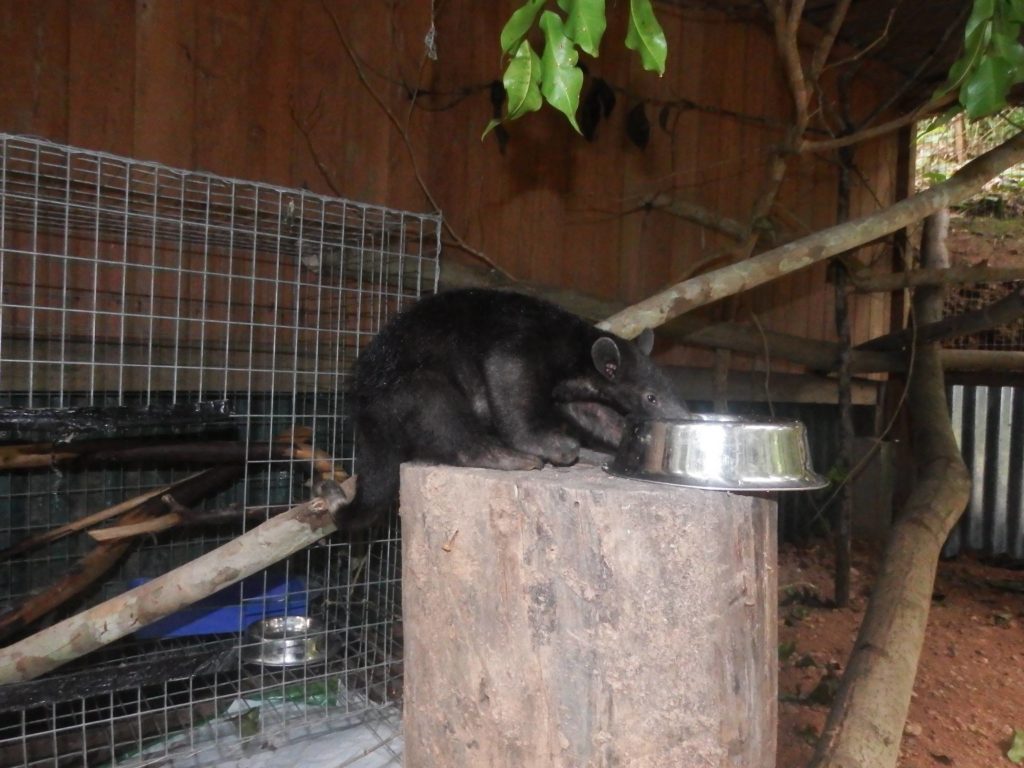
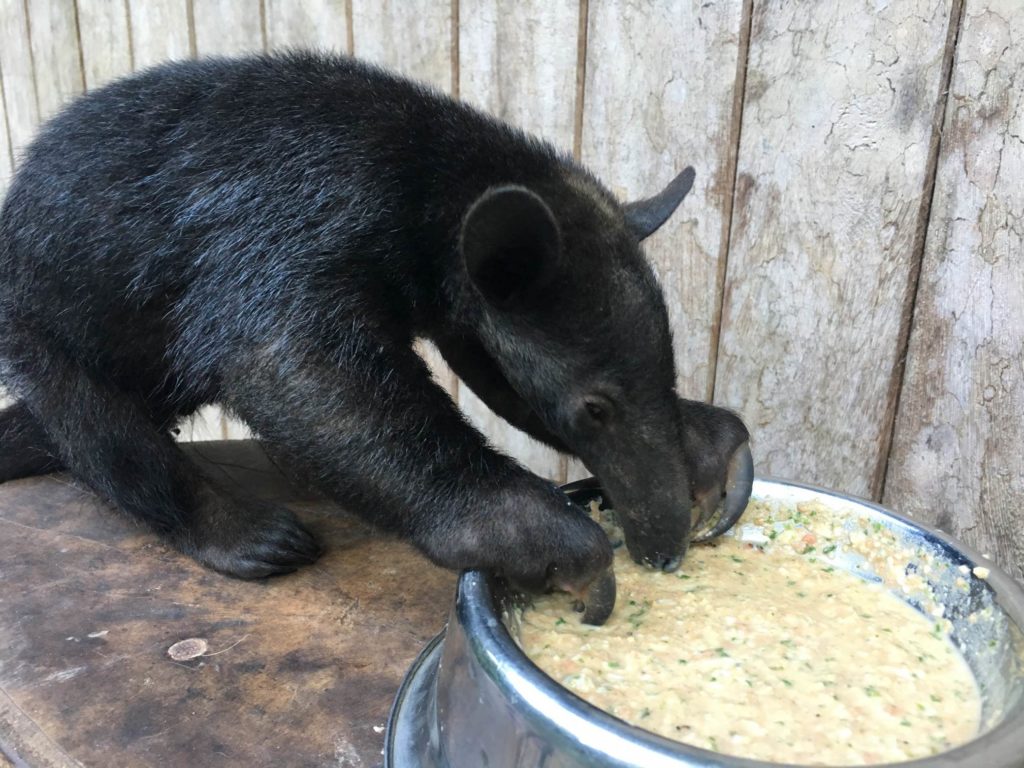
Kassai (baby southern tamandua) is moving up in the world. He is still requiring one on one attention from Olivia, and family, but has now been moved to a newly erected enclosure outside the family residence. Kassai is gaining weight as expected and although slow to embrace the termites in her diet, perseverance is key and she couldn’t be in better hands.
 SUST Animal Orphan Hospital
SUST Animal Orphan Hospital
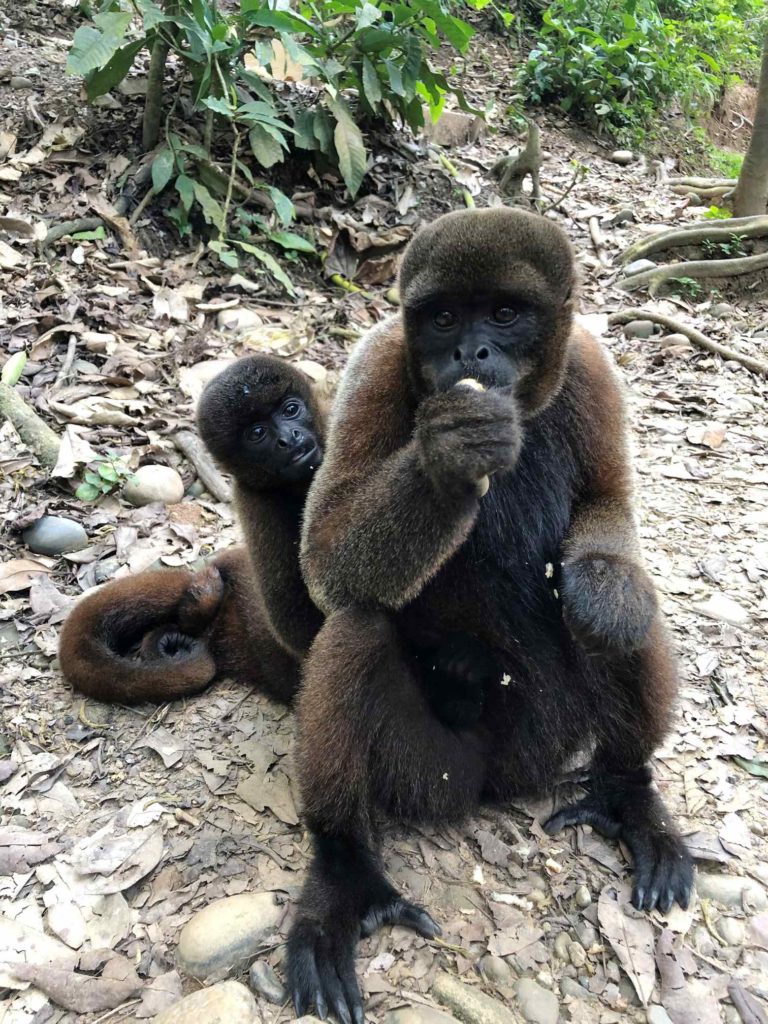
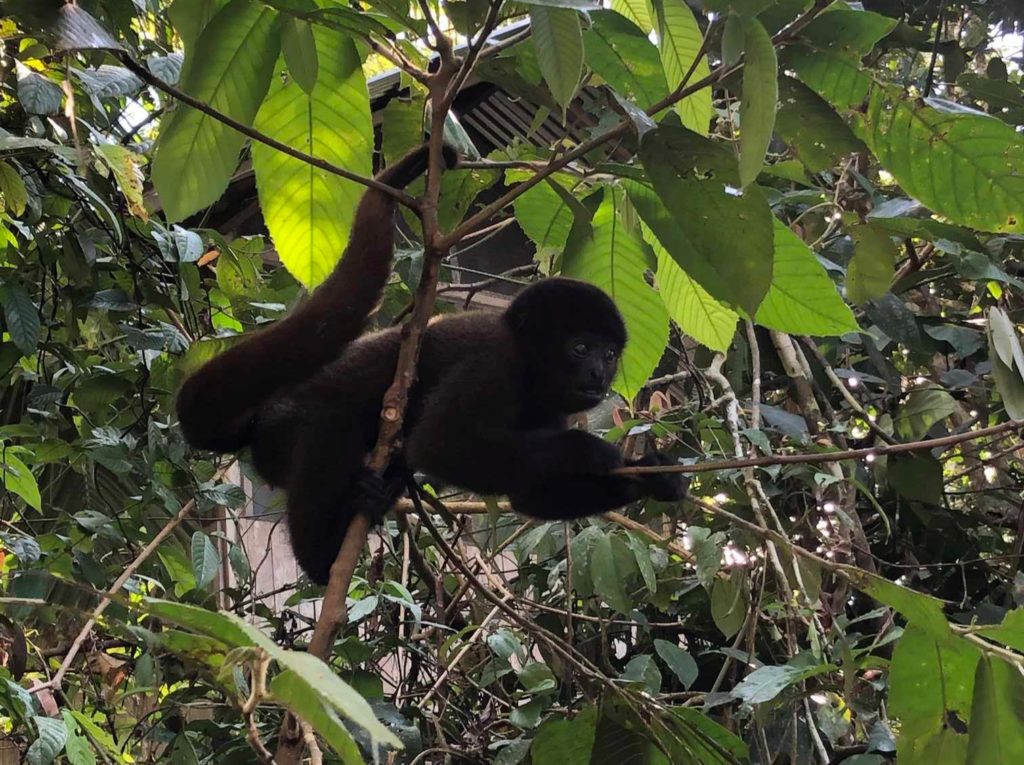
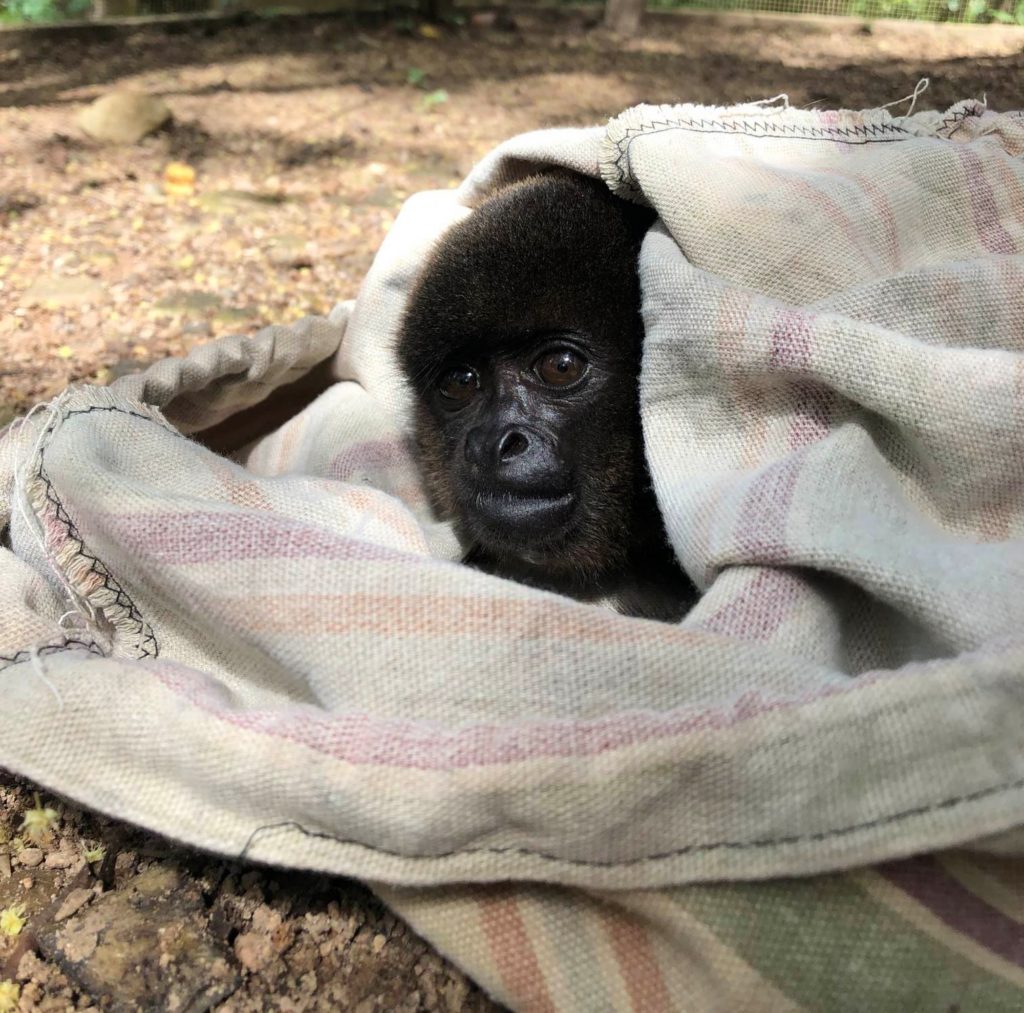
Lumisha (Humbolts woolly monkey), moved from the SUST OAH into the comforts of Lucia enclosure, where she can interact through the enclosure with the other monkeys outside prior to release. After just one day, interests were high and Lumisha joined the monkeys outside enjoying the freedom to come and go. After such a short time it was apparent Lumisha had no trouble locating where food was to be acquired, and is predominantly in the company of the more experienced woolly monkeys such as Lupa and Maruja.
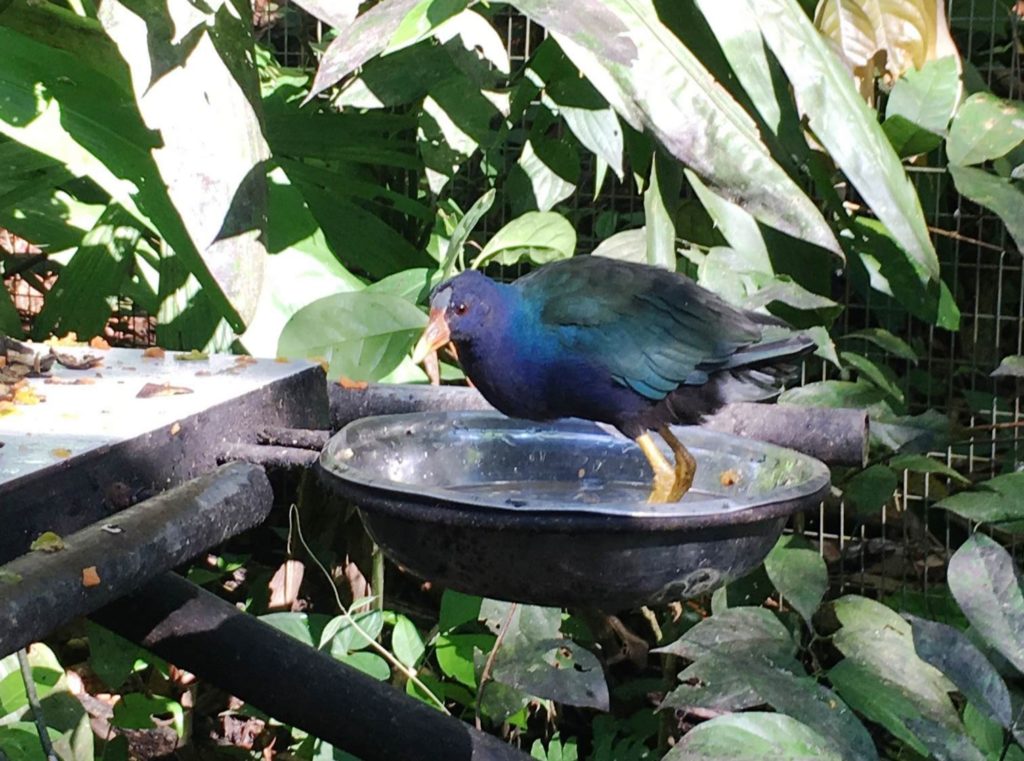
Much loved Koru (Purple Gallinule) moved from Pichu enclosure to the SUSTOAH this month after being found with a severed toe and damaged leg. While spending time recuperating in the clinic, Koru is being assessed to ensure his on-going comfort of living is not detrimentally affected by his injury. The cause of the wound is unknown but could be a result of an over eager capuchin monkey grabbing Koru through the mesh.
Pisco (young male agouti) has finished his time of quarantine separated from the other animals. He has moved to the more spacious and open Momo enclosure beneath the long-term residency cabana. Pisco is currently too small to join the other Agouti within Pepito enclosure, but as his size is rapidly gaining, it won’t be long before he can join the rest of the Agoutis and deer.
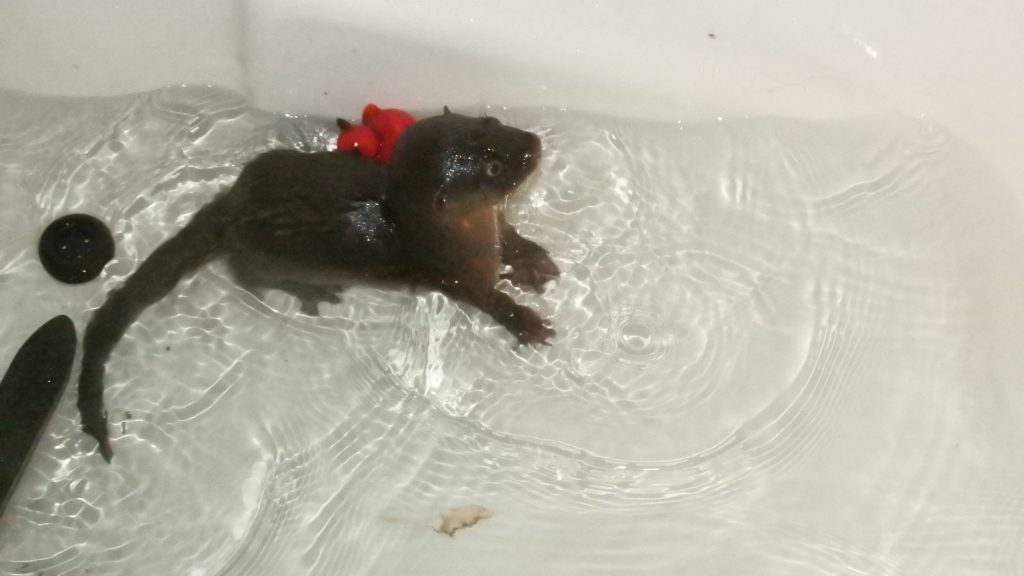
Anishka (Neotropical river otter), gained over ten percent of her body weight within a week, and is improving her vital motor skills every day. Supervised time with Olivia, Douwe and Marlon had begun by the end of the month, and although apprehensive, Anishka appears a quick study with any new skills required of her. Within a week she was capable of swimming under water, in the luxury learning environment of the bathtub at the family house. Only a week after, she went for her first experience with ‘wild’ water, at the small stream near the house. It is amazing to see how she shows that every day there is a new challenge she is capable to face and conquer
Our resident alpha Loki (Humbolts woolly monkey), managed the difficult task of breaking out of La Sapa enclosure this month. A year of swinging relentlessly on the cage finally had the desired effect and broke the mesh. Fortunately, Olivia and Puck discovered Loki outside prior to any of the other inhabitants discovering how to escape. La Sapa was made secure and the next three hours was spent by Douwe and Craig ensuring animal and volunteer safety while apprehending Loki.
This is a good reminder that anything can happen at Esperanza Verde, and we are forever grateful for the level heads of both Douwe and Olivia who controlled the situation and ensured Loki was secured by the end of the evening.
 New arrivals
New arrivals
This month saw a young man from neighbouring Bello Horizonte deliver a baby two toed sloth that he had found on the ground injured. The baby’s mother was nearby but deceased, having suffered a possible fall from a tree. Unfortunately, the condition of the baby was not good, with a gaping wound on the side and already cavities infested by maggots. We tried hard and made the baby as comfortable as possible, but its condition was too far deteriorated. The baby died after only being at Esperanza Verde for eight hours. Even if we couldn’t help that baby sloth, the story shows how important it is to work with the local community.
 Construction and other
Construction and other
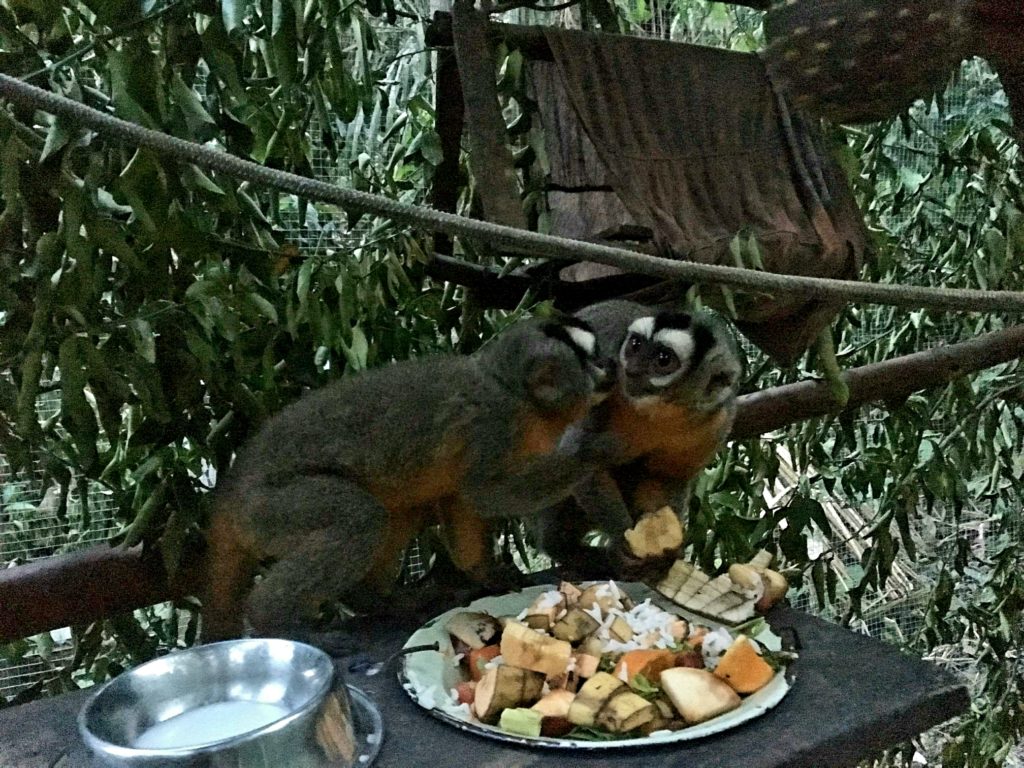
The new and improved Lucia enclosure is now finished, and another great build-up of the inside by both Douwe and Geiler saw Kira (Ma’s night monkey) move in style. The new enclosure has moved Kira closer to centre (near the volunteer kitchen) giving her more attention from both monkeys and volunteers. Luna, the older female night monkey outside, has also been spending some nights enclosed with Kira, all of which will aid in her comfort when she is released in the coming months. They seem to love each other’s company, and sleep comfortably together.
The volunteer toilet has stalled somewhat while Douwe was occupied and Geiler is distracted with plantings of papaya and yuka in the newly generated plantations off site. New clear roof plates were installed above the existing laundry/toilet area making an incredible difference to the amount of light within the room, as well as a roof extension to encompass the new toilet.
 Volunteers
Volunteers
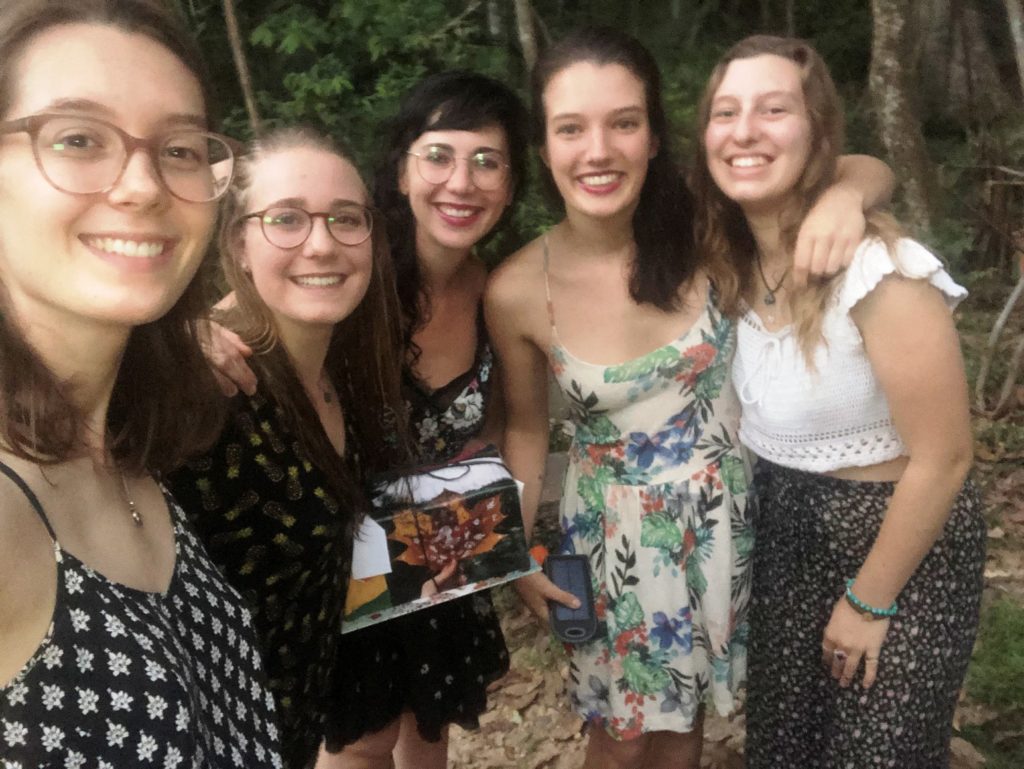
The ‘corona team’ had drastically reduced numbers by the end of July. Three more volunteers embarked on their journeys to return home, no doubt welcoming a return to the semi normality that home can bring. Manon, Kim and Emma leave a big gap within the team, all having been at Esperanza Verde since the beginning of March or longer. We are so grateful for all their help during this trying time and we know that whatever project they next choose will be well served.
Current volunteer numbers are at three, with Douwe, Olivia, Kayla and Marlon picking up any shortcomings and filling numbers where required.
Our little Princess turned 16!
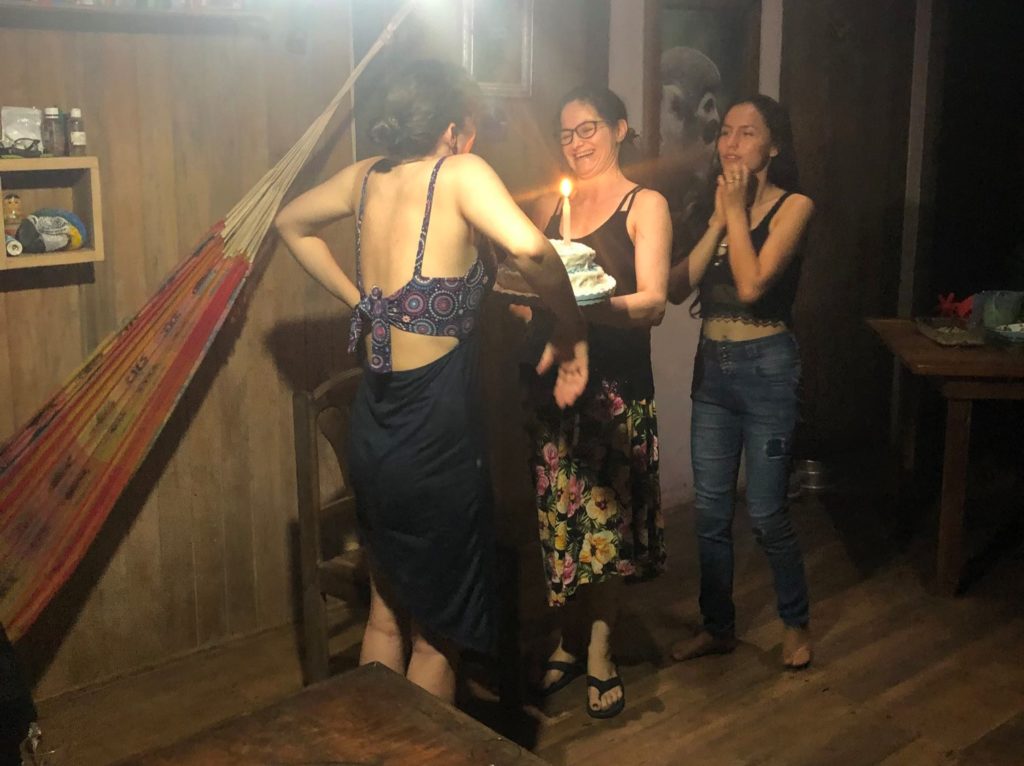
Kayla’s birthday is always a welcome chance to celebrate, and although self-imposed lockdown is still in force at Esperanza Verde everyone managed to have a great night. Corona may have its limitations, but a fantastic night was had by all, with great company, great food and great (sometimes) dancing.

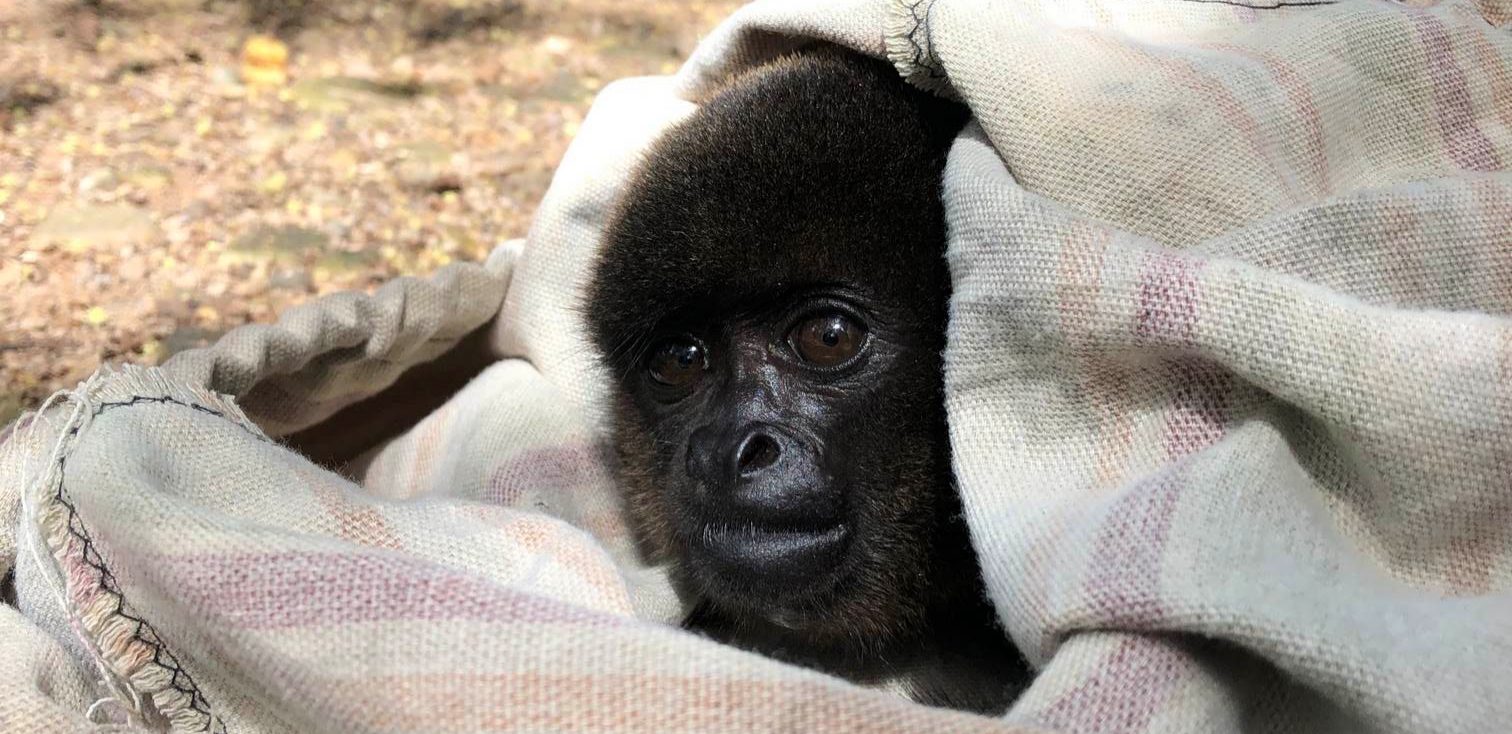
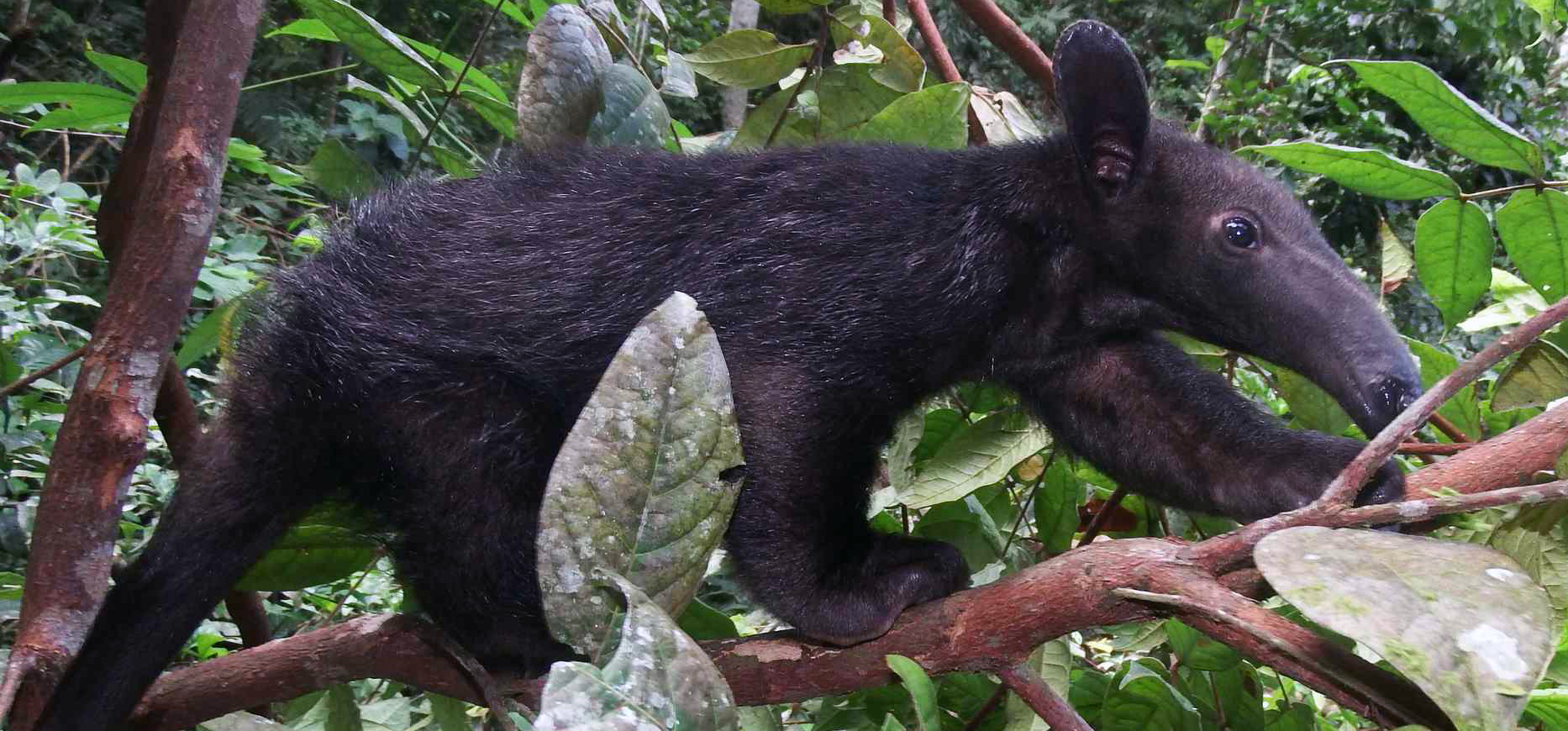
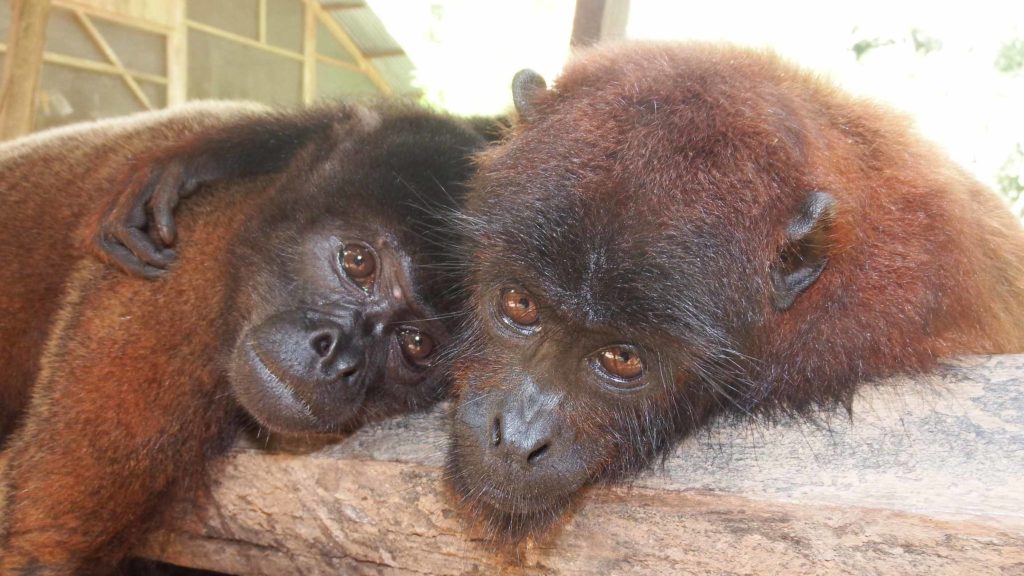
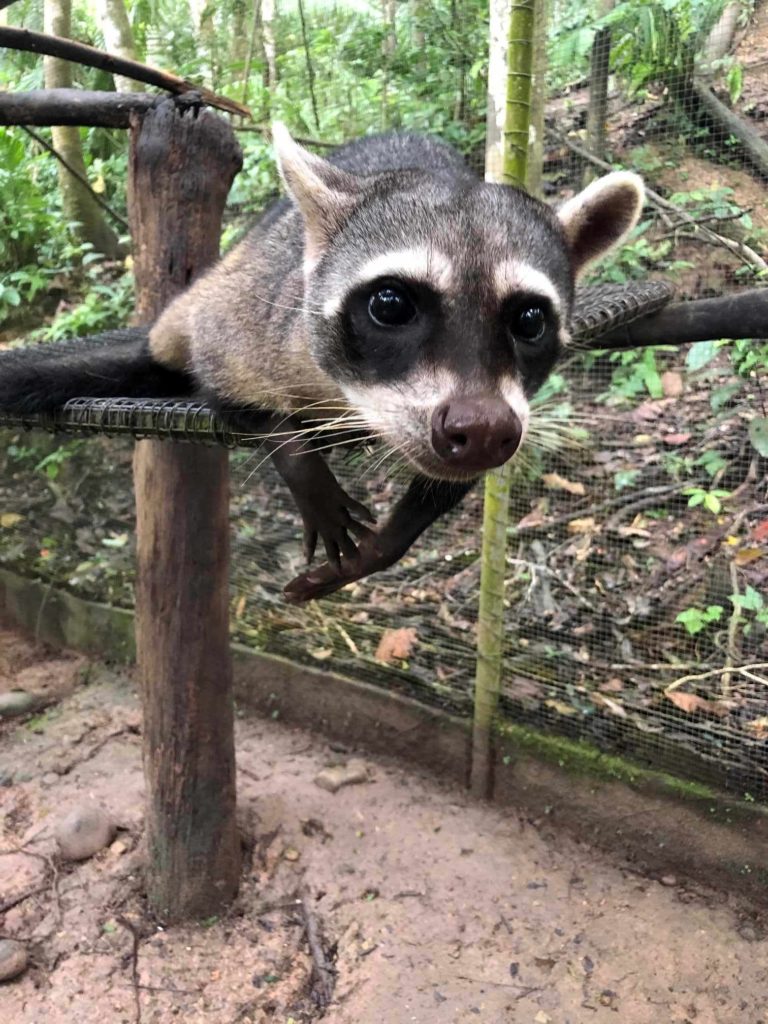
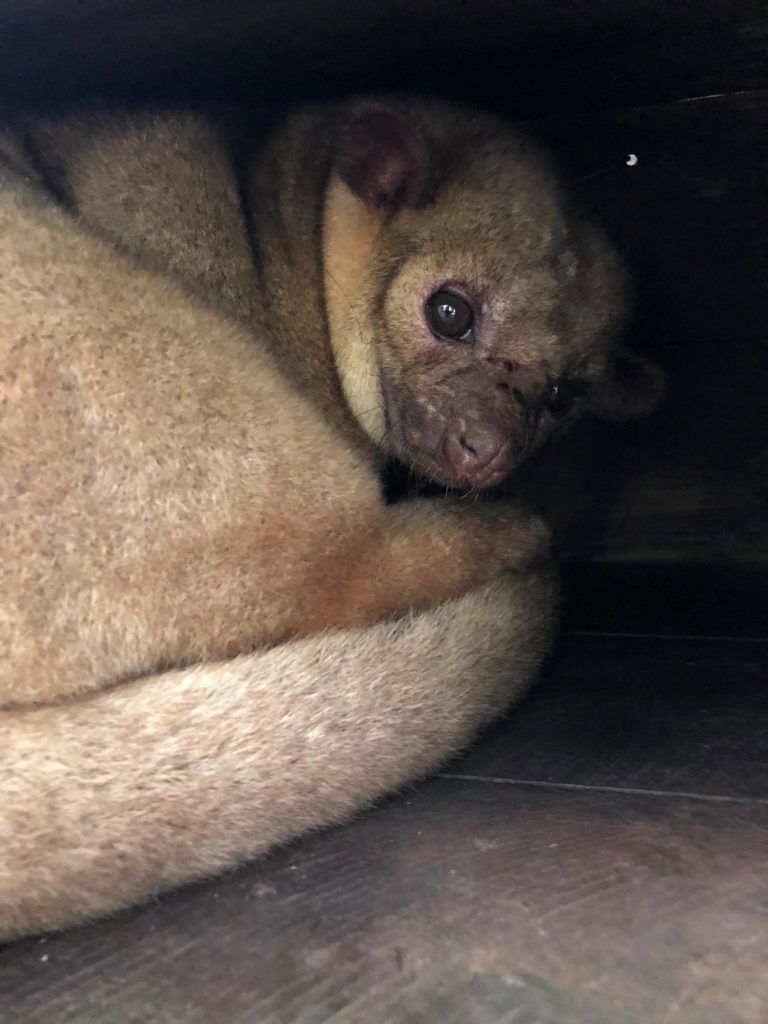
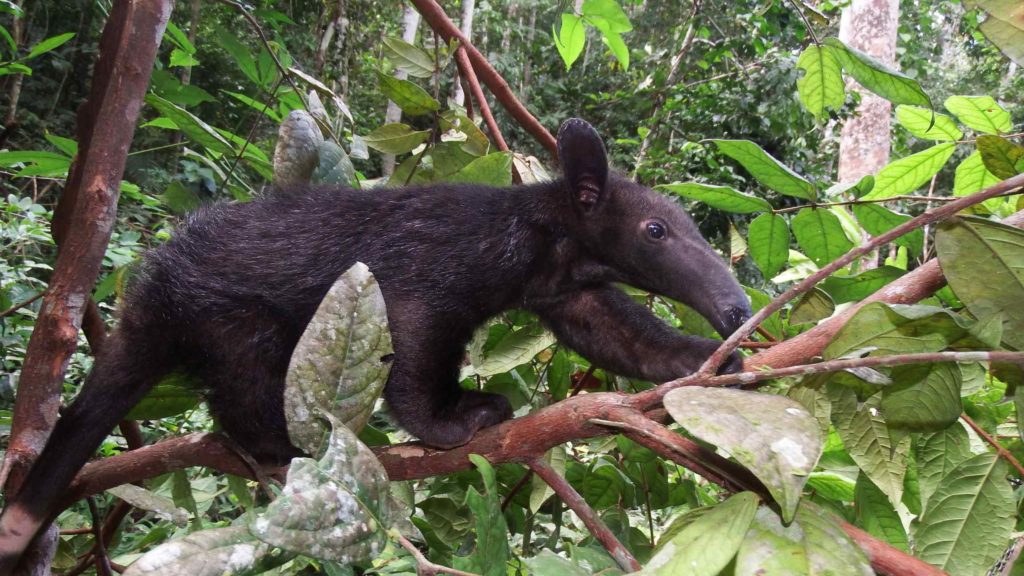
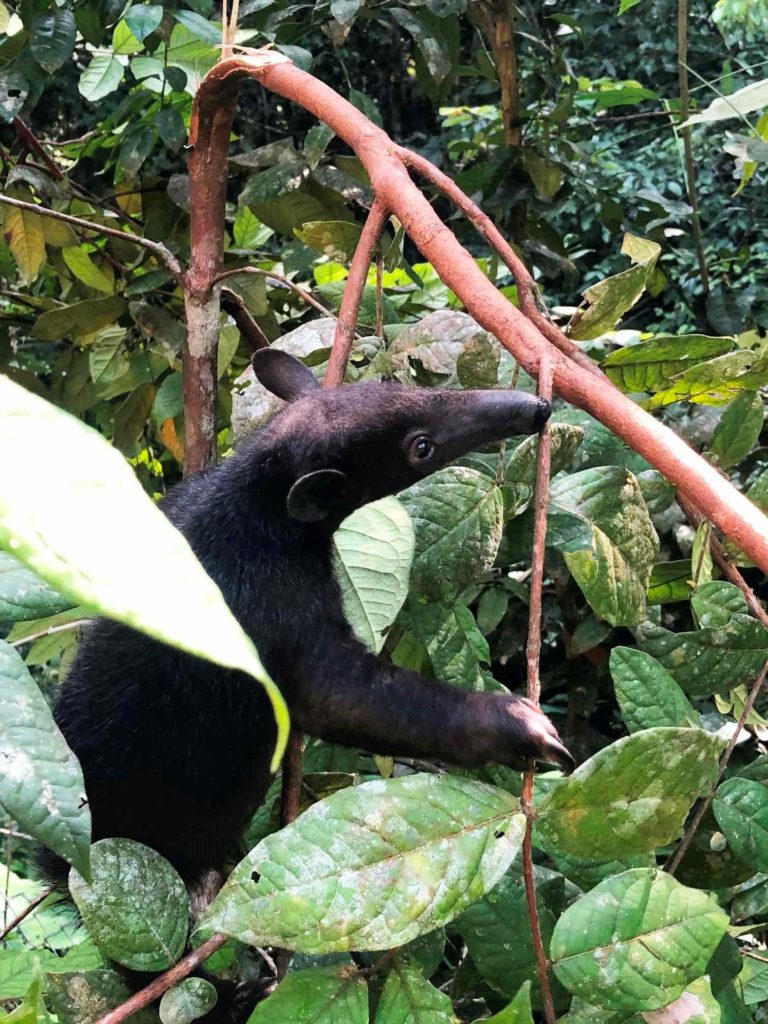
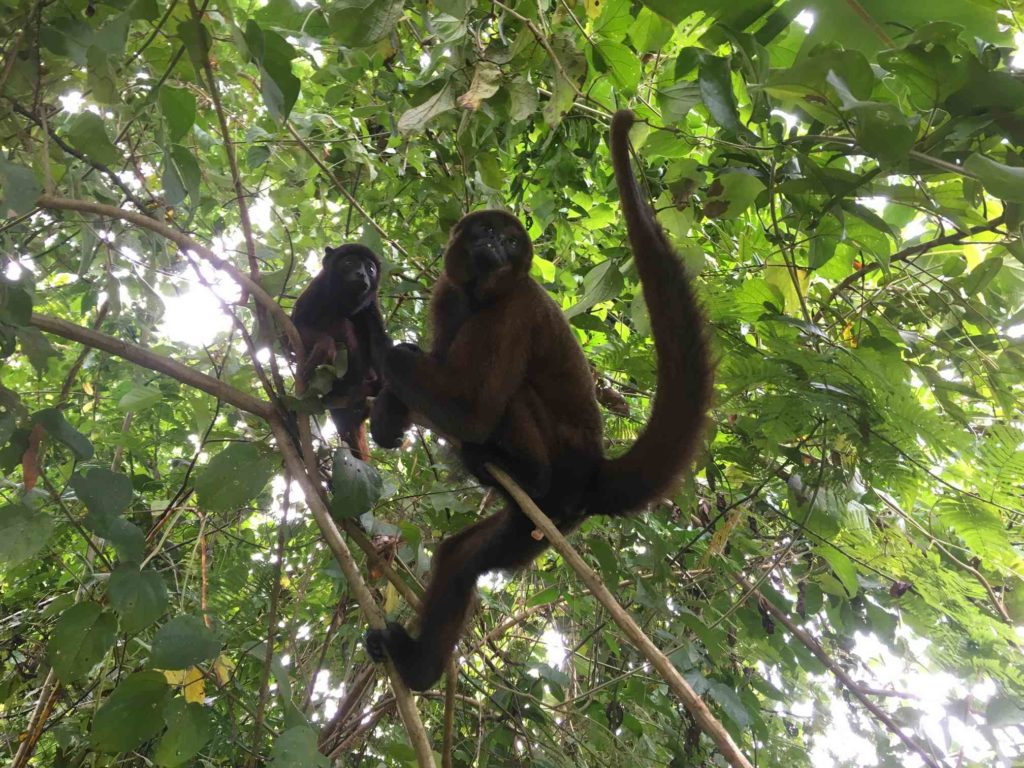
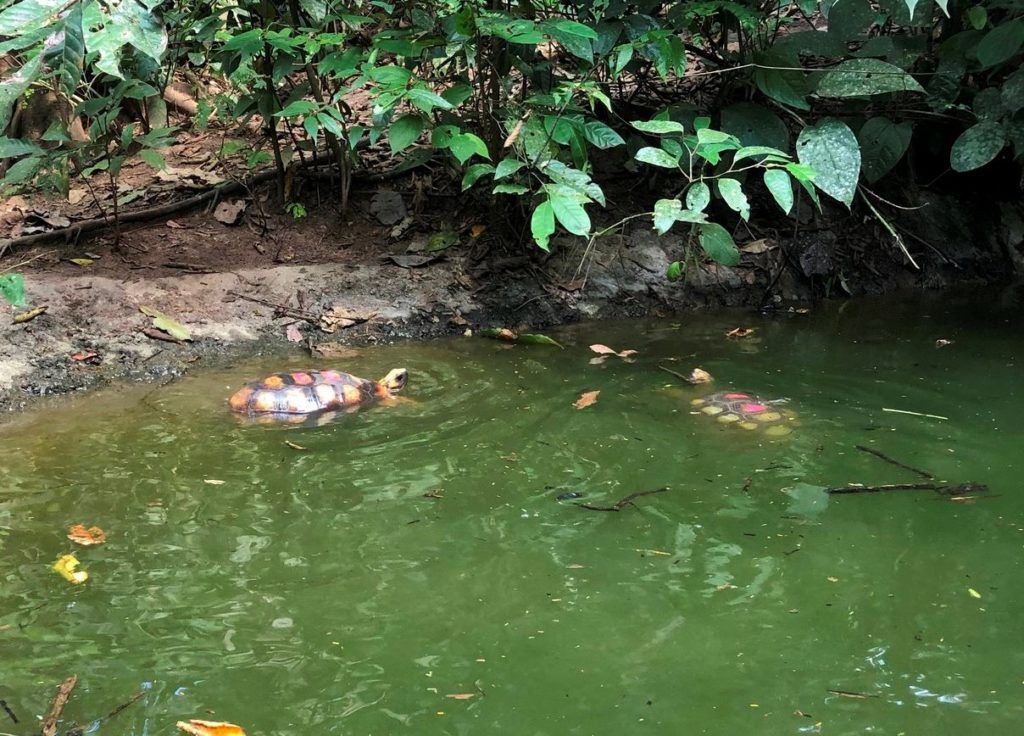
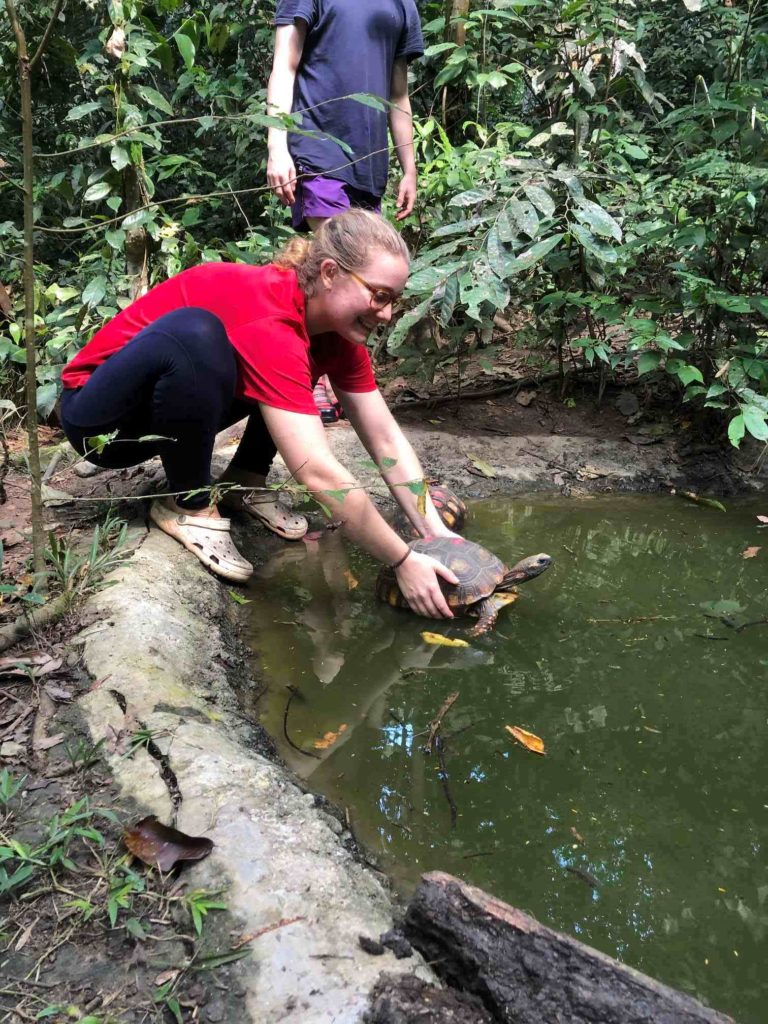
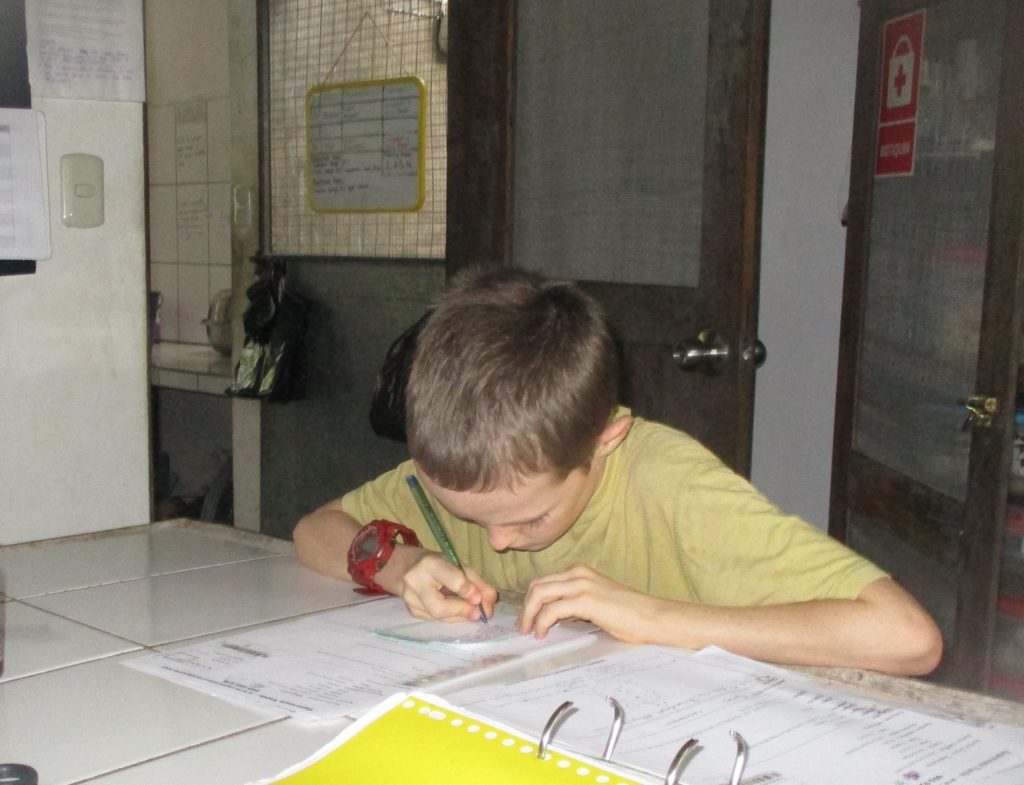
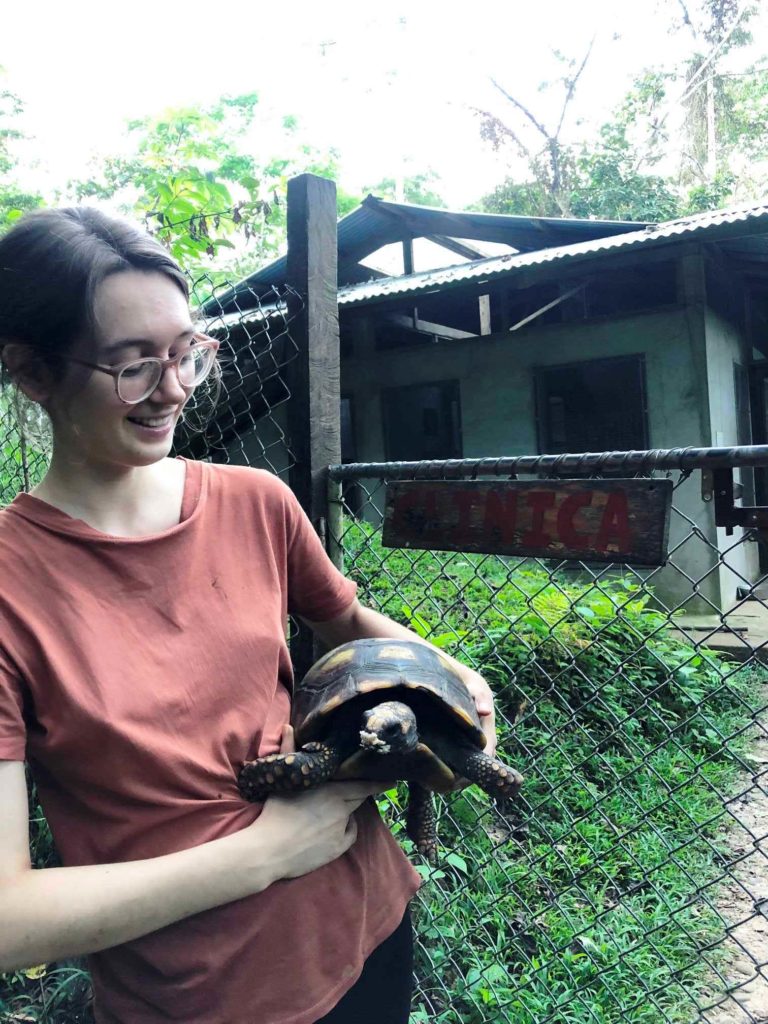
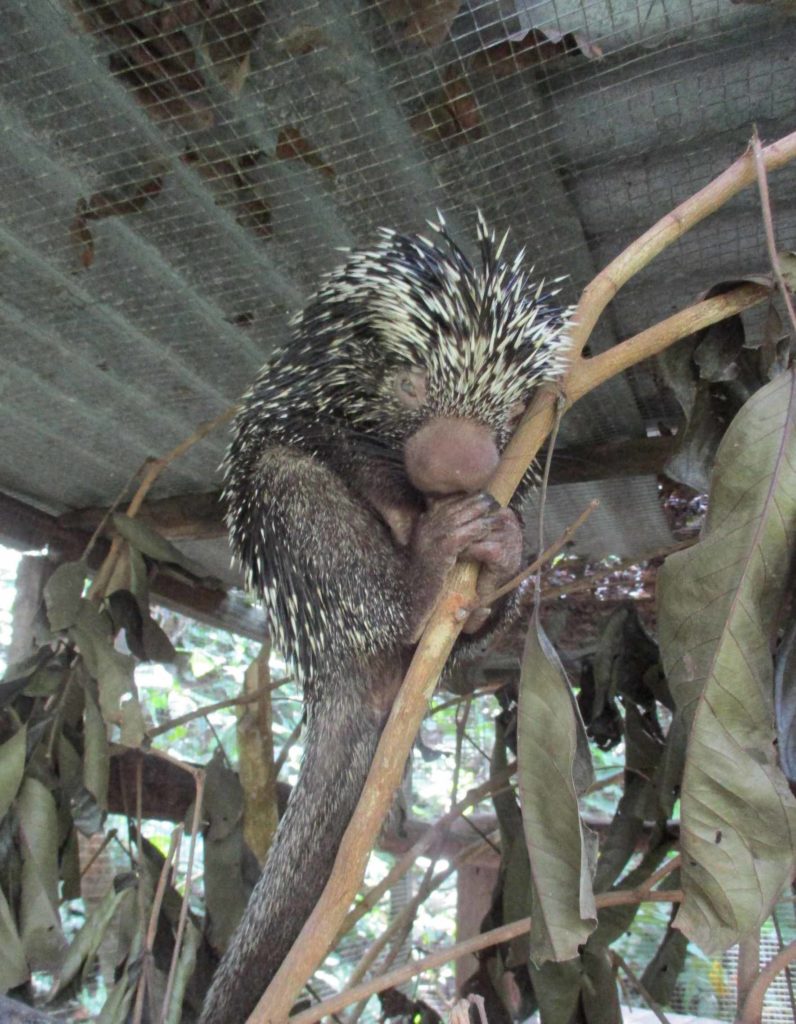
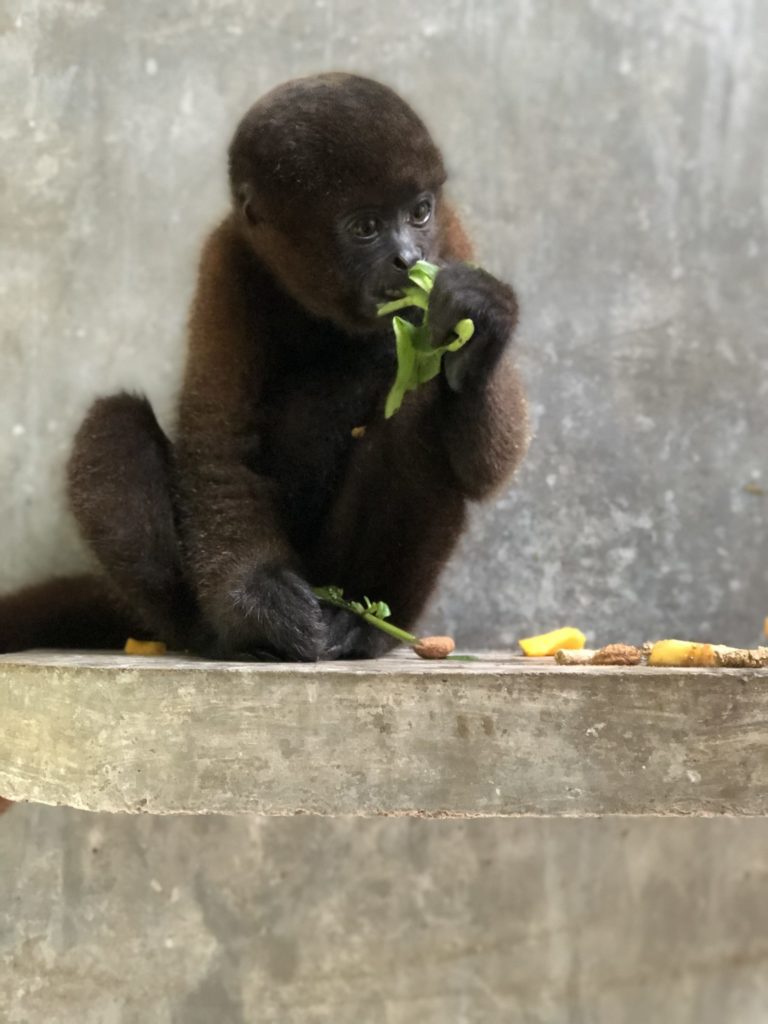
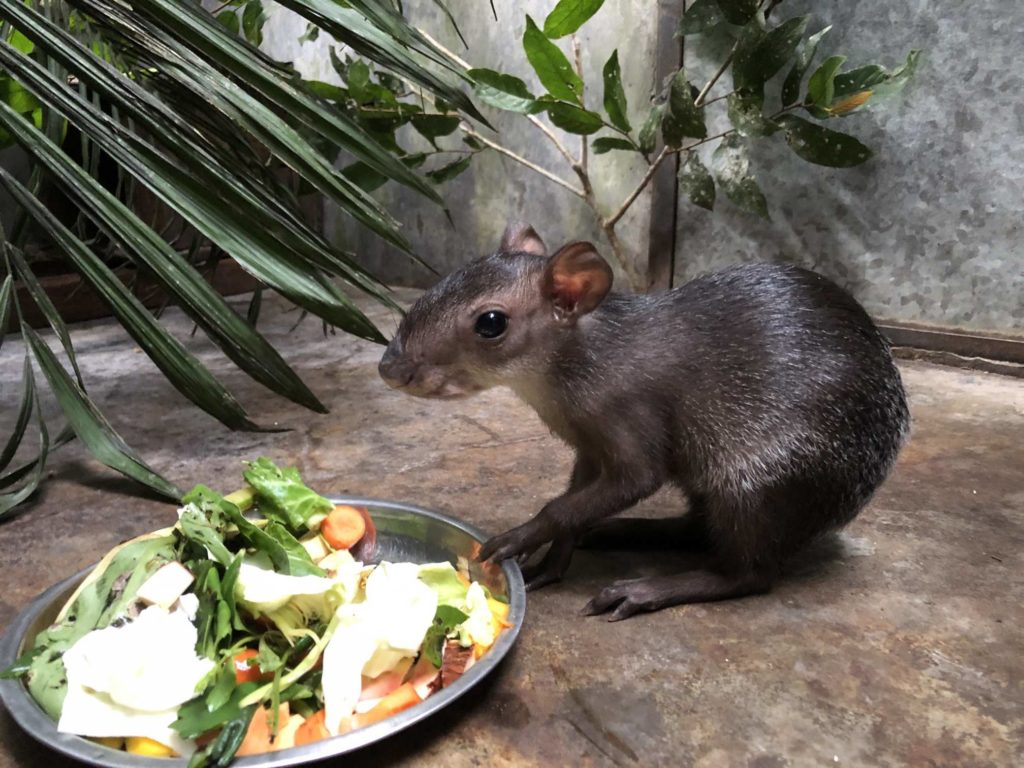
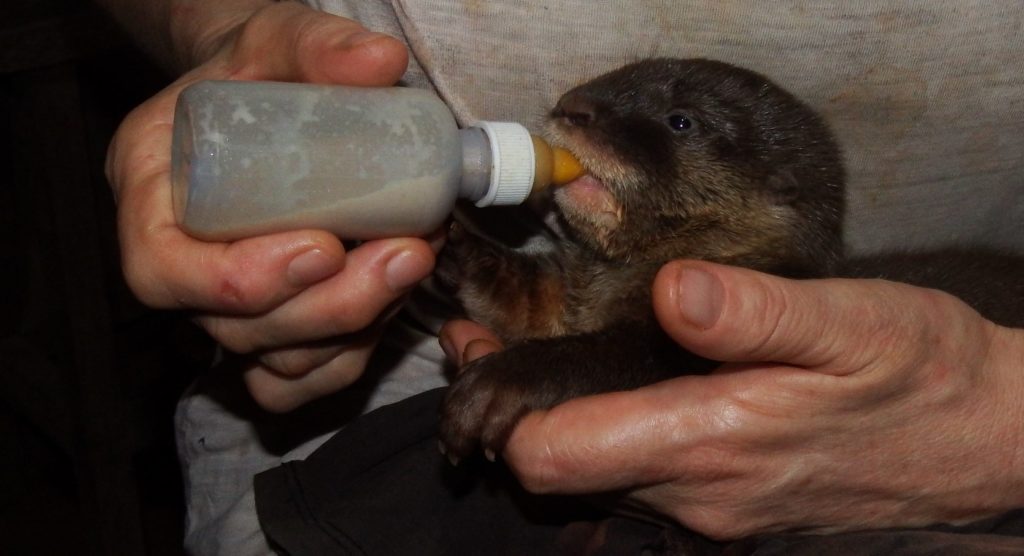
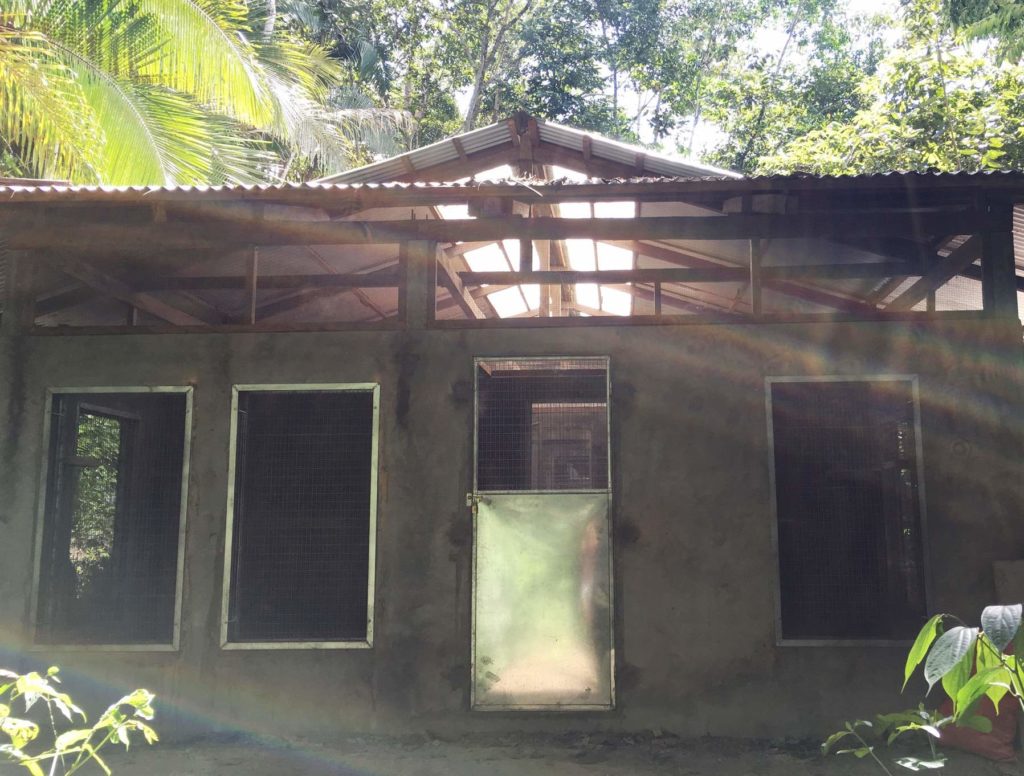
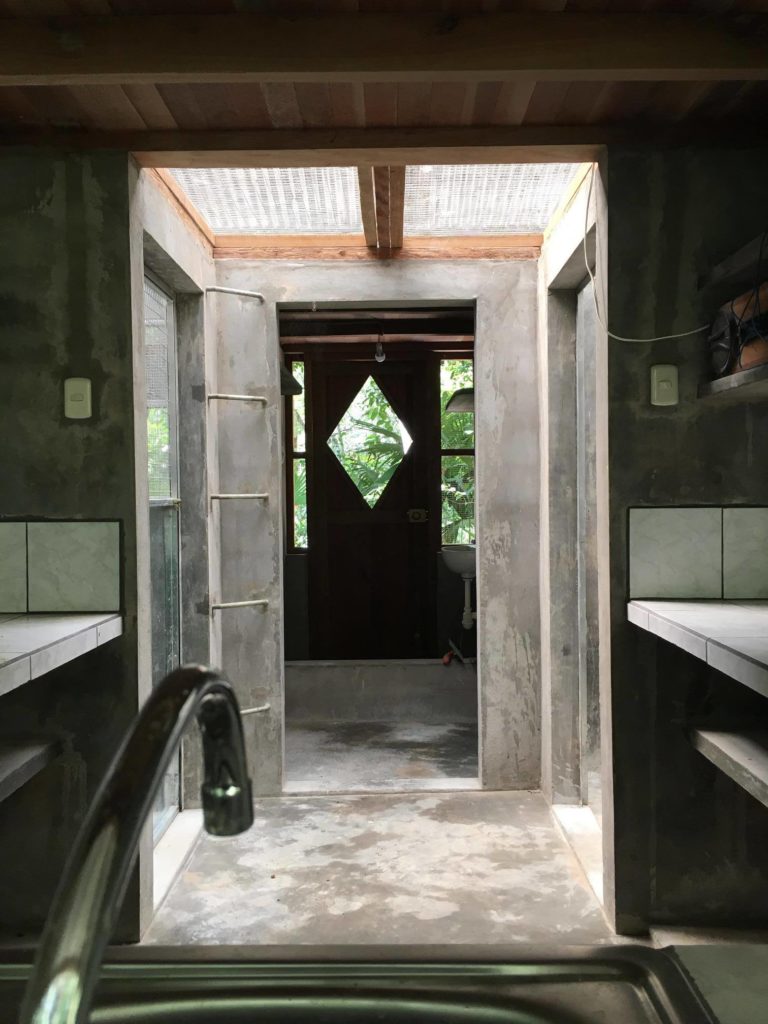
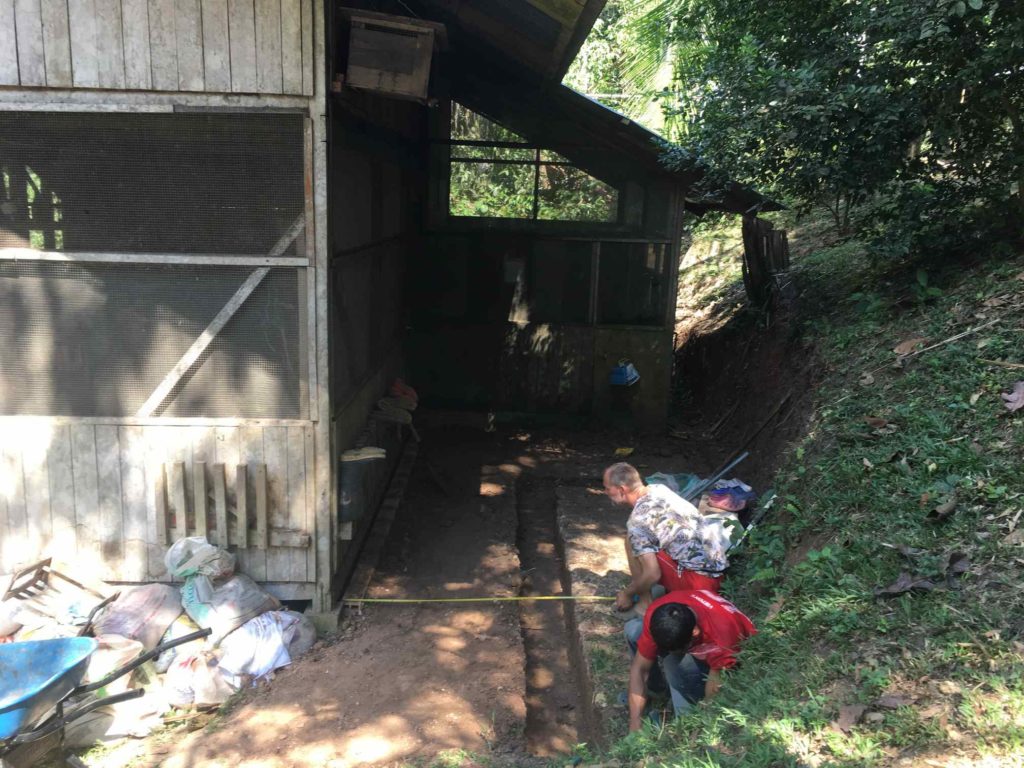
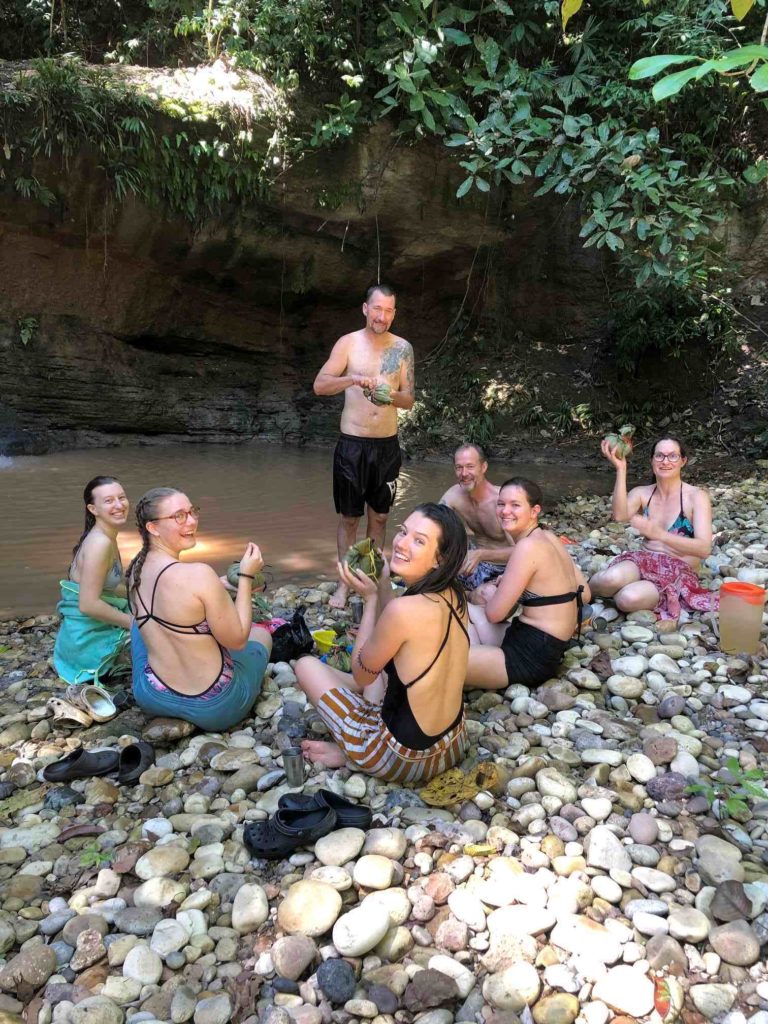

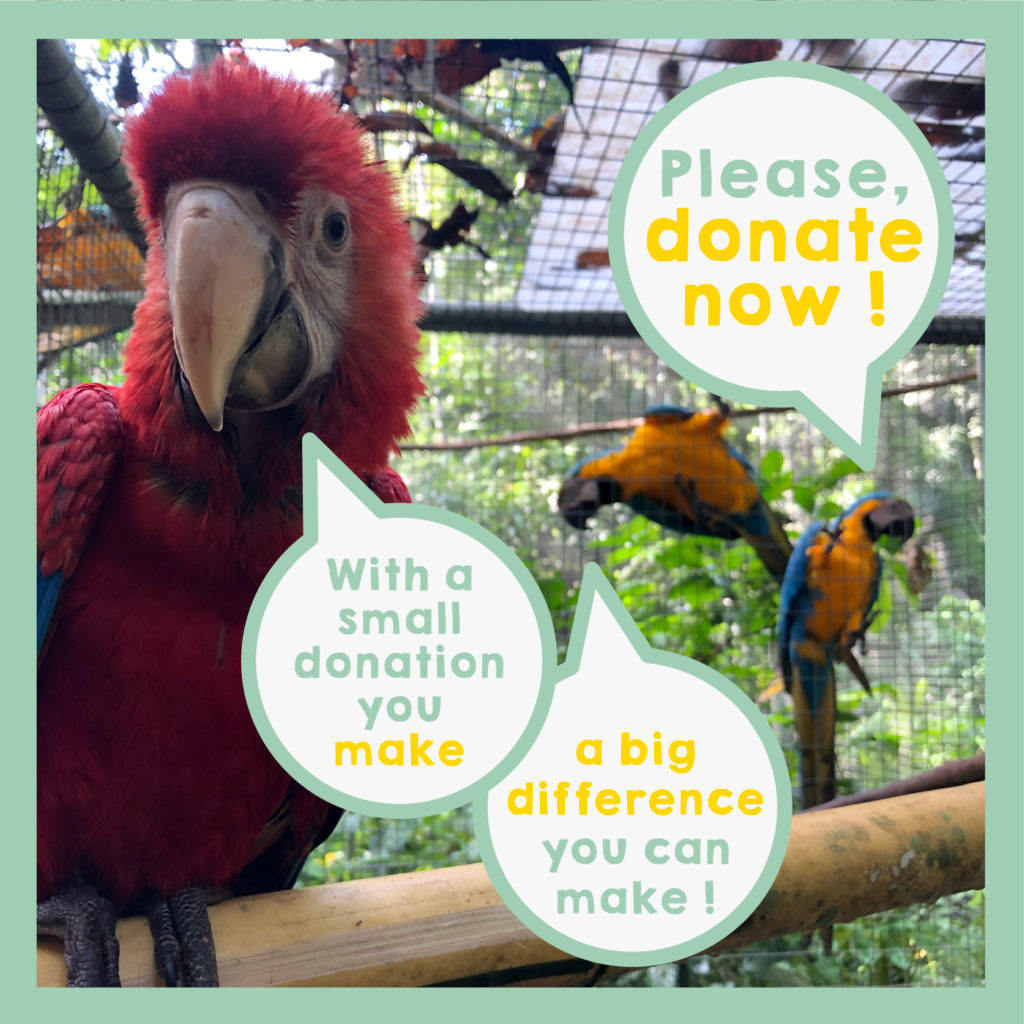
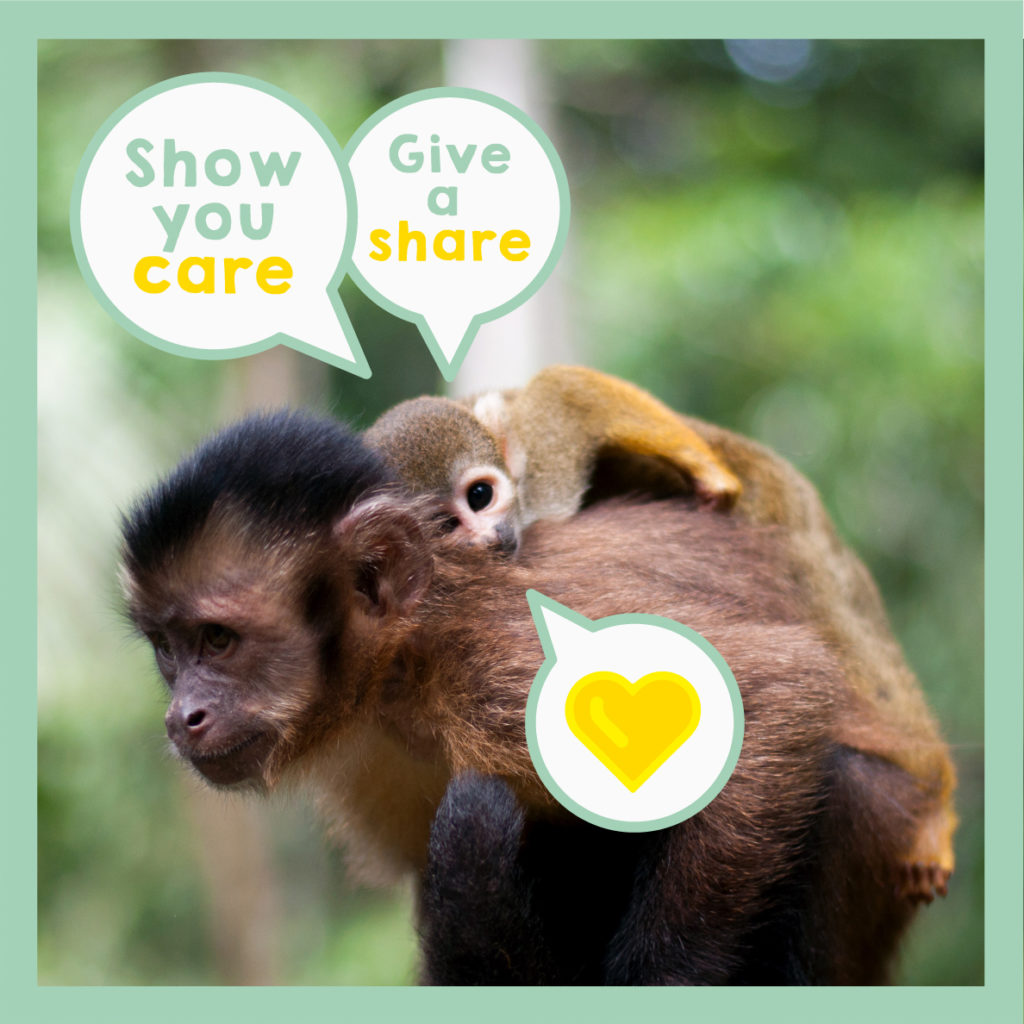

 Monkeys
Monkeys 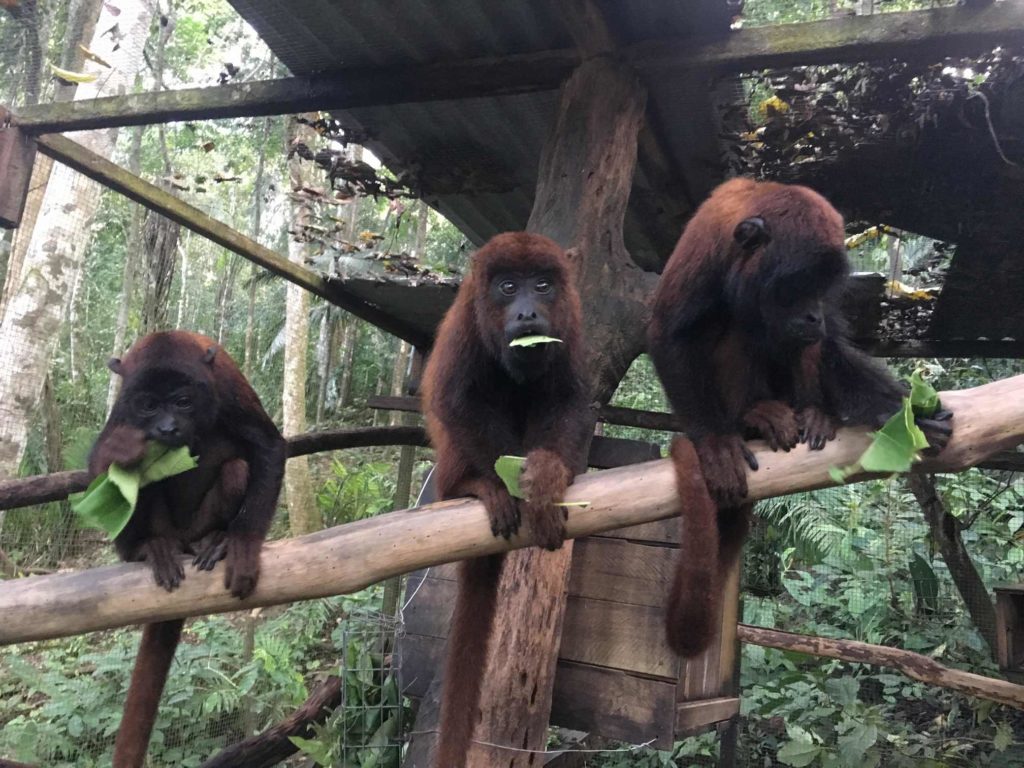
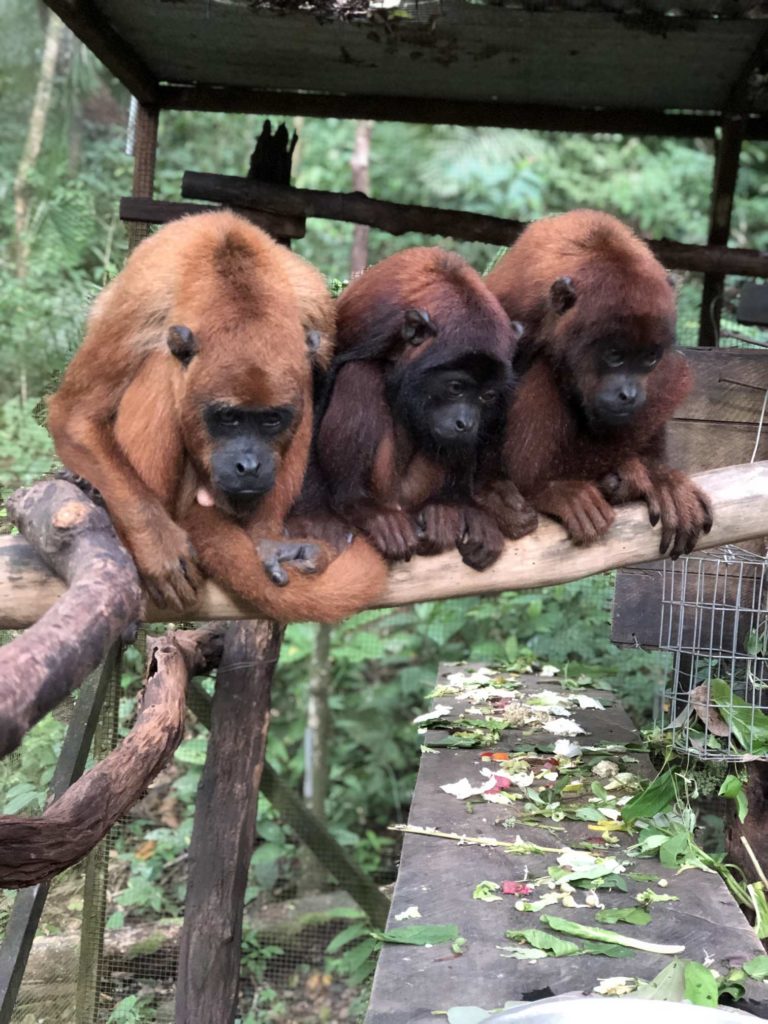
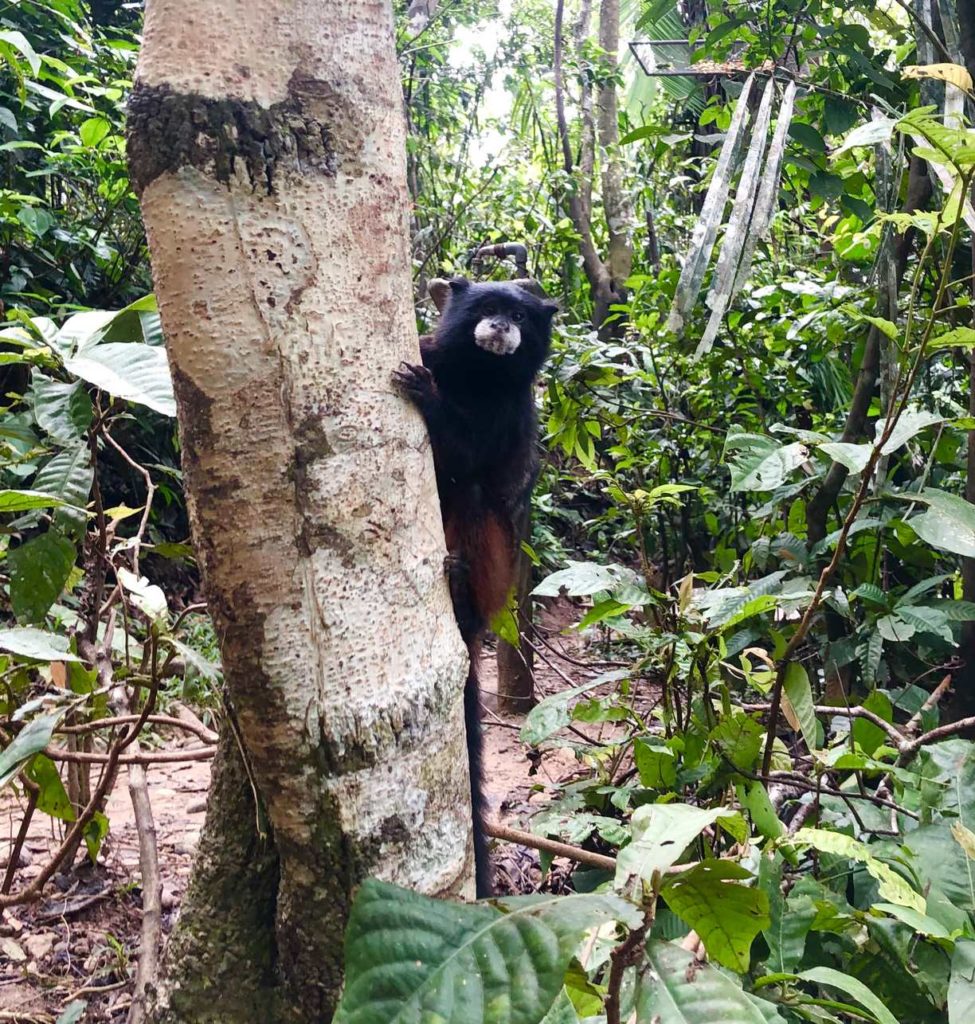
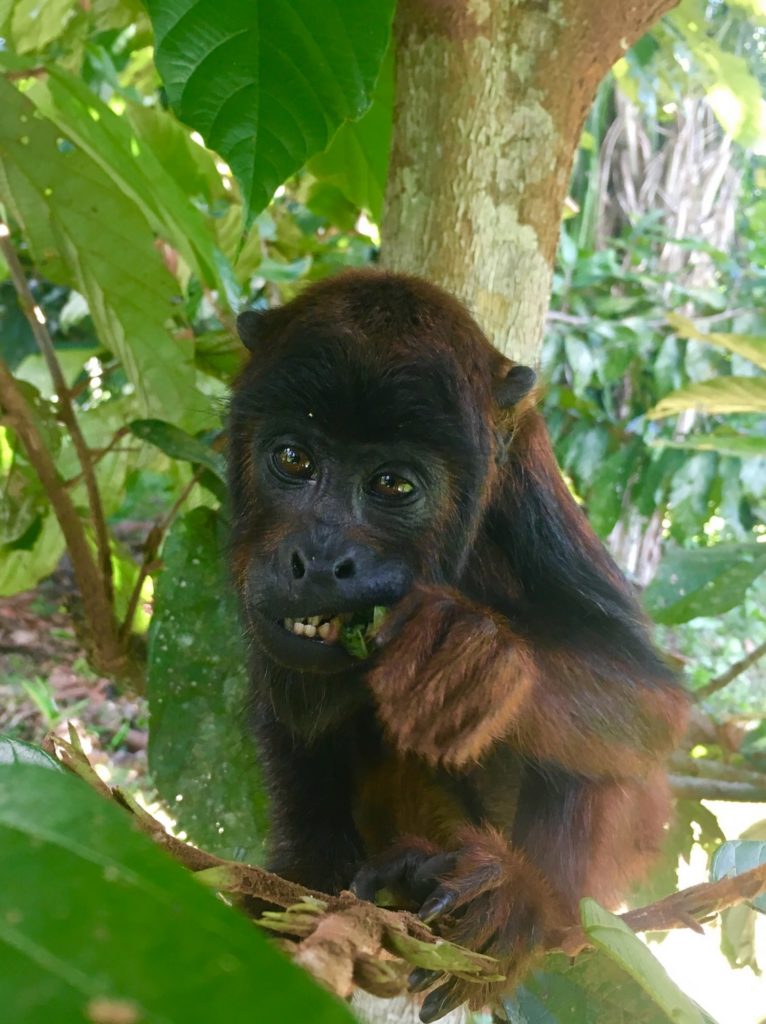
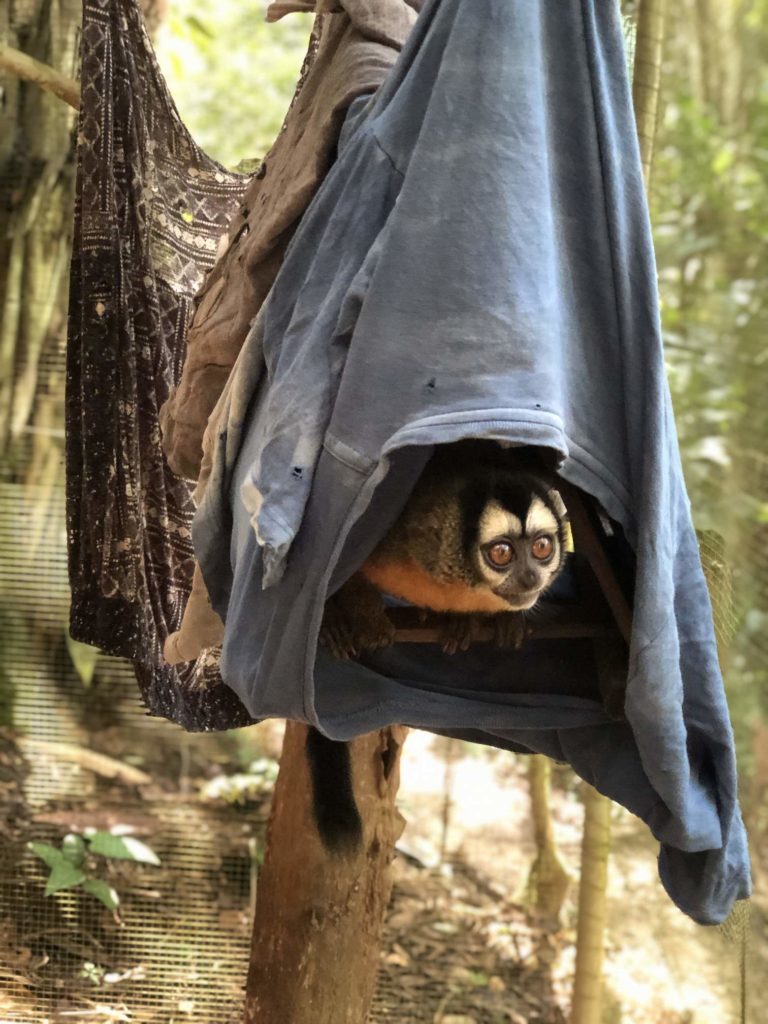
 Other Animals
Other Animals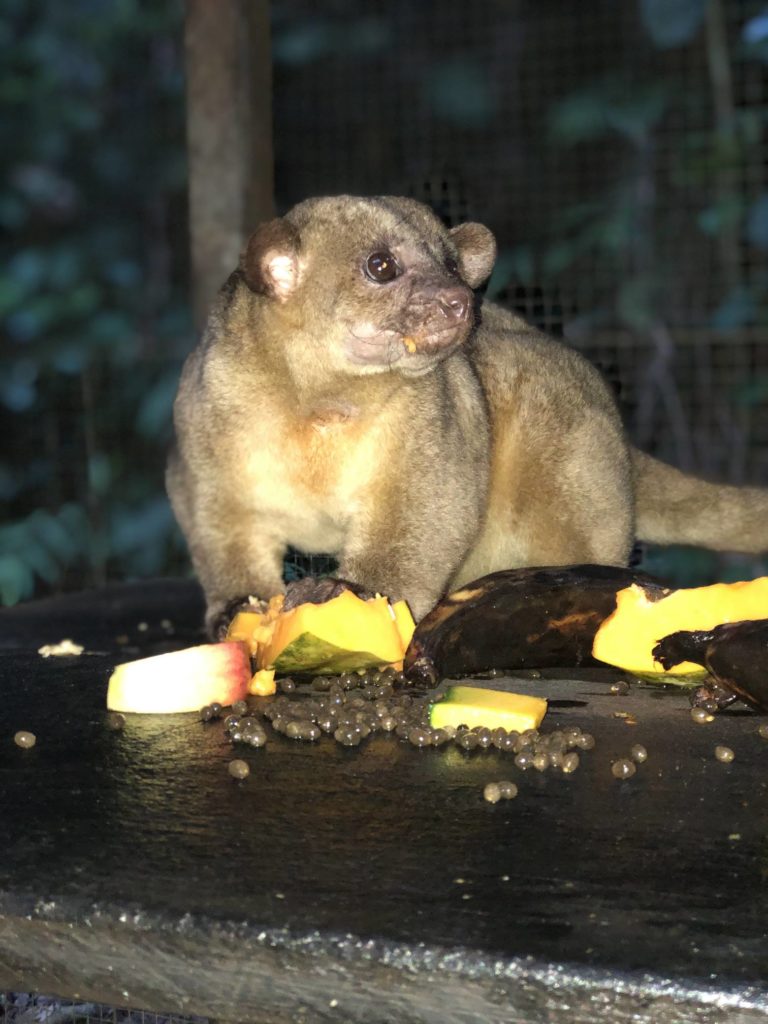
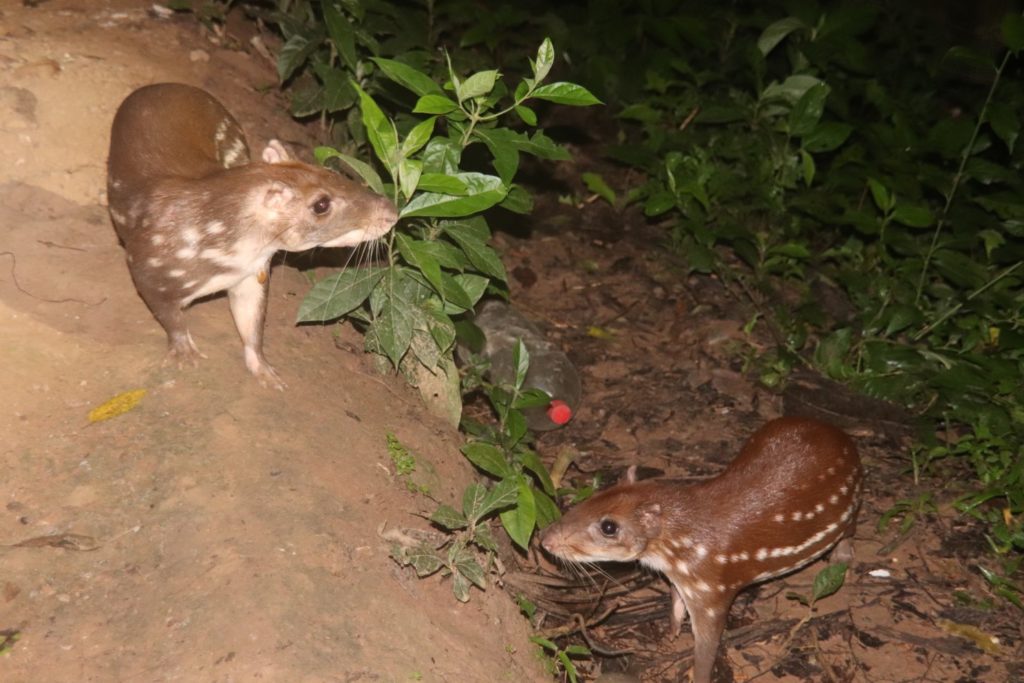
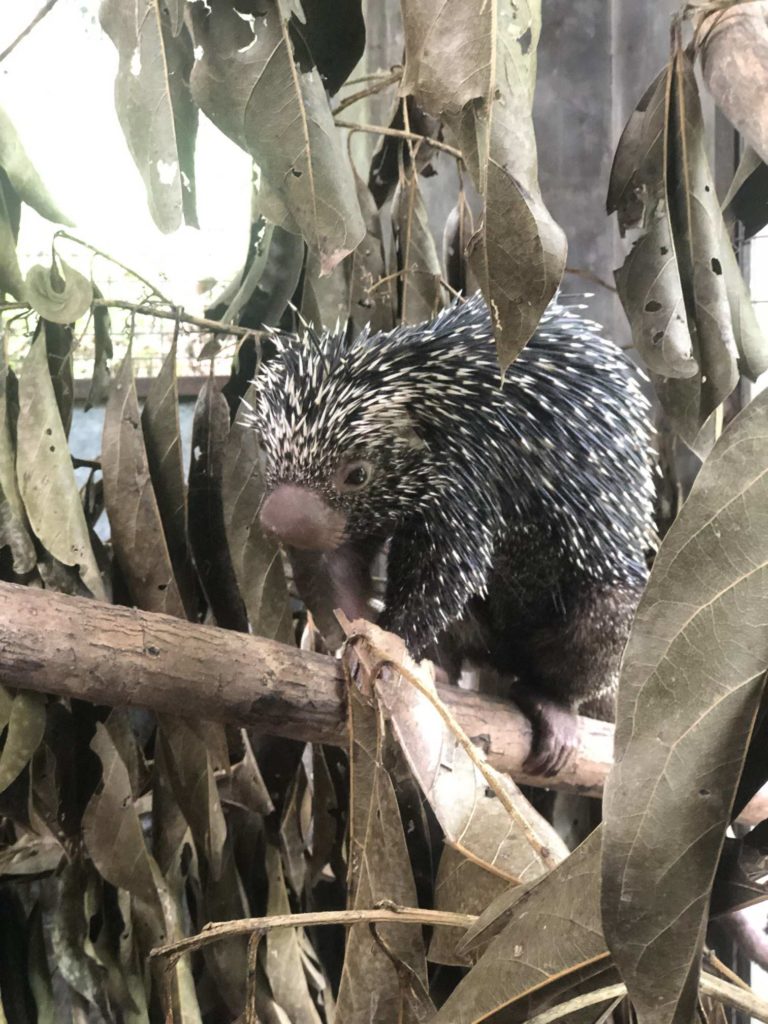
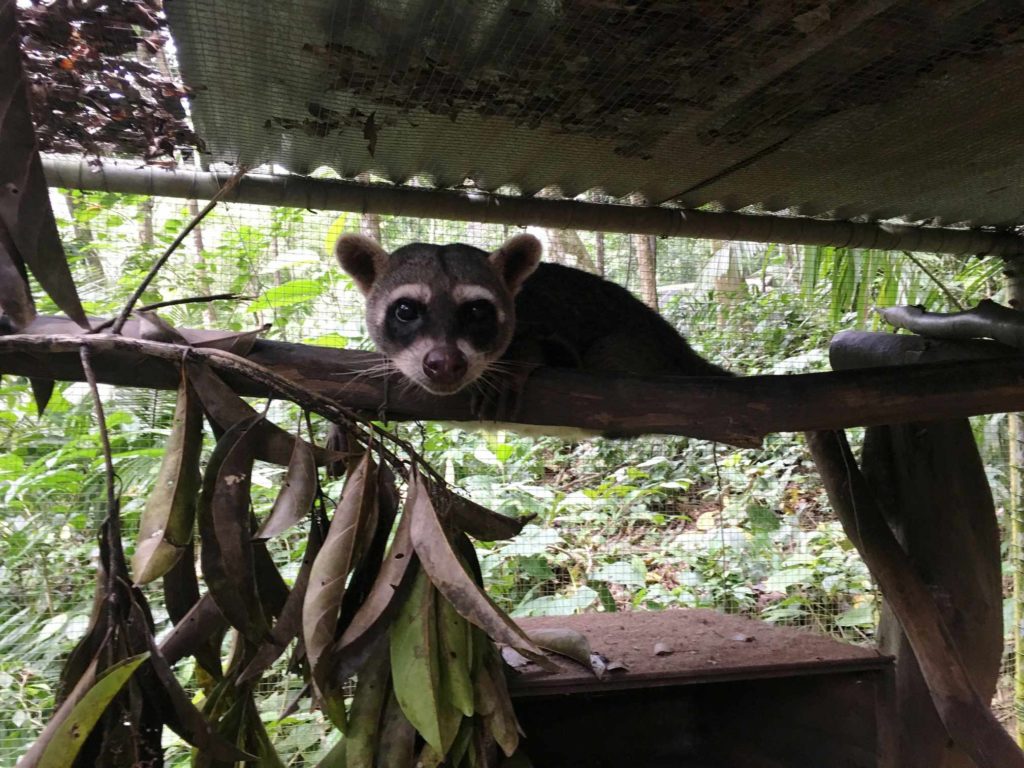
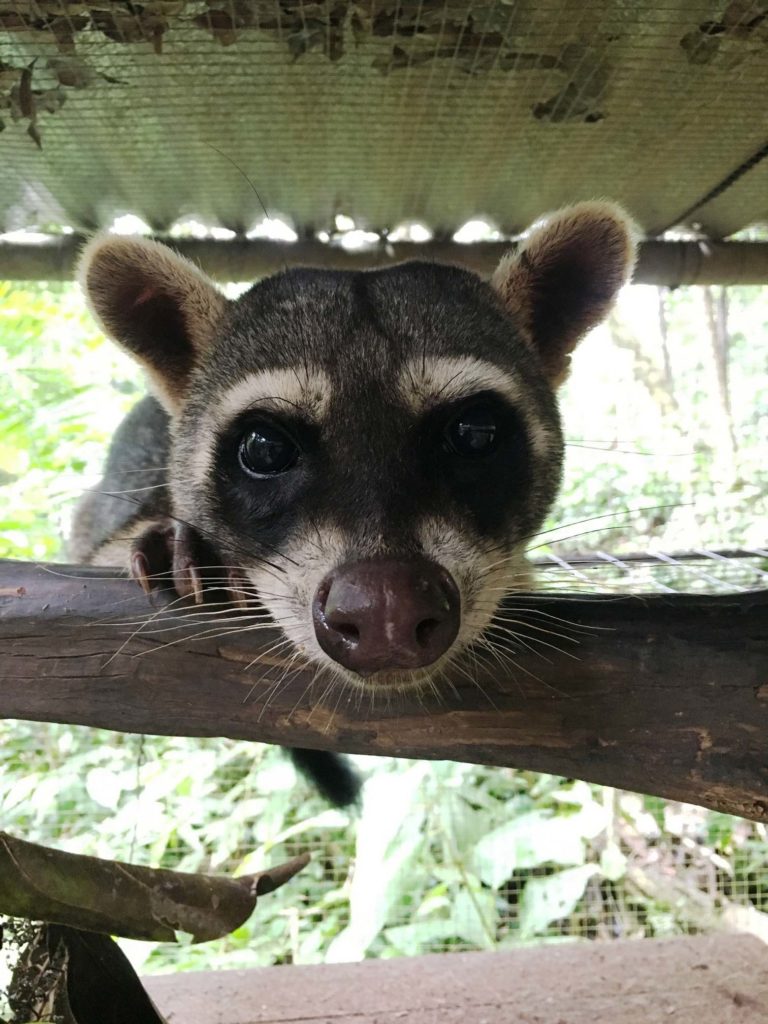
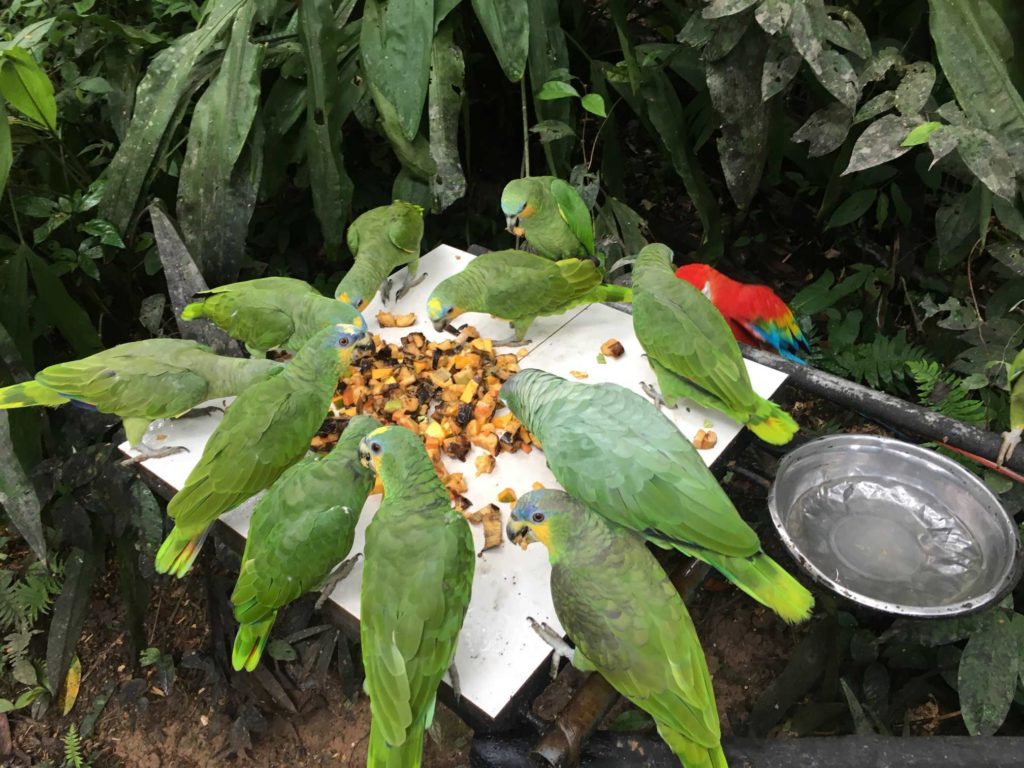
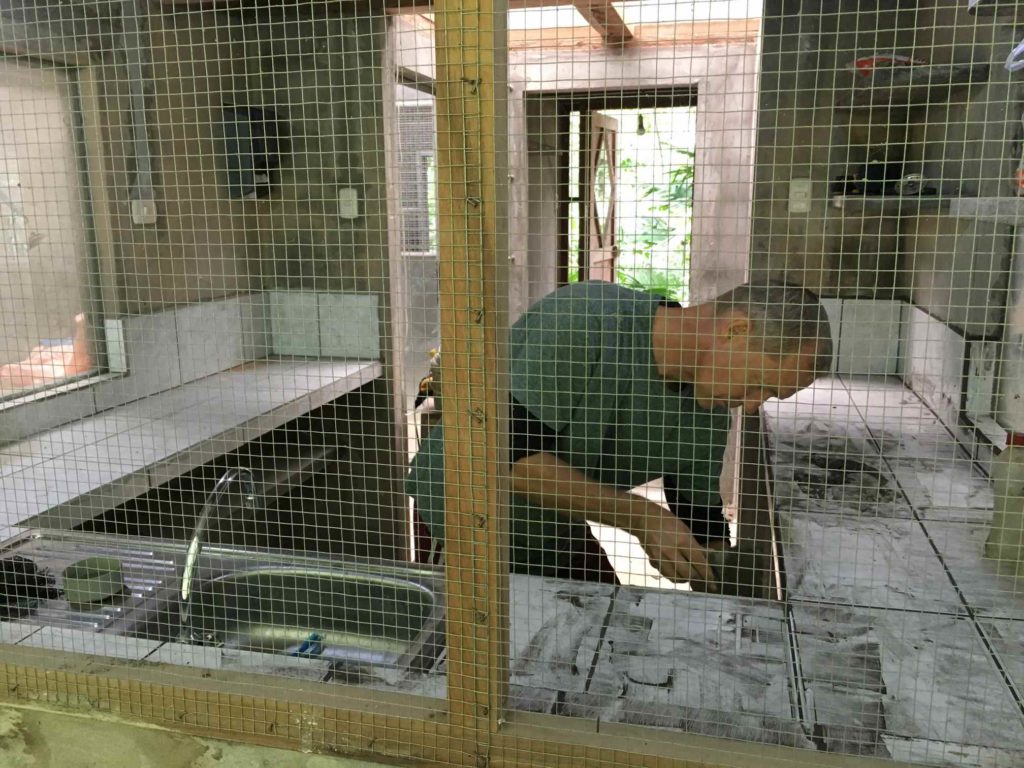

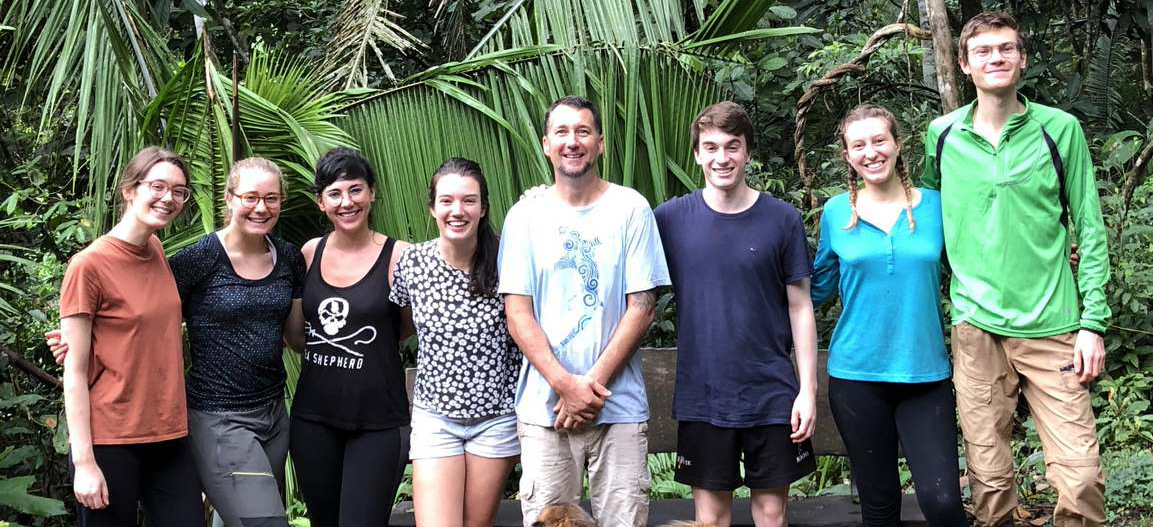
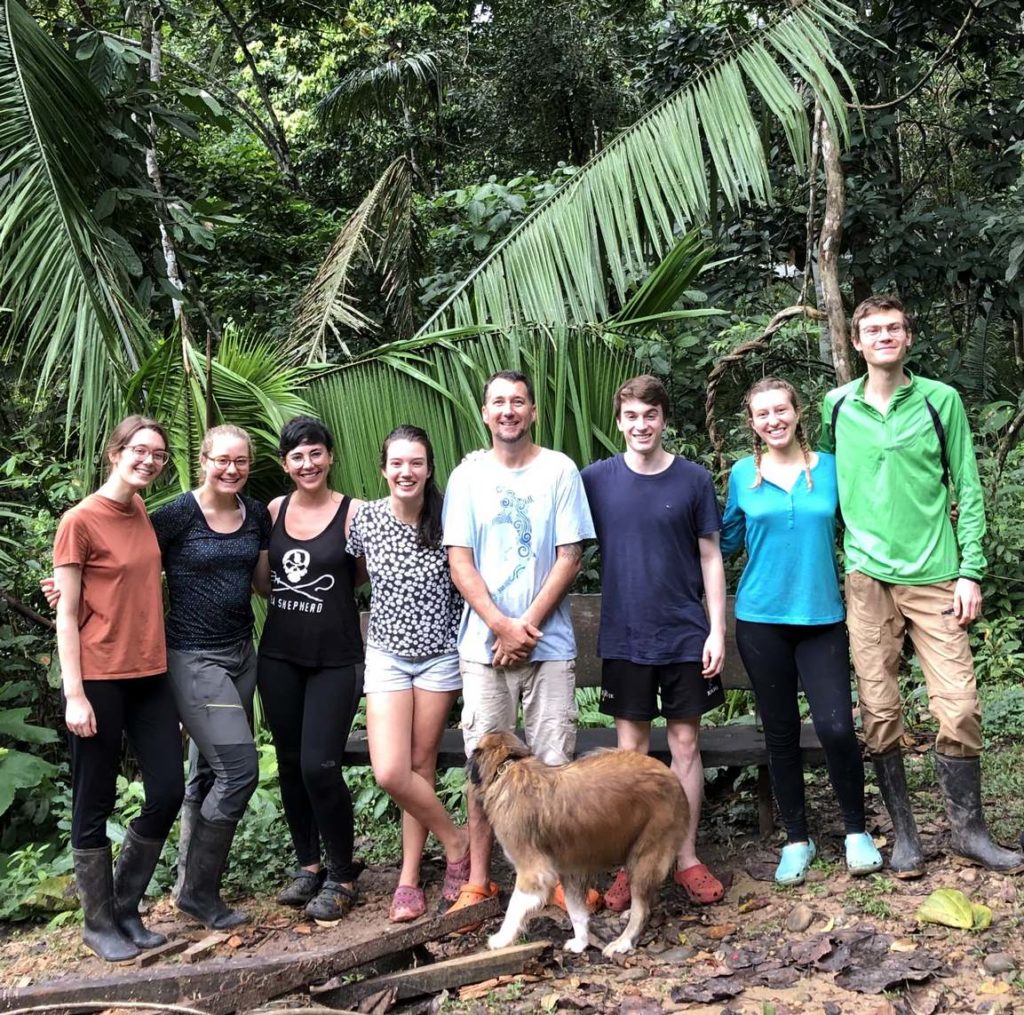
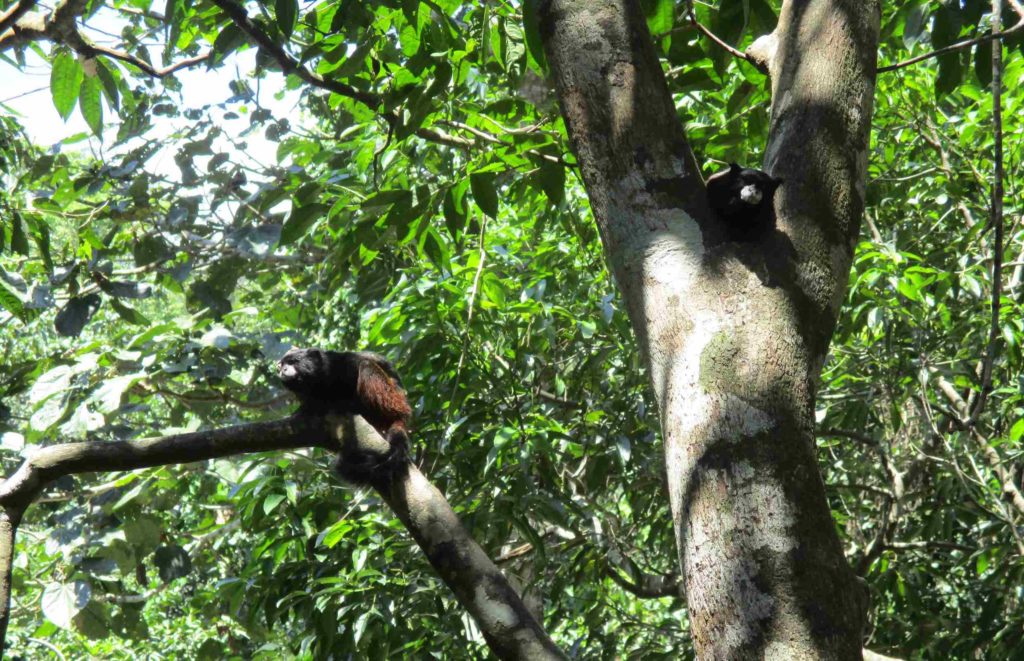
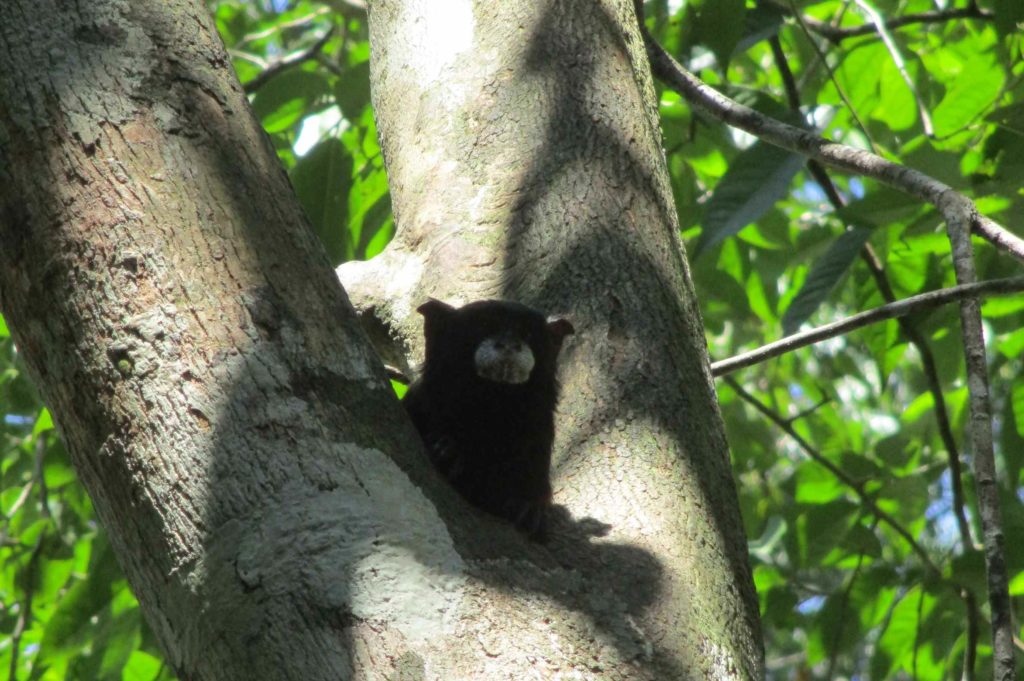
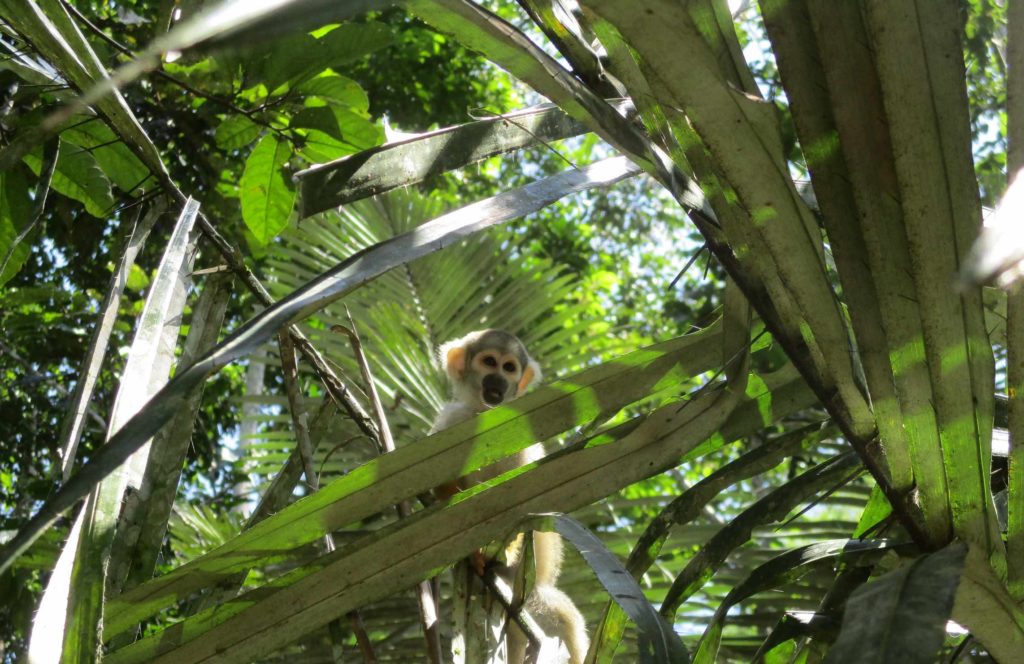
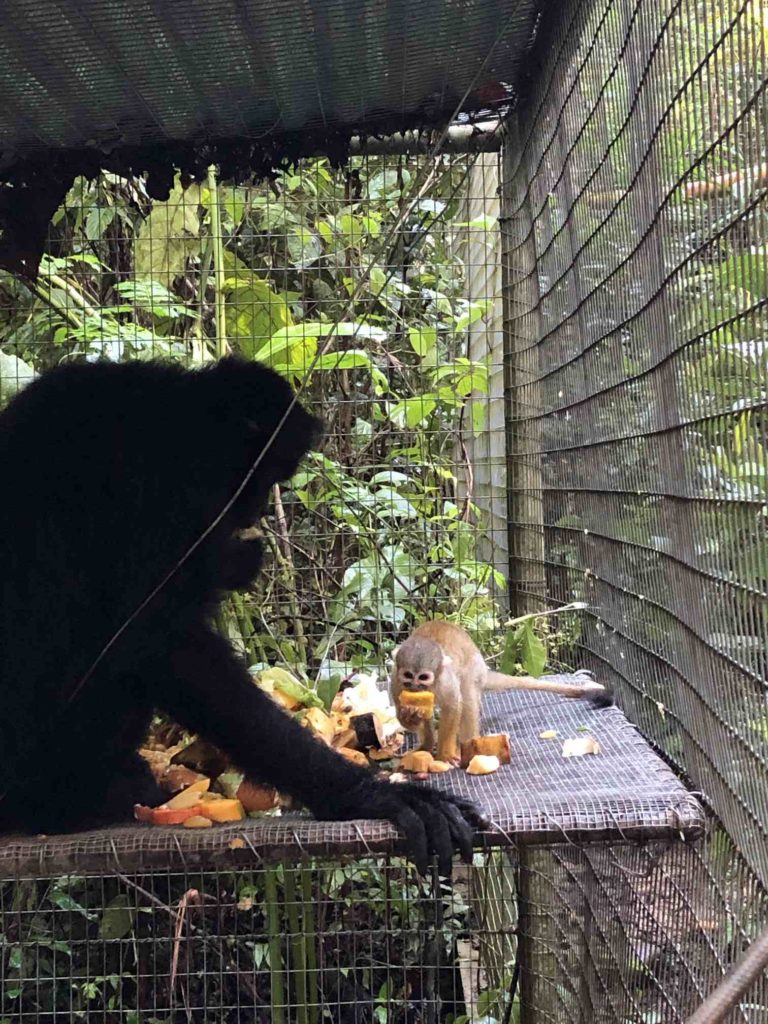
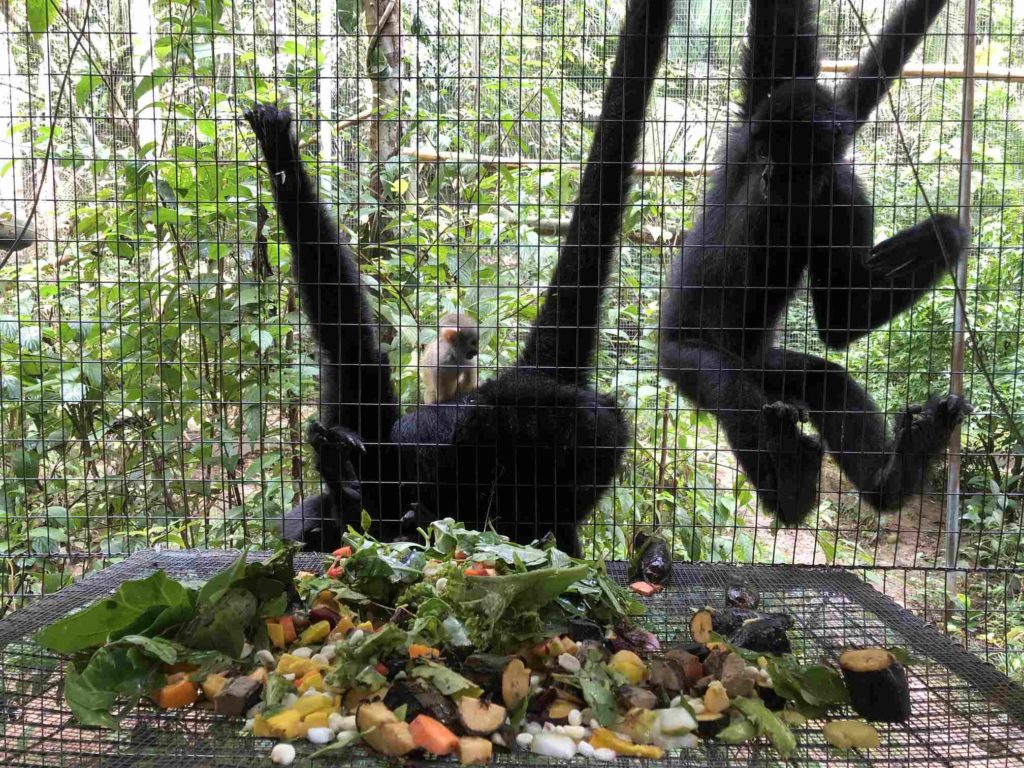
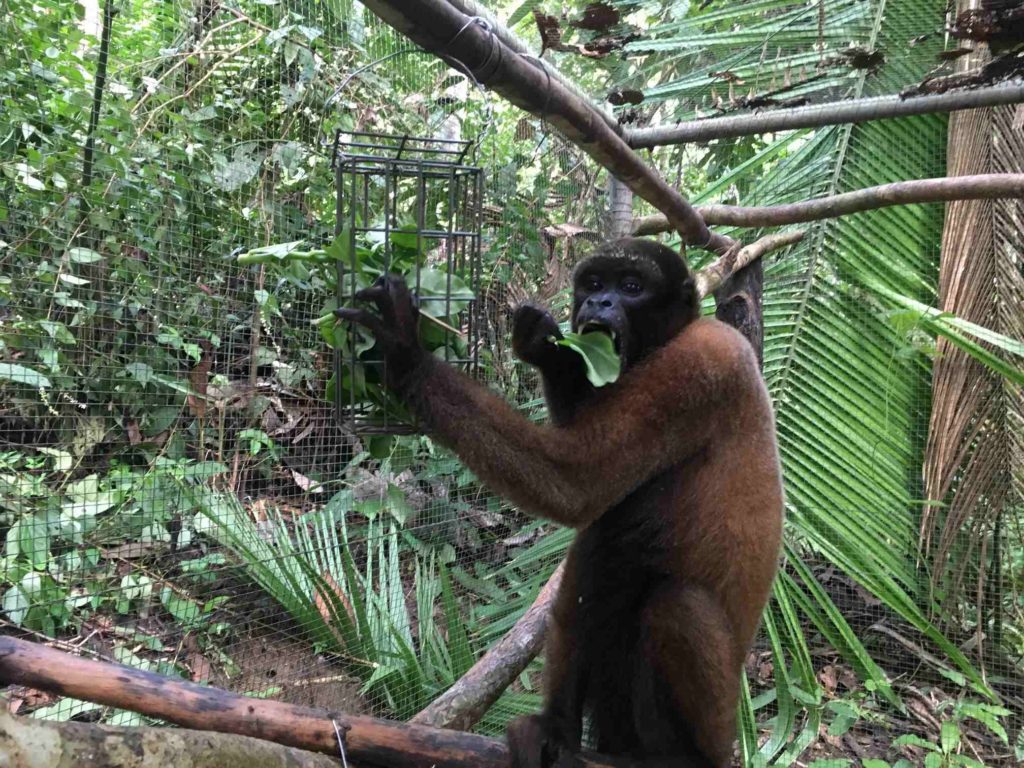
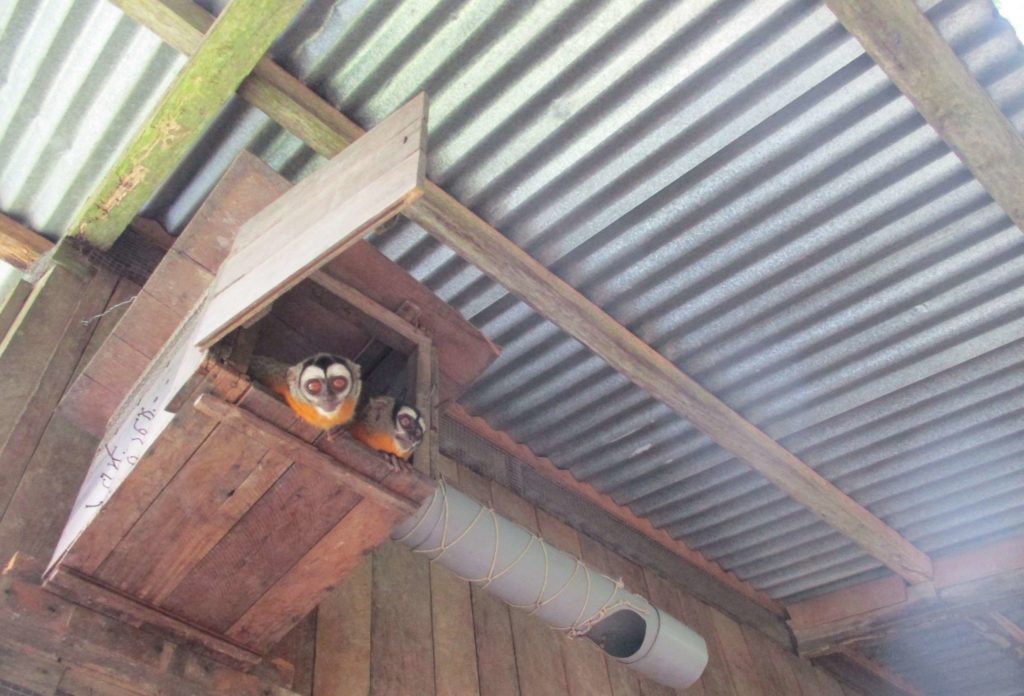
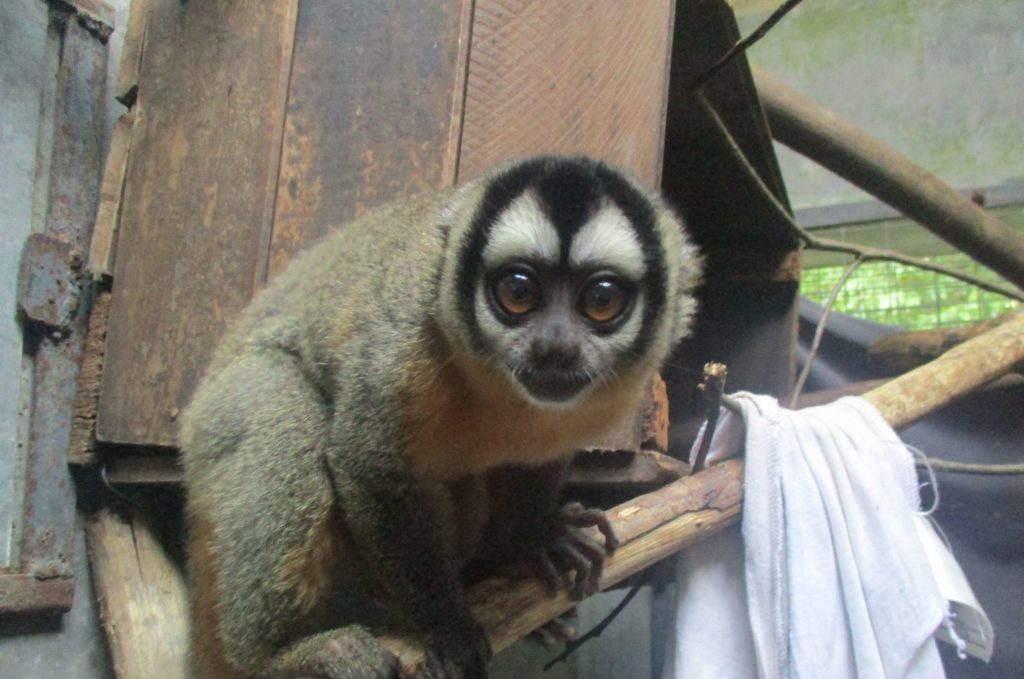
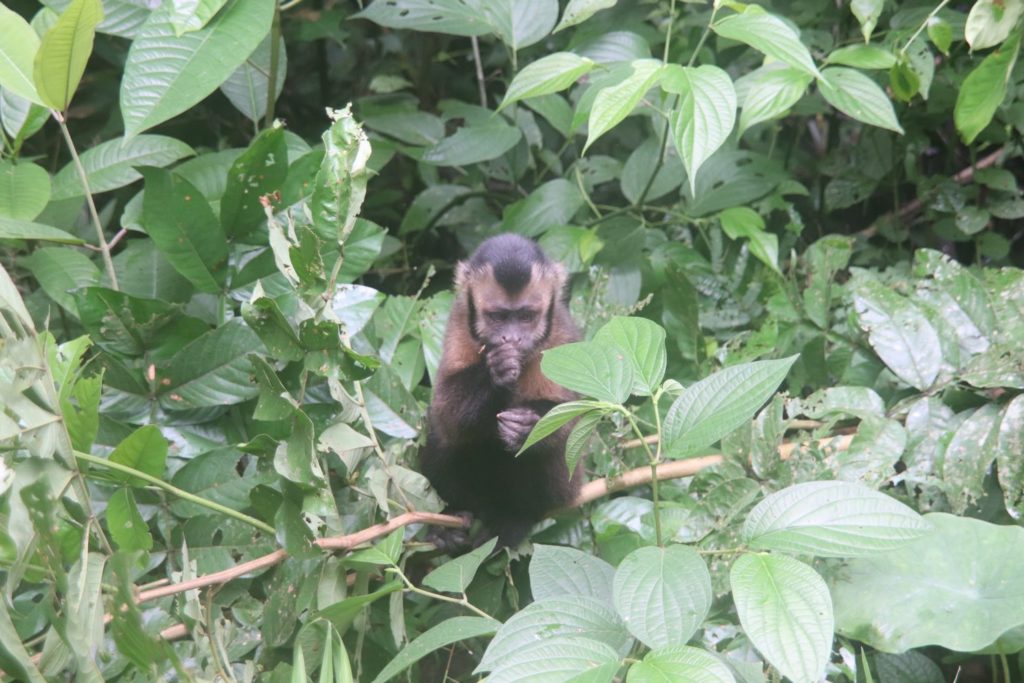
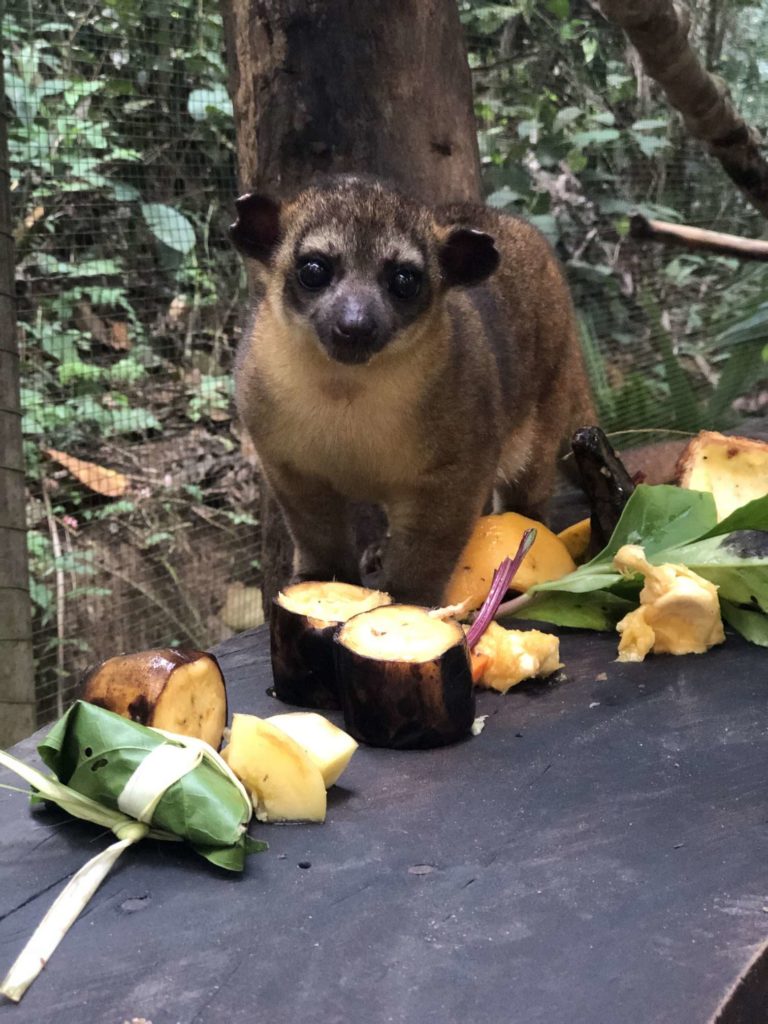
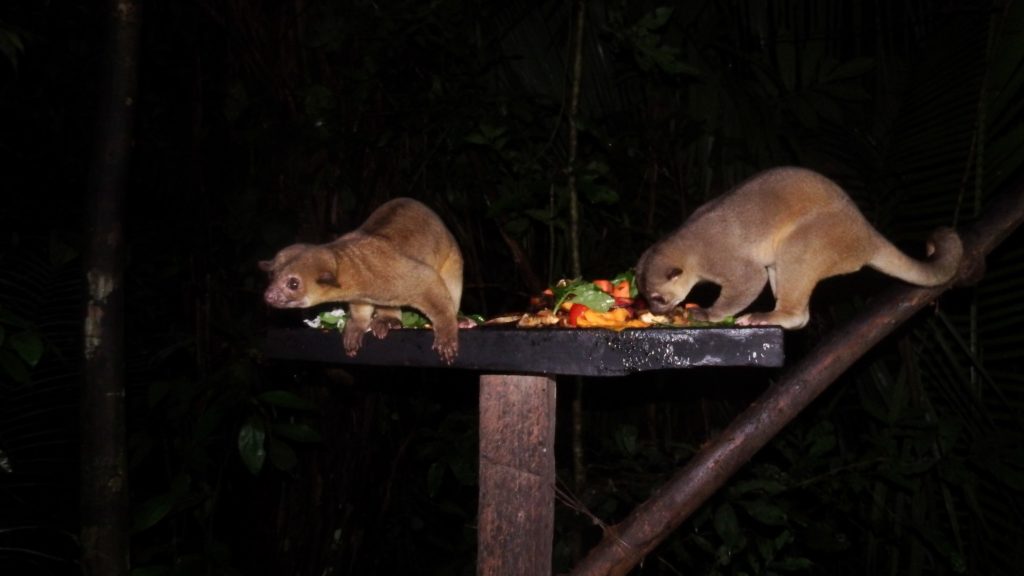
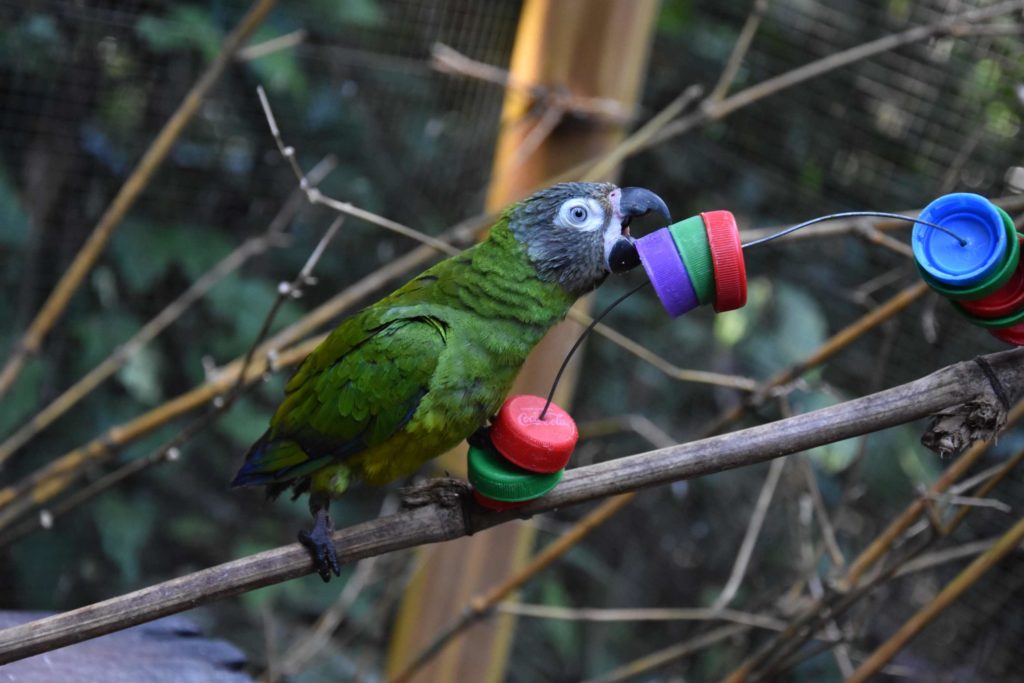
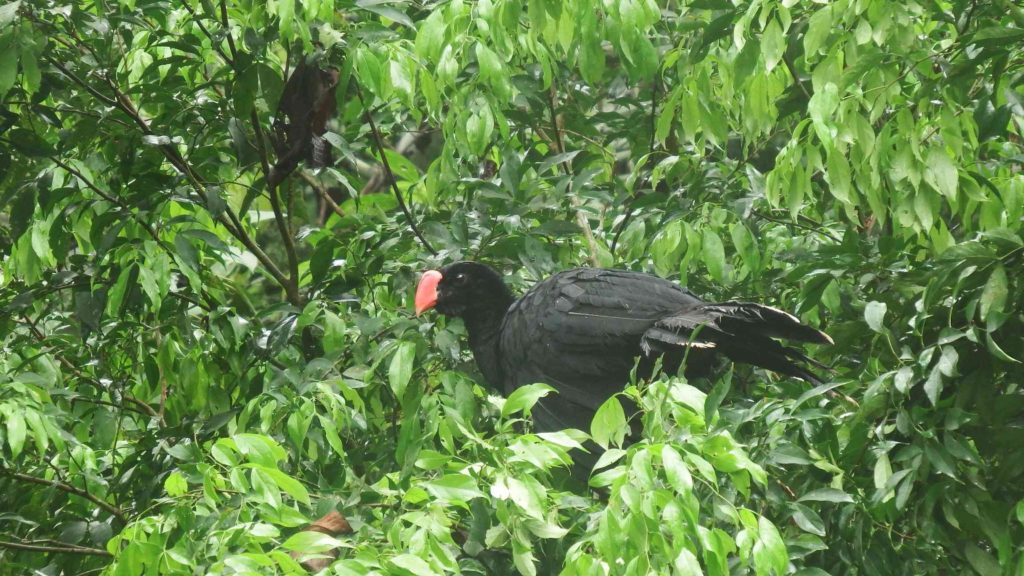
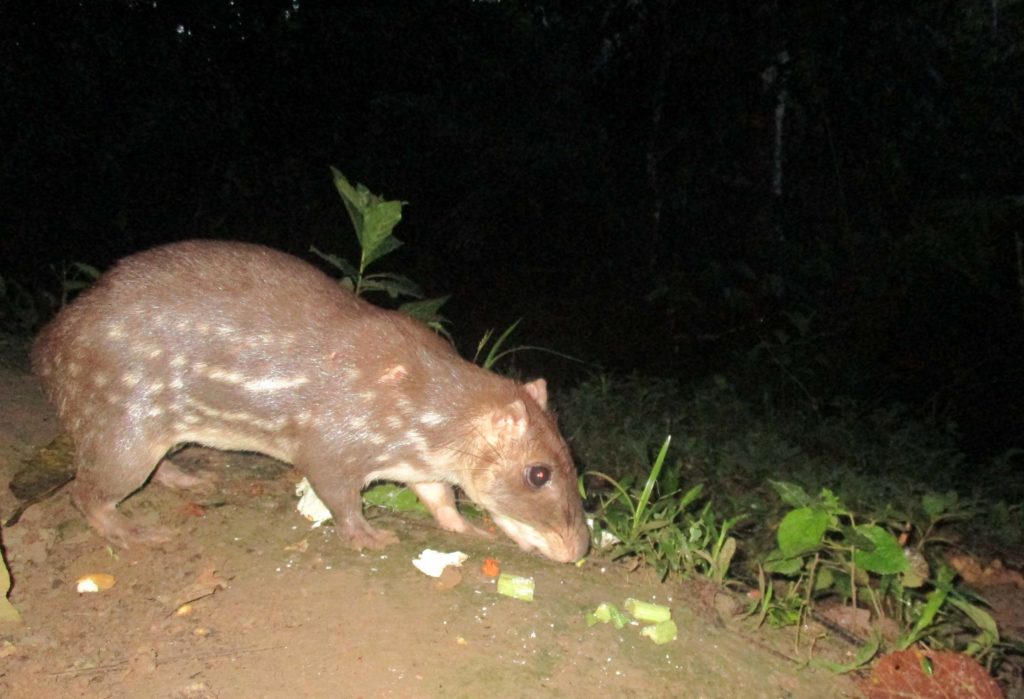
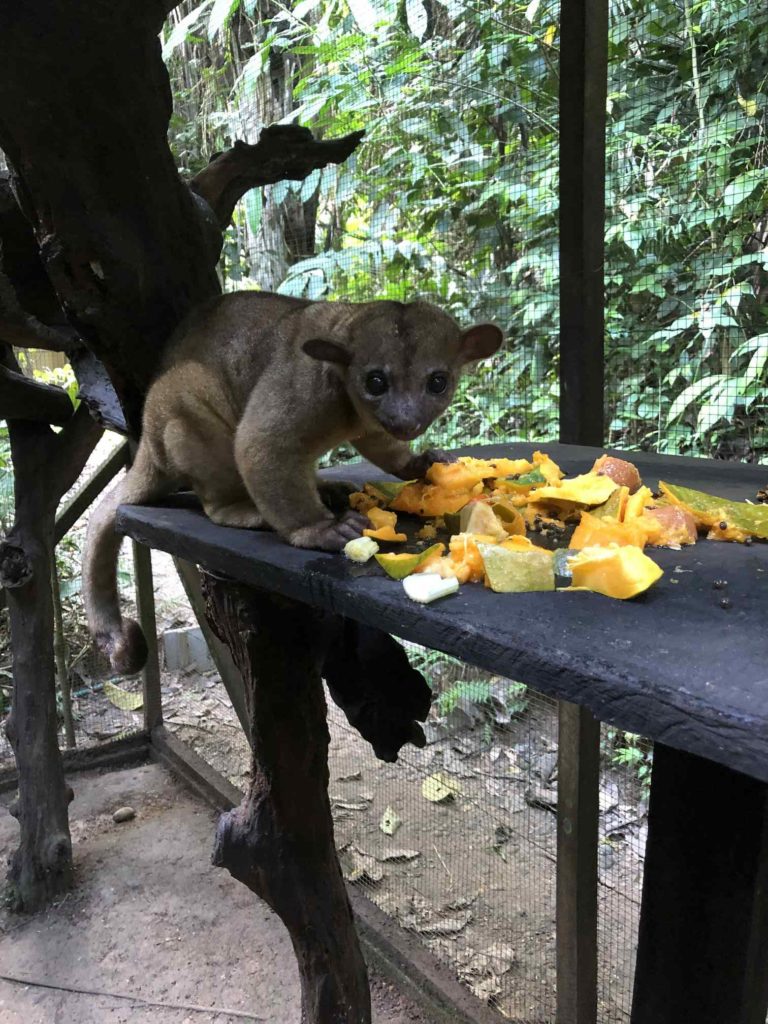
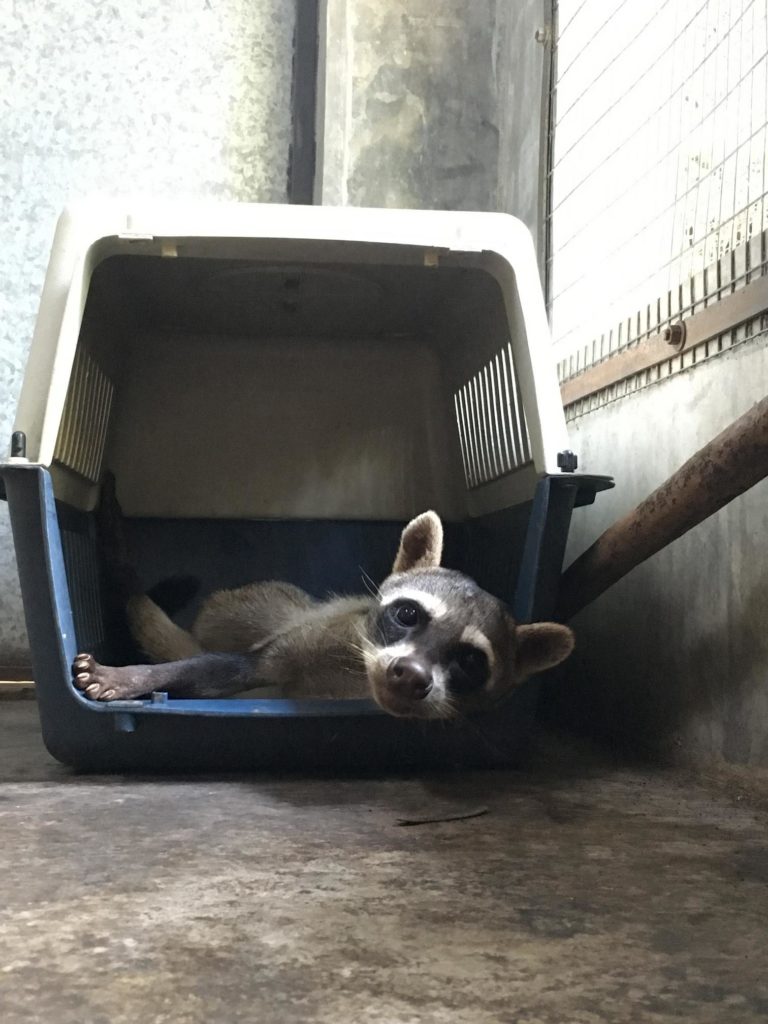
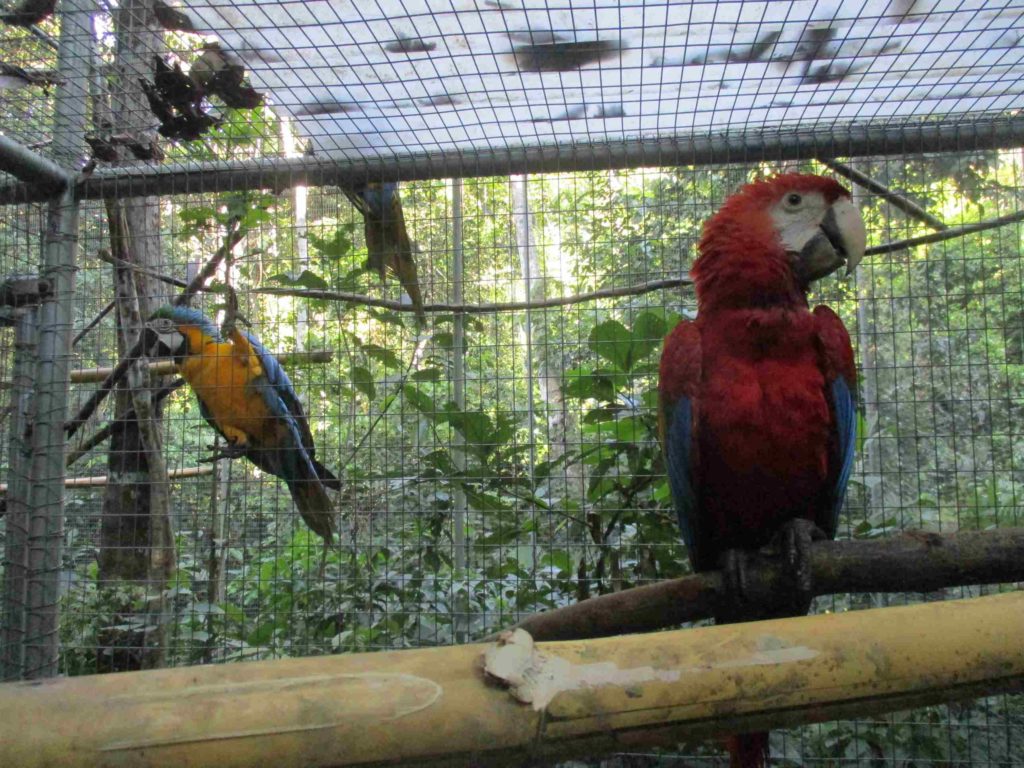
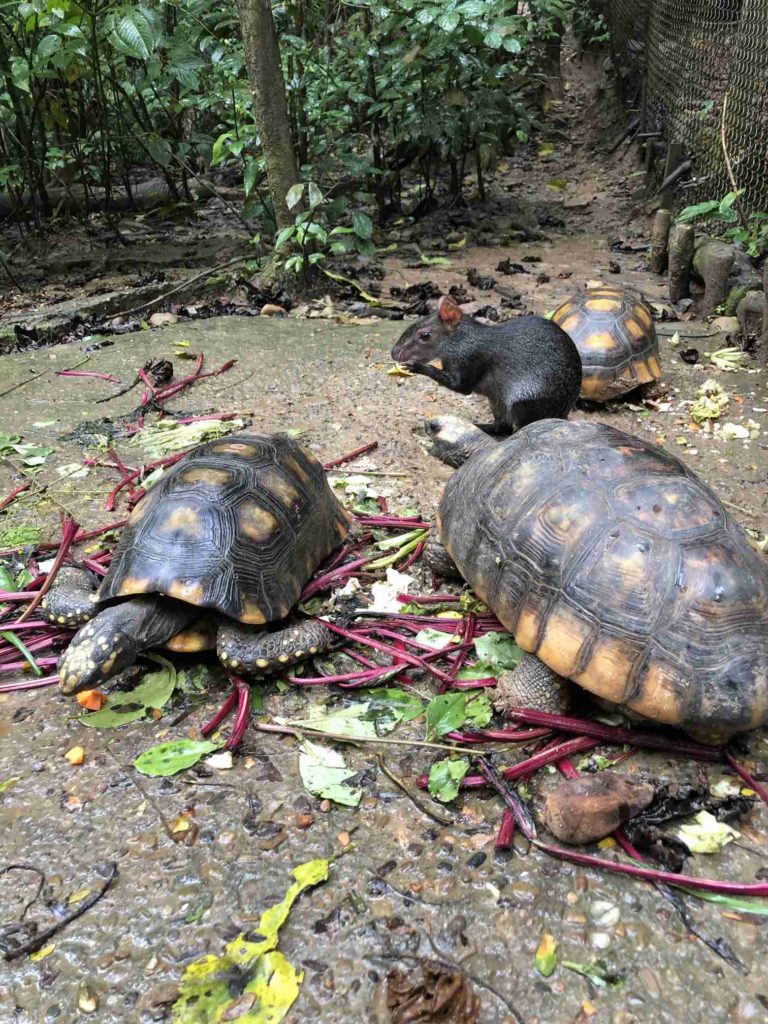
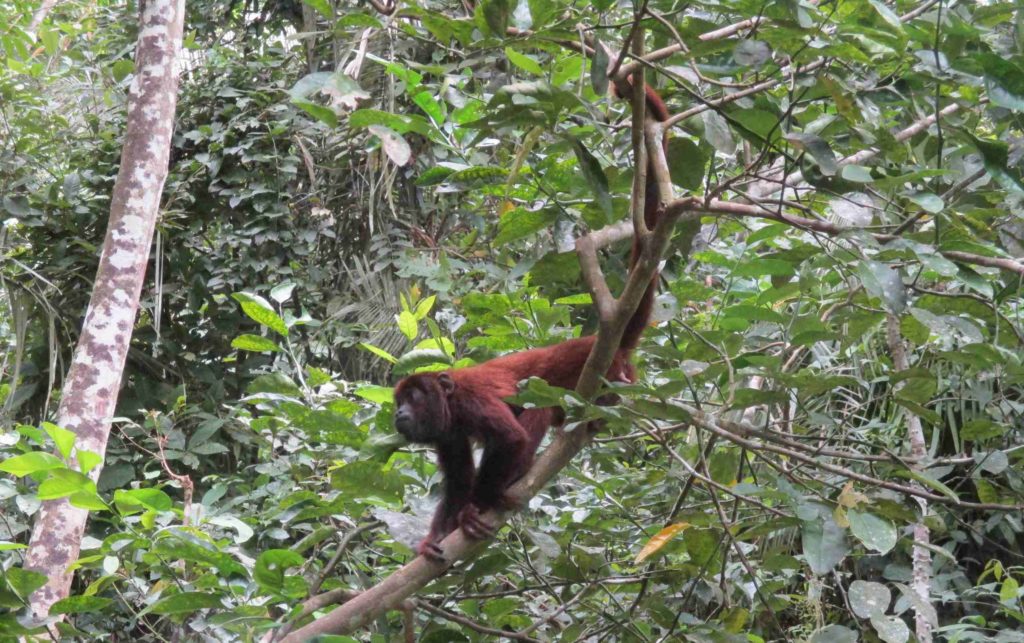
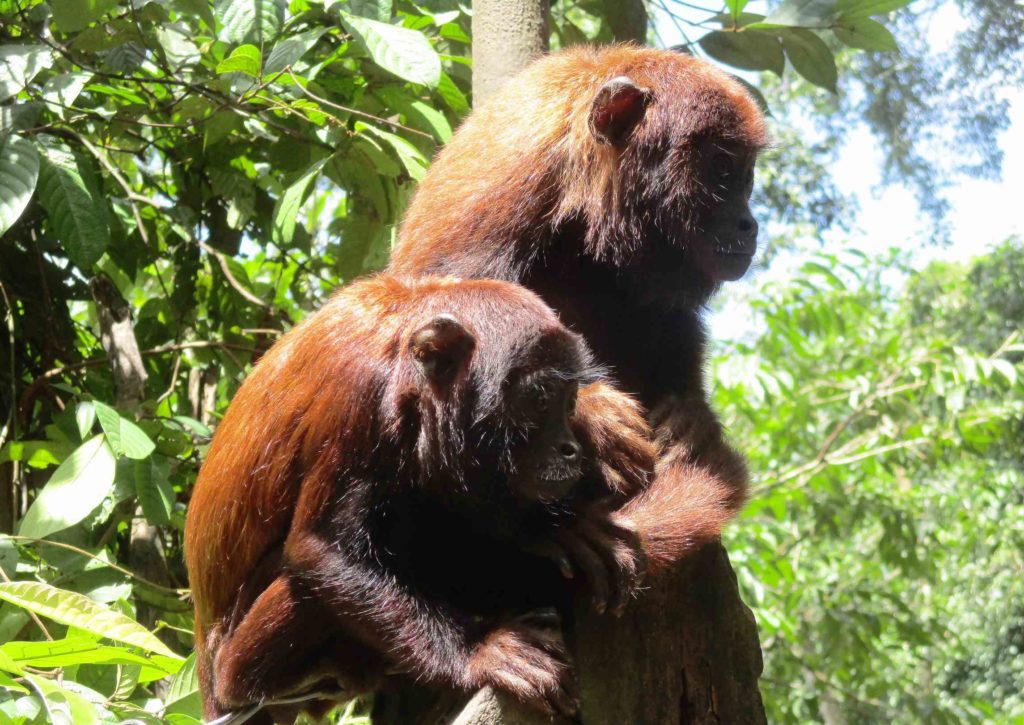
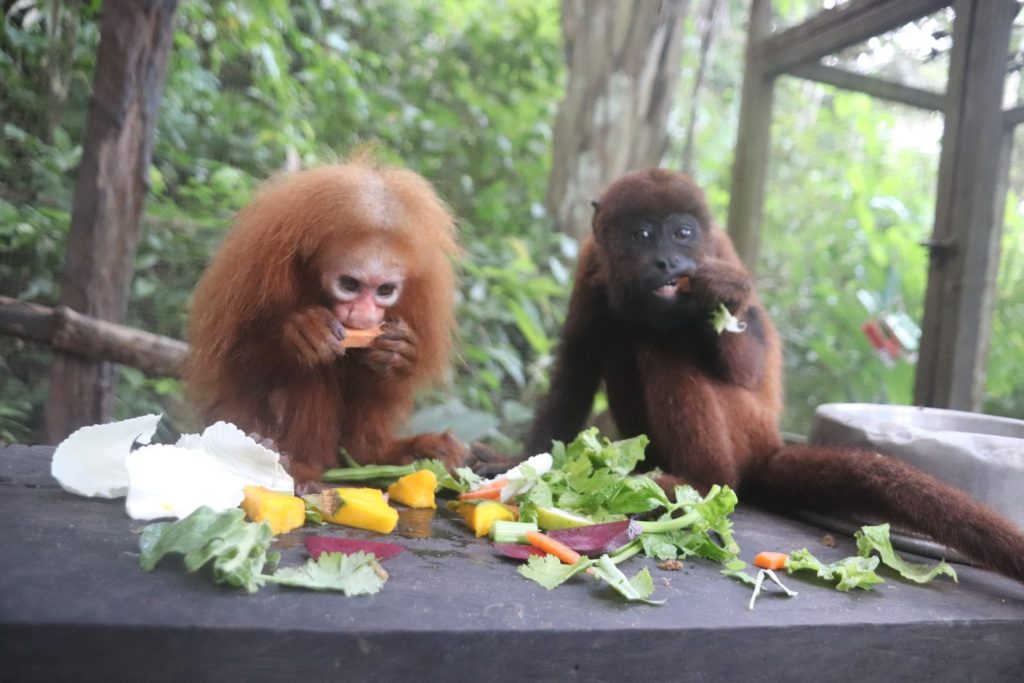

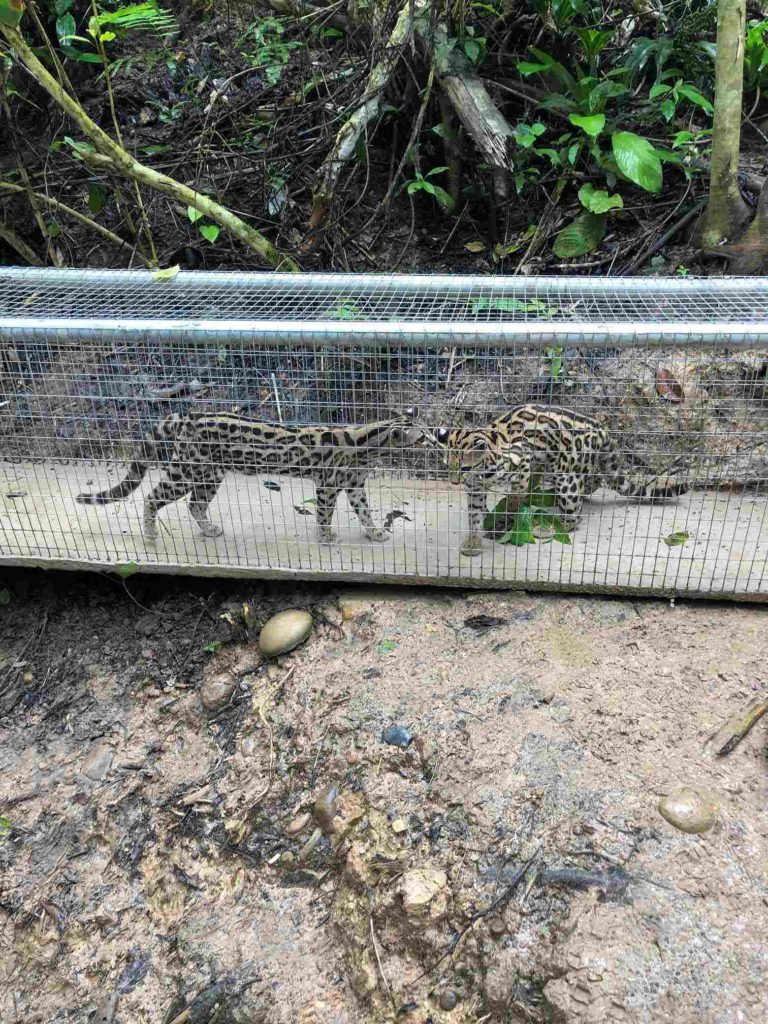
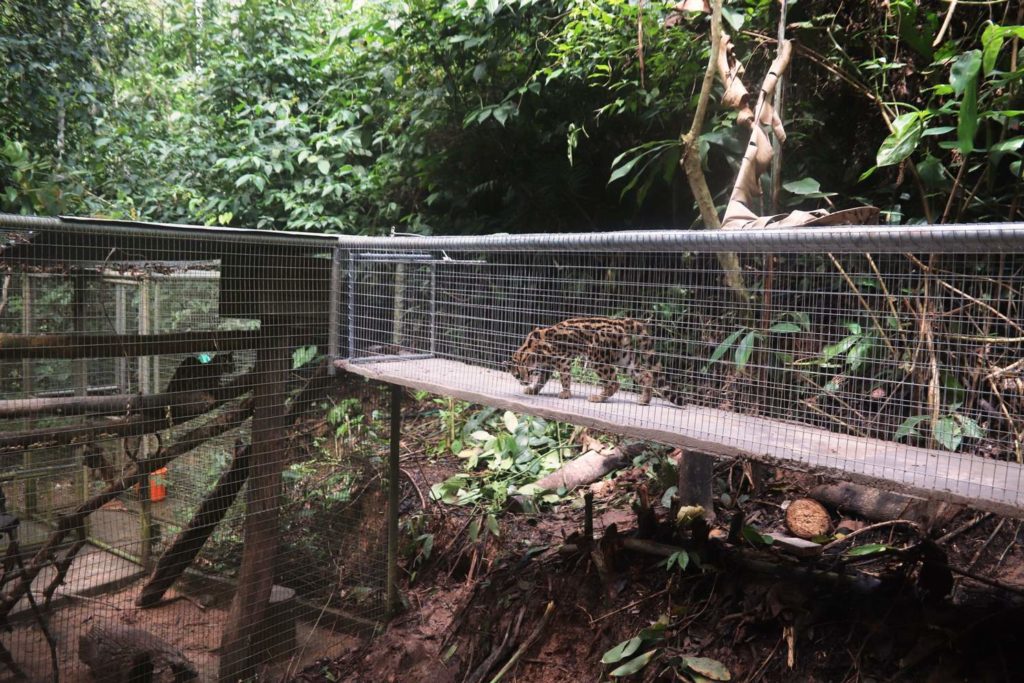
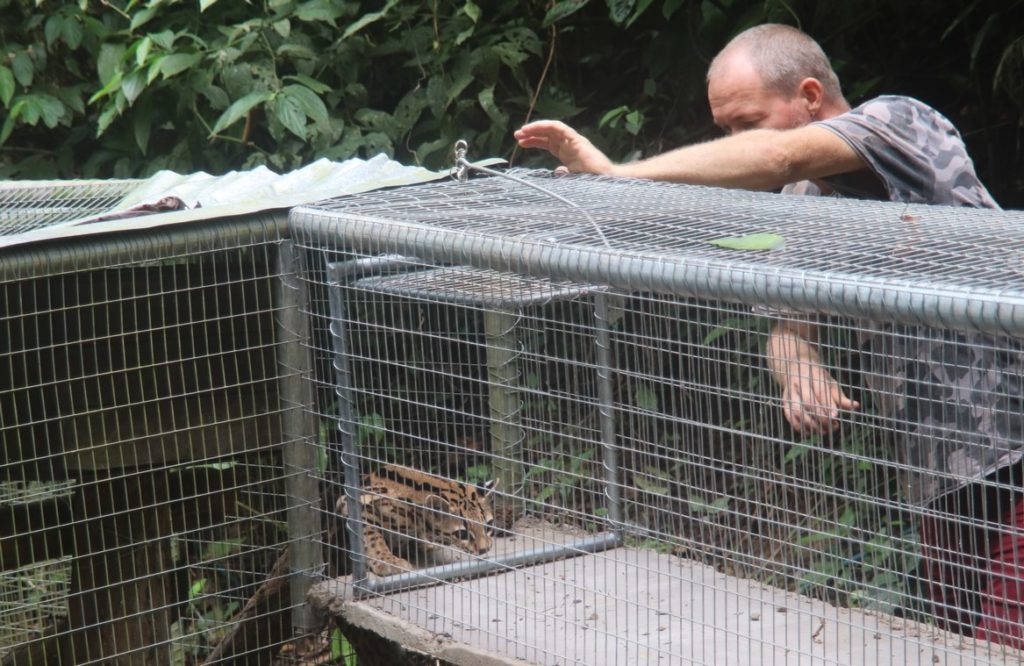
 ), a quiz night, a Kayla created buffet at the family house and Easter even snuck up on us.
), a quiz night, a Kayla created buffet at the family house and Easter even snuck up on us.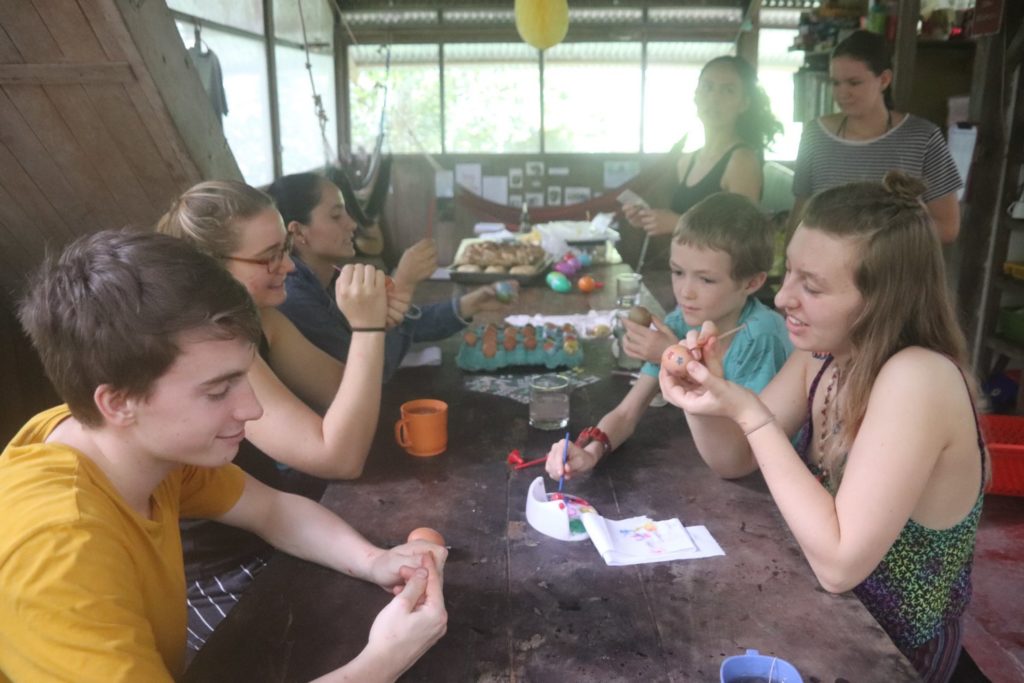
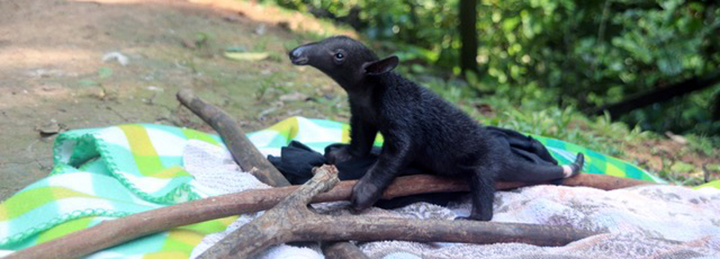
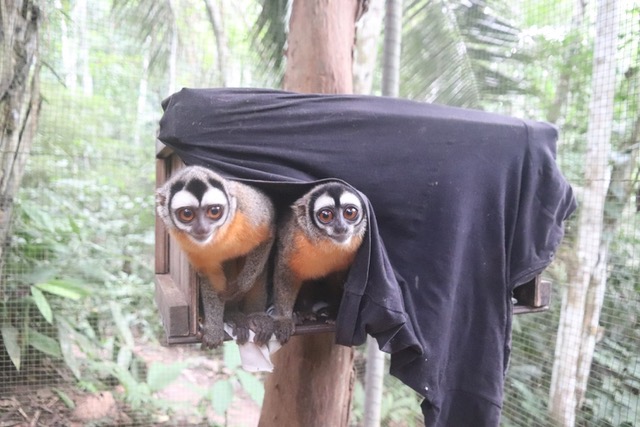
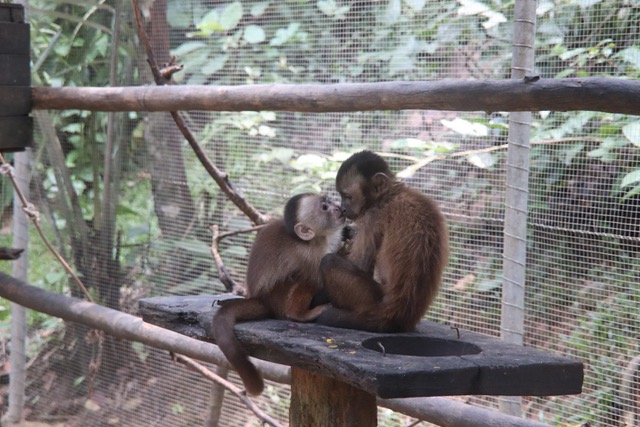
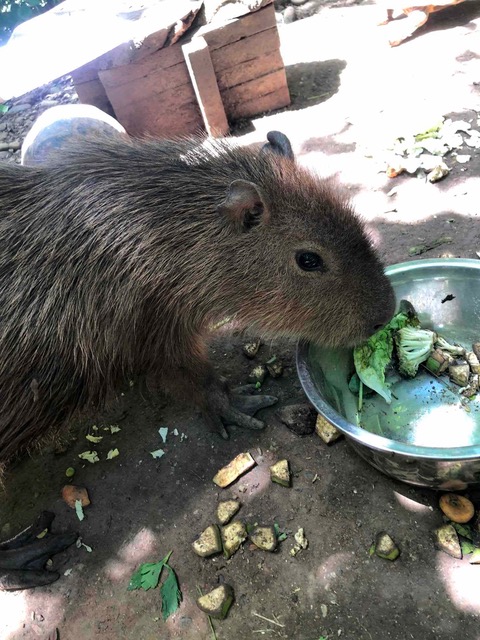
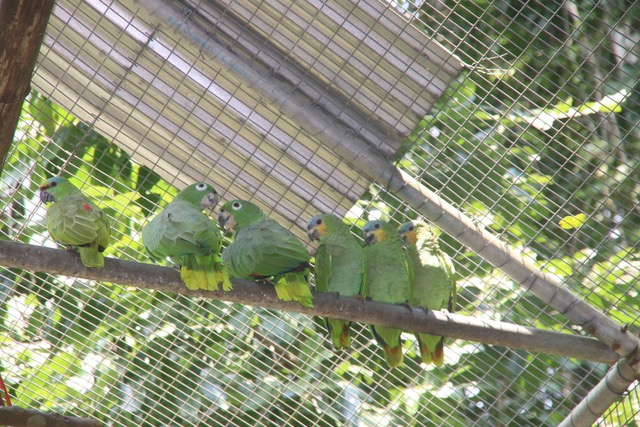
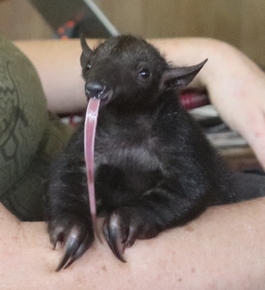
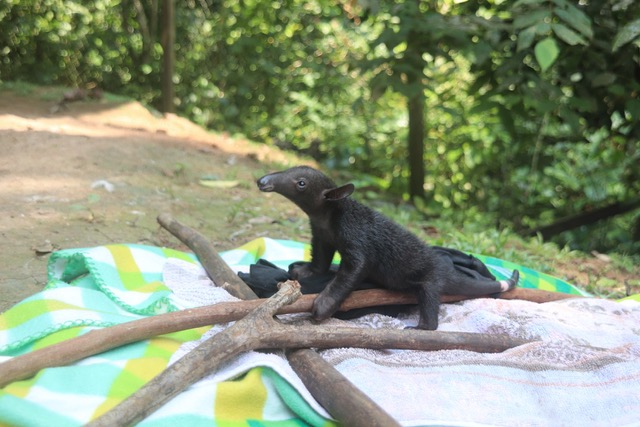
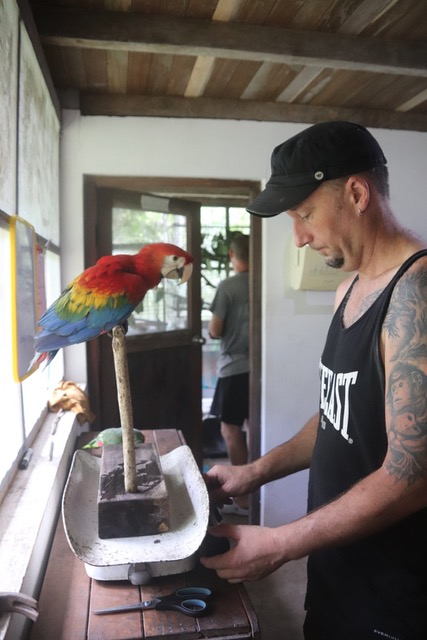
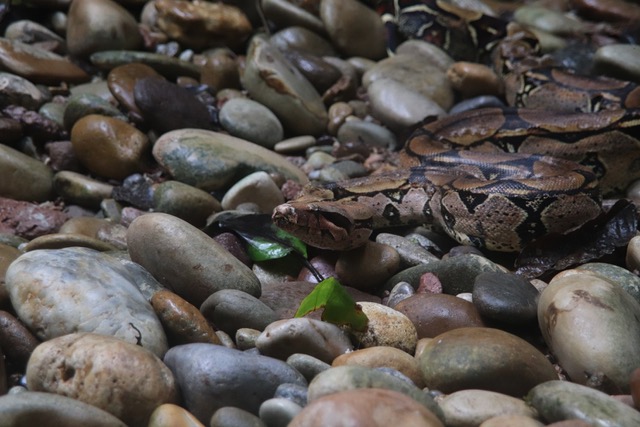
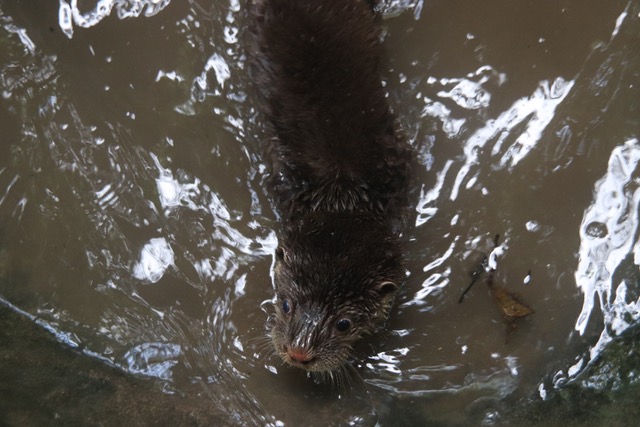
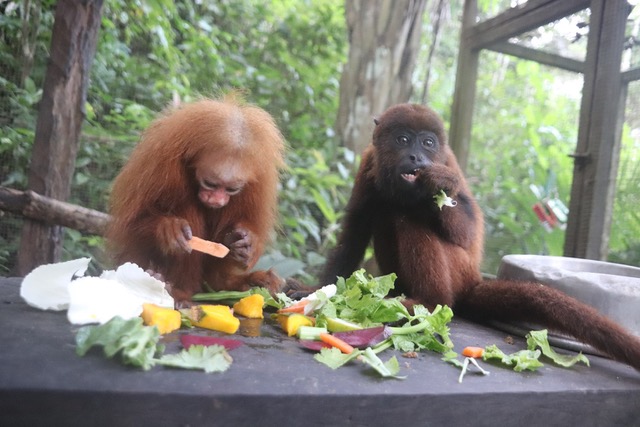
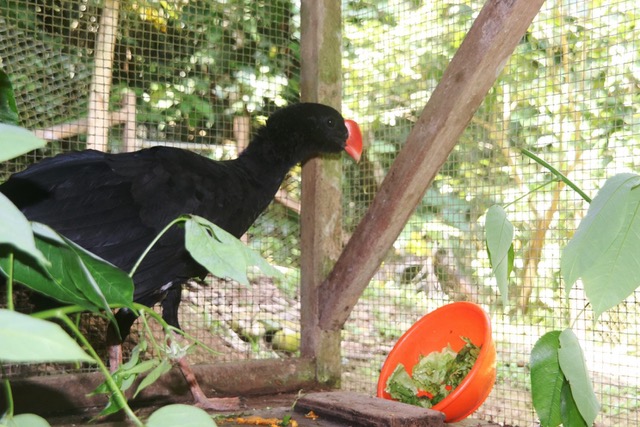
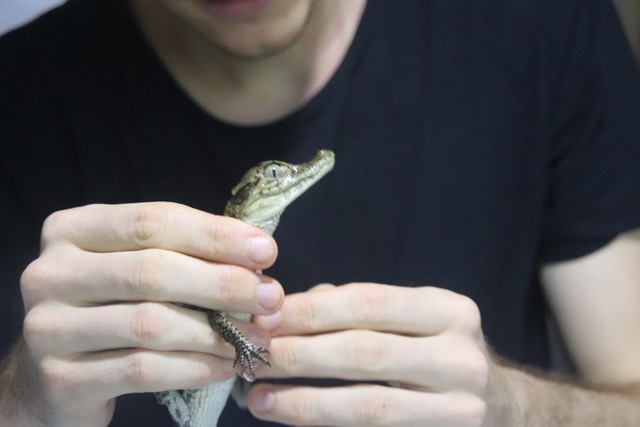
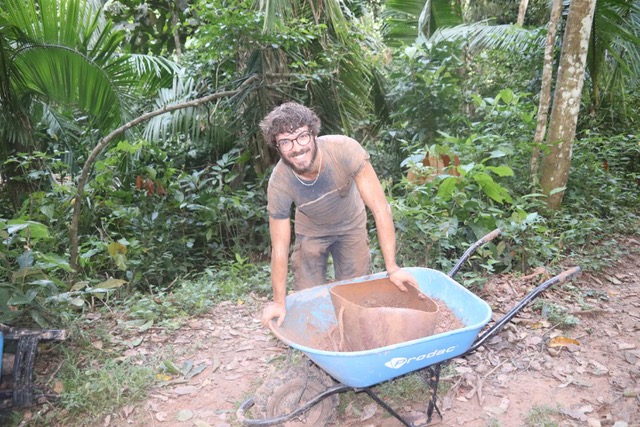
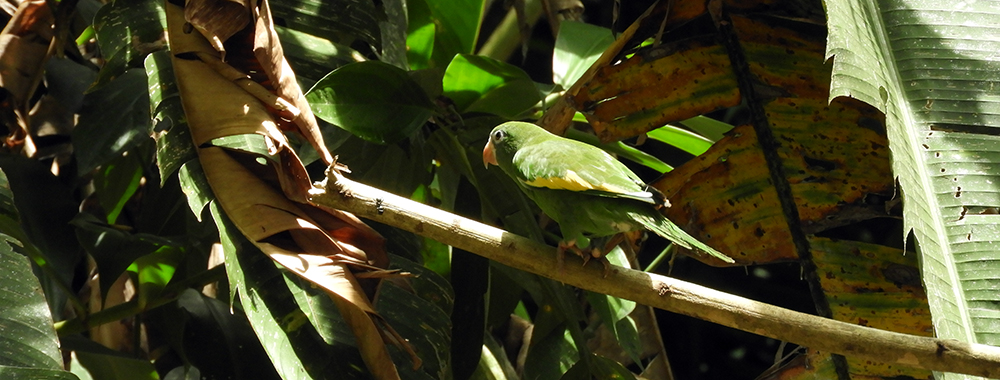
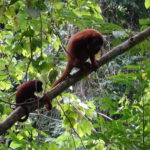
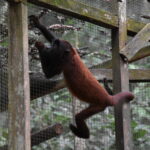
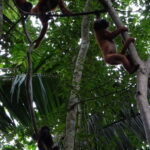
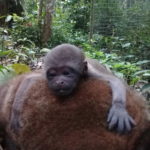
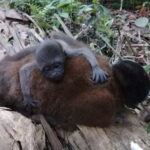
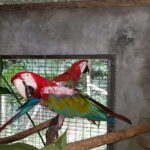
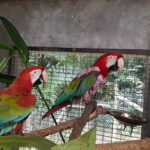
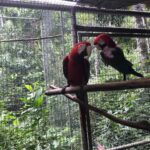
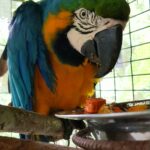
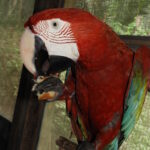
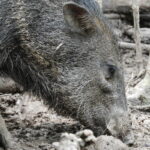
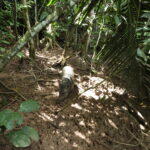
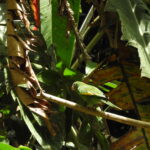
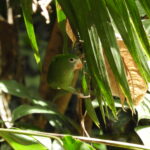
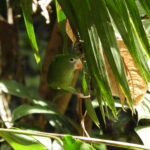
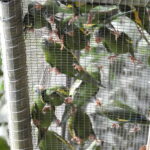
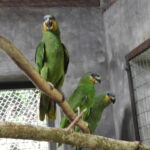
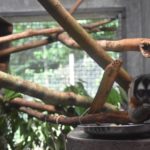
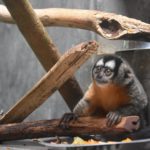
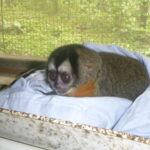
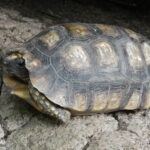
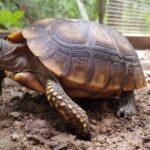
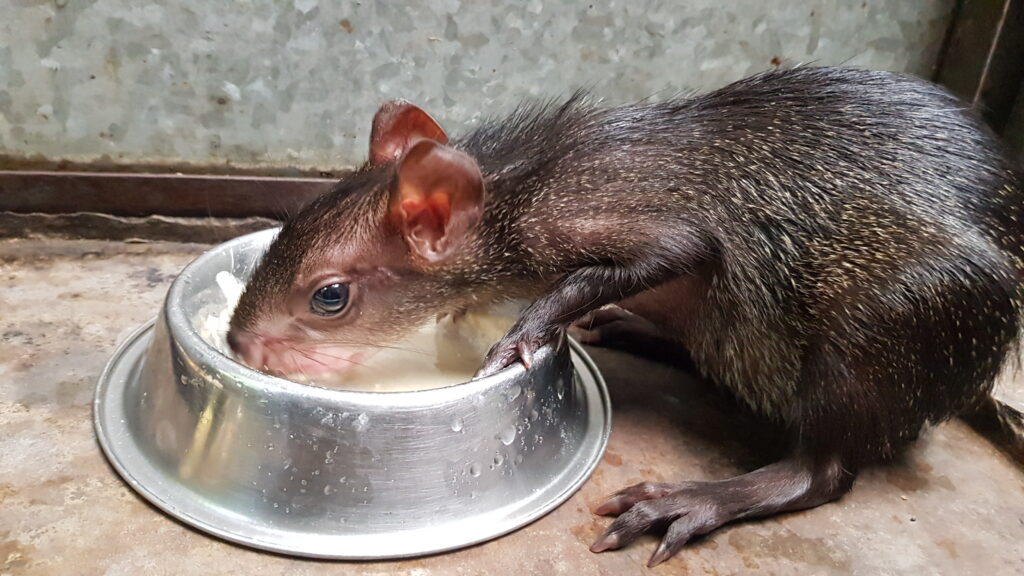
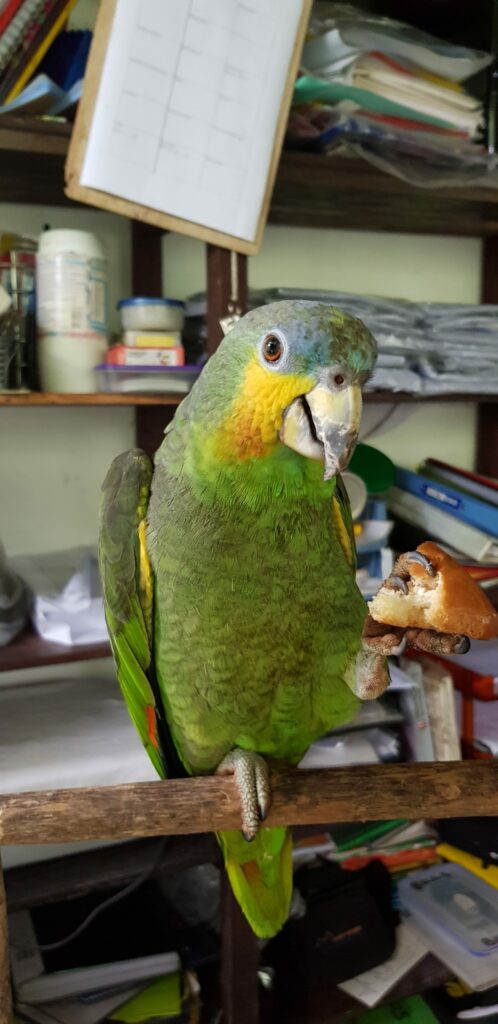
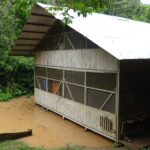
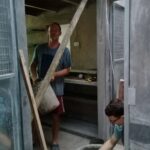
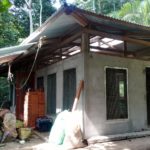
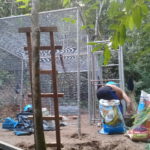
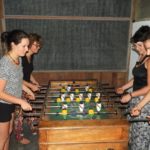
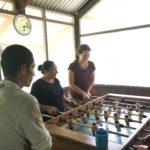
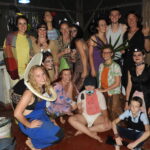
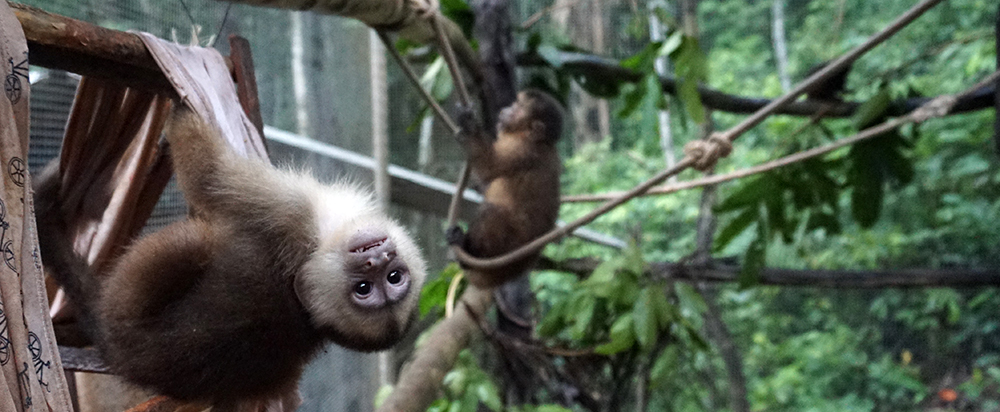
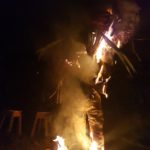
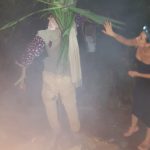
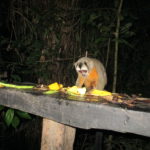
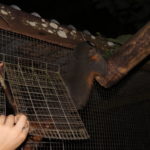
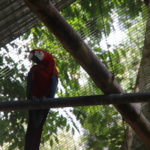
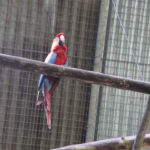
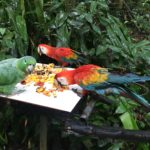
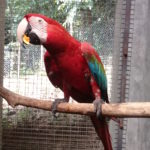
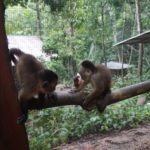
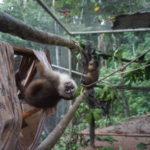
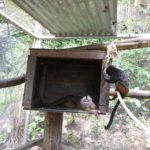
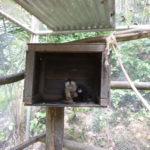
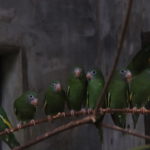
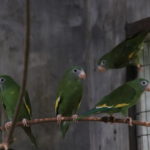
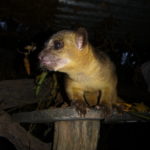
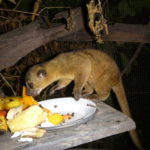
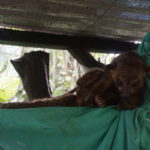
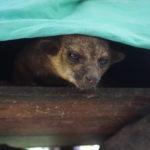
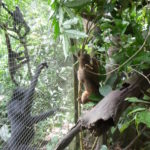
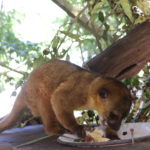
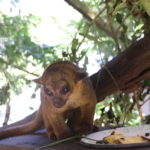
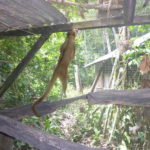
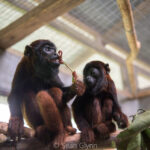
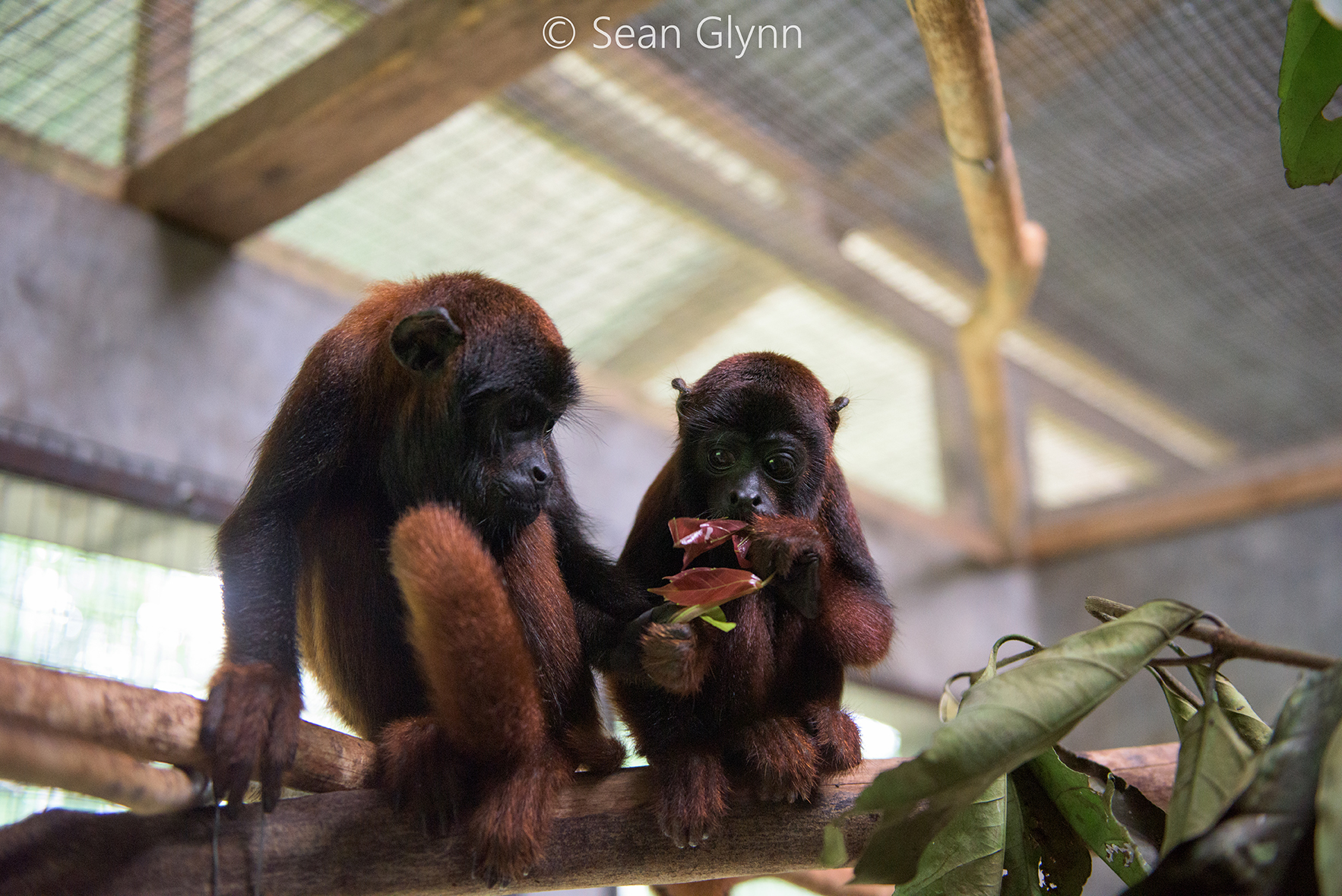
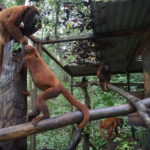
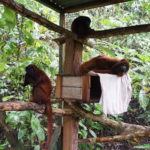
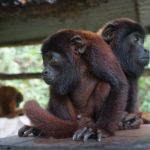
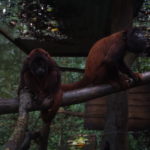
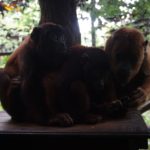
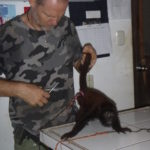
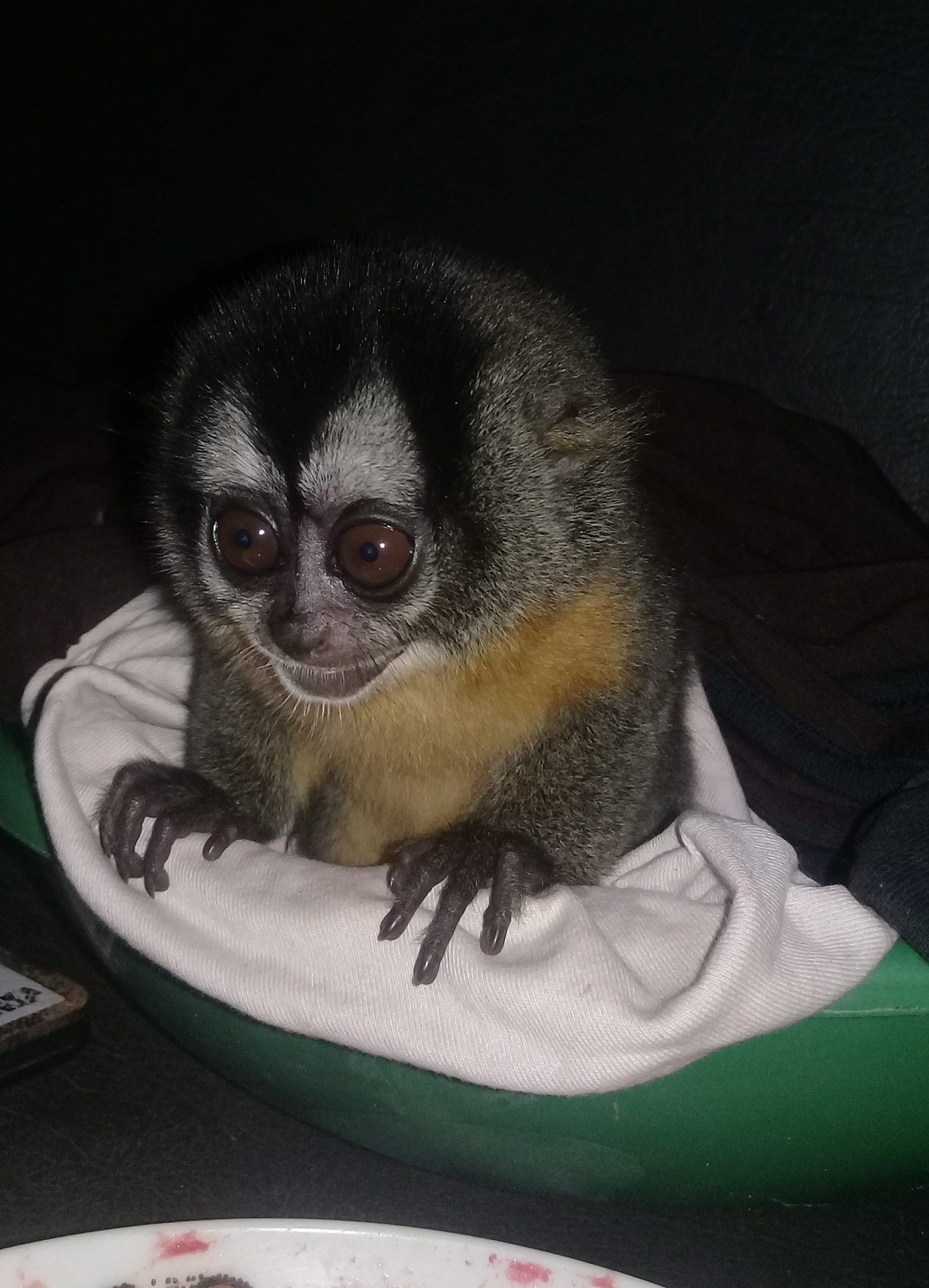
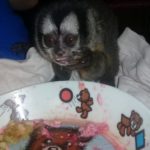
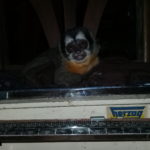
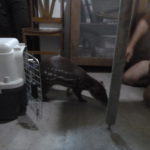
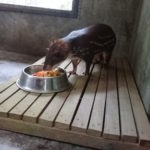
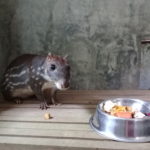
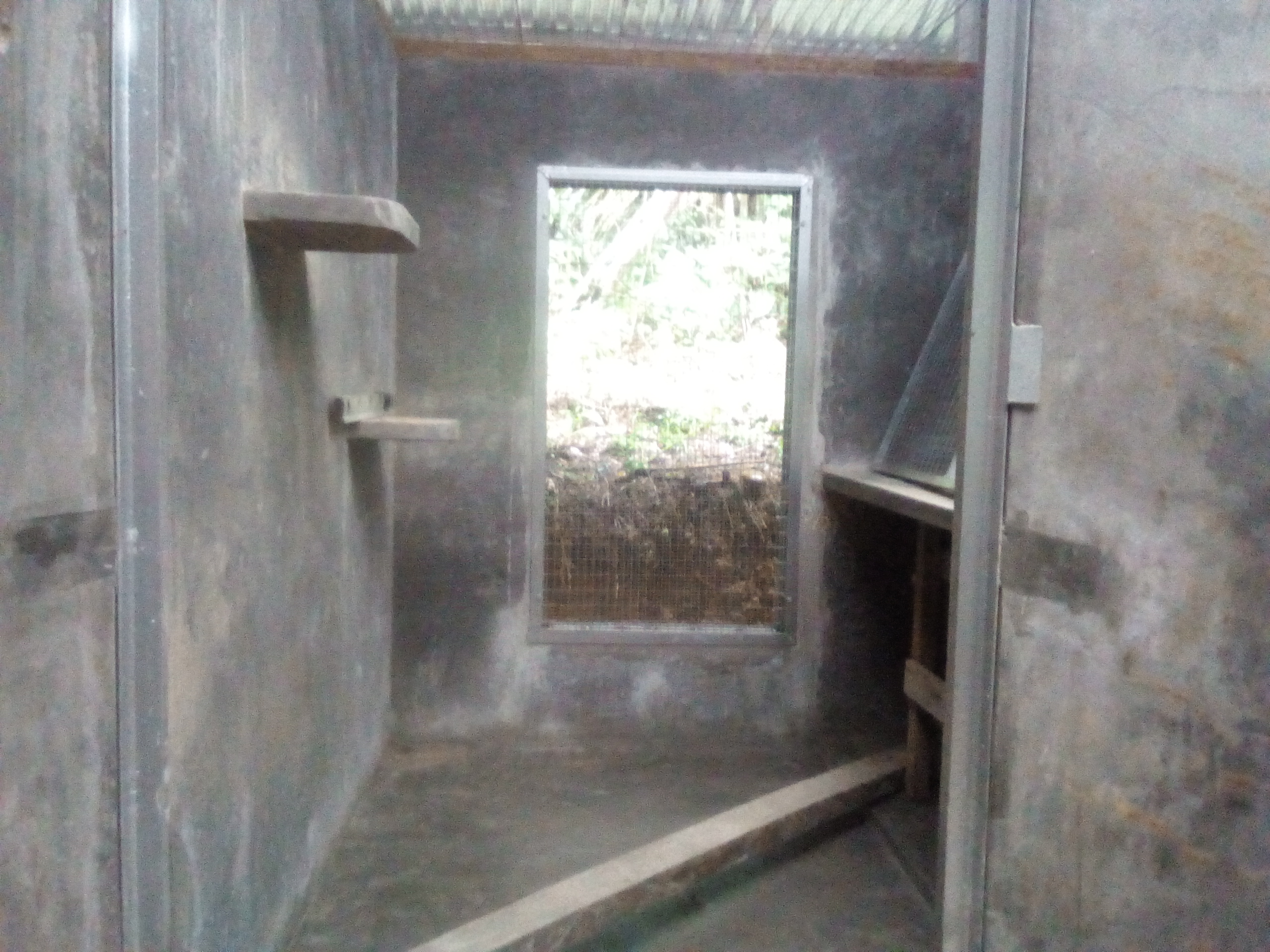
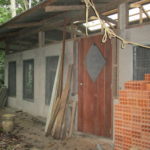
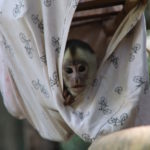
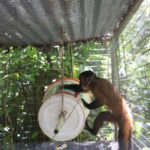
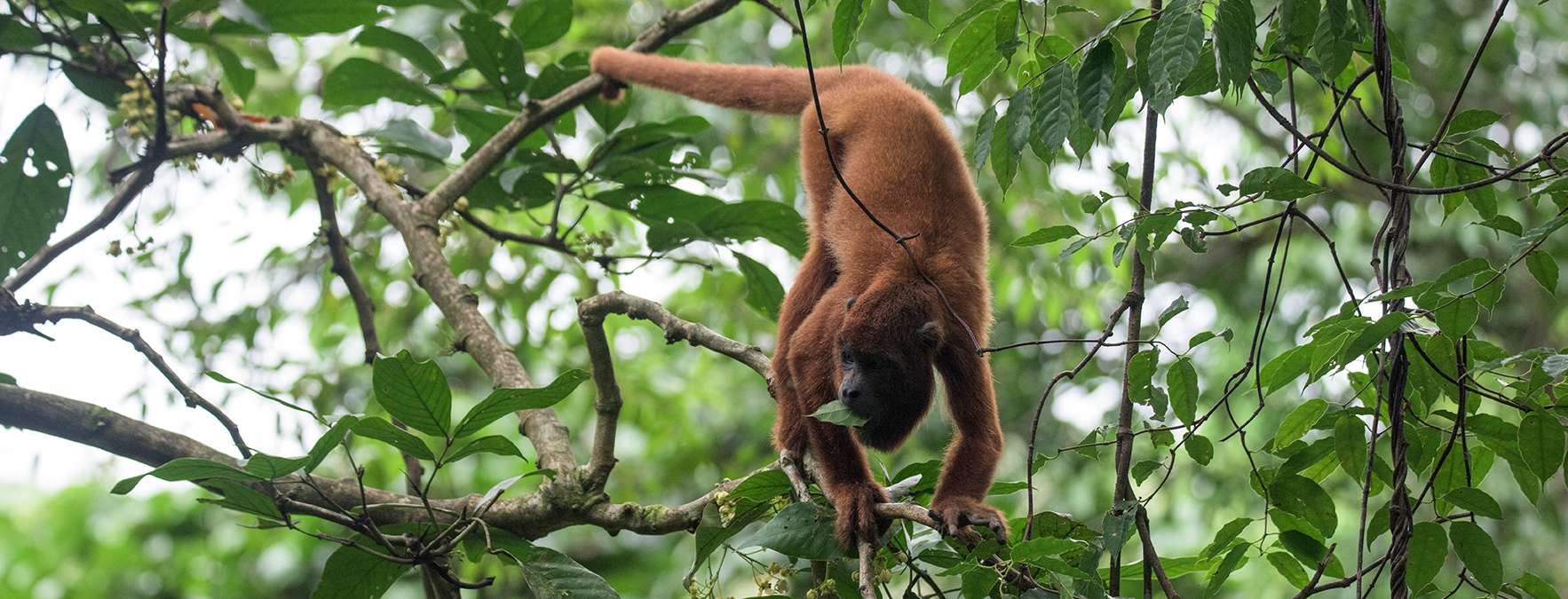
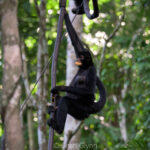
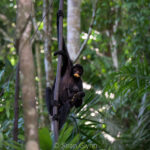
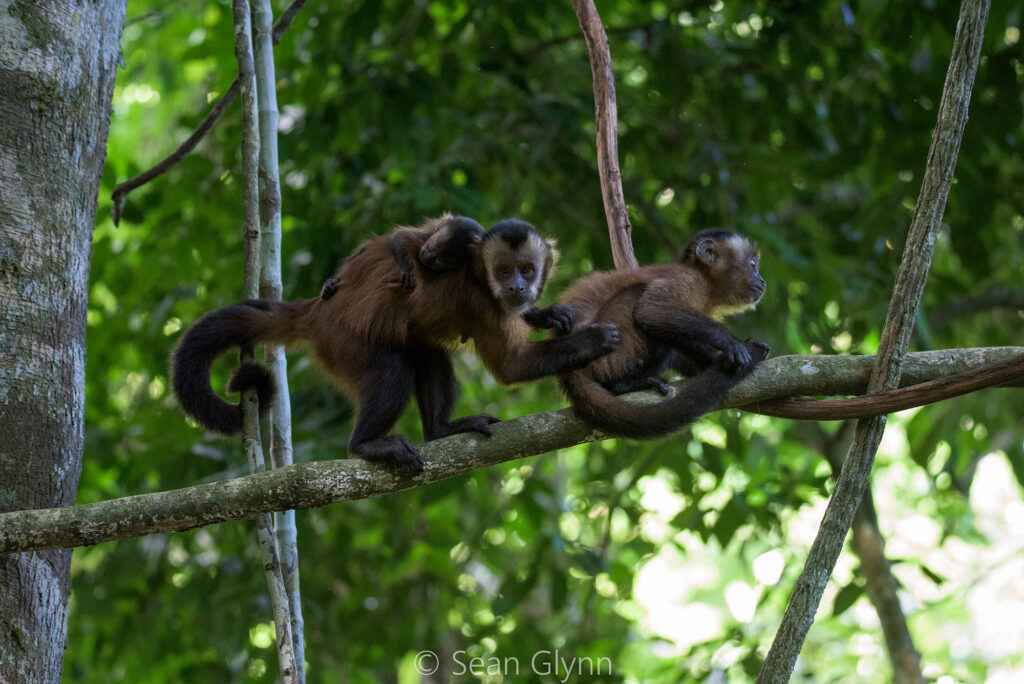
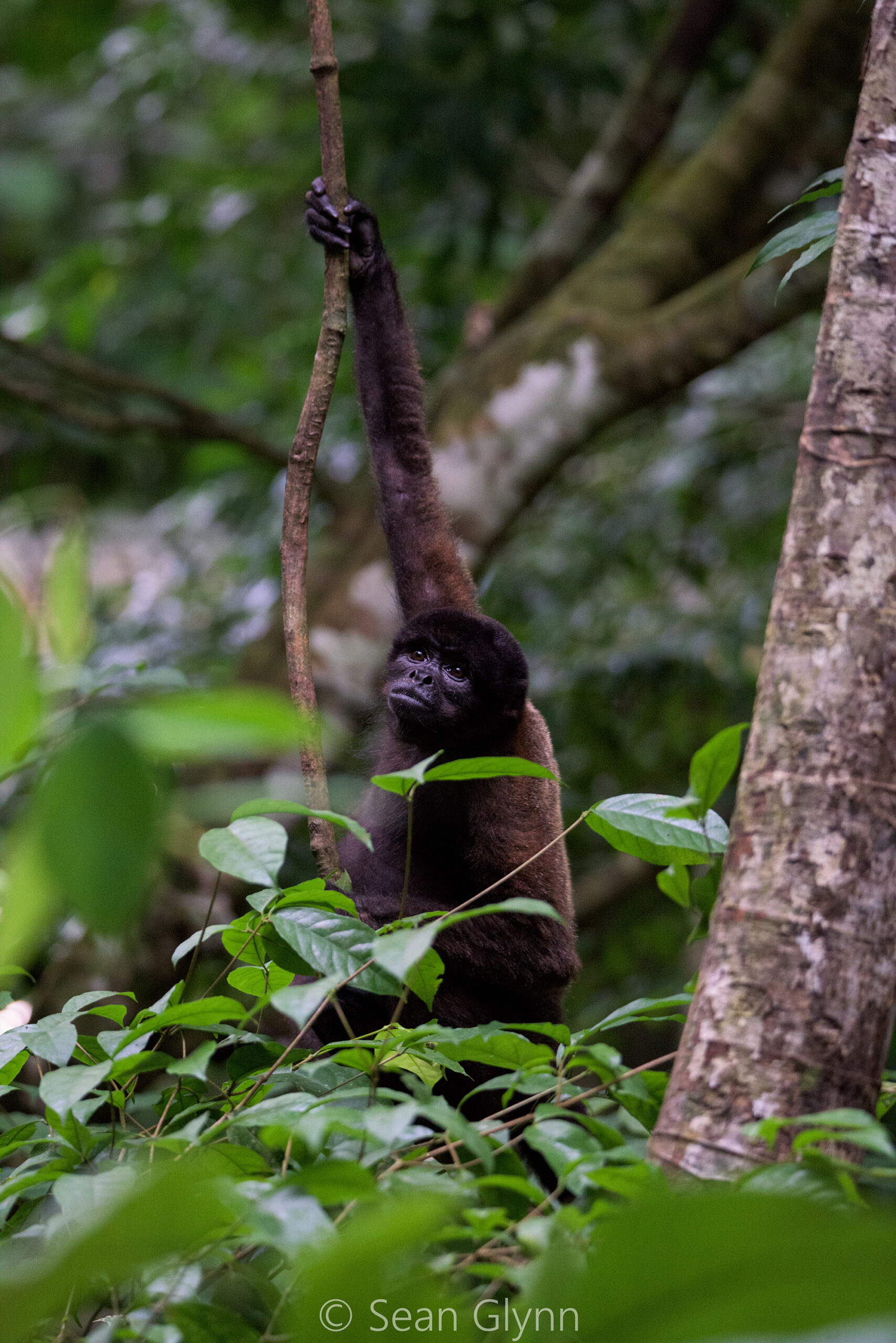
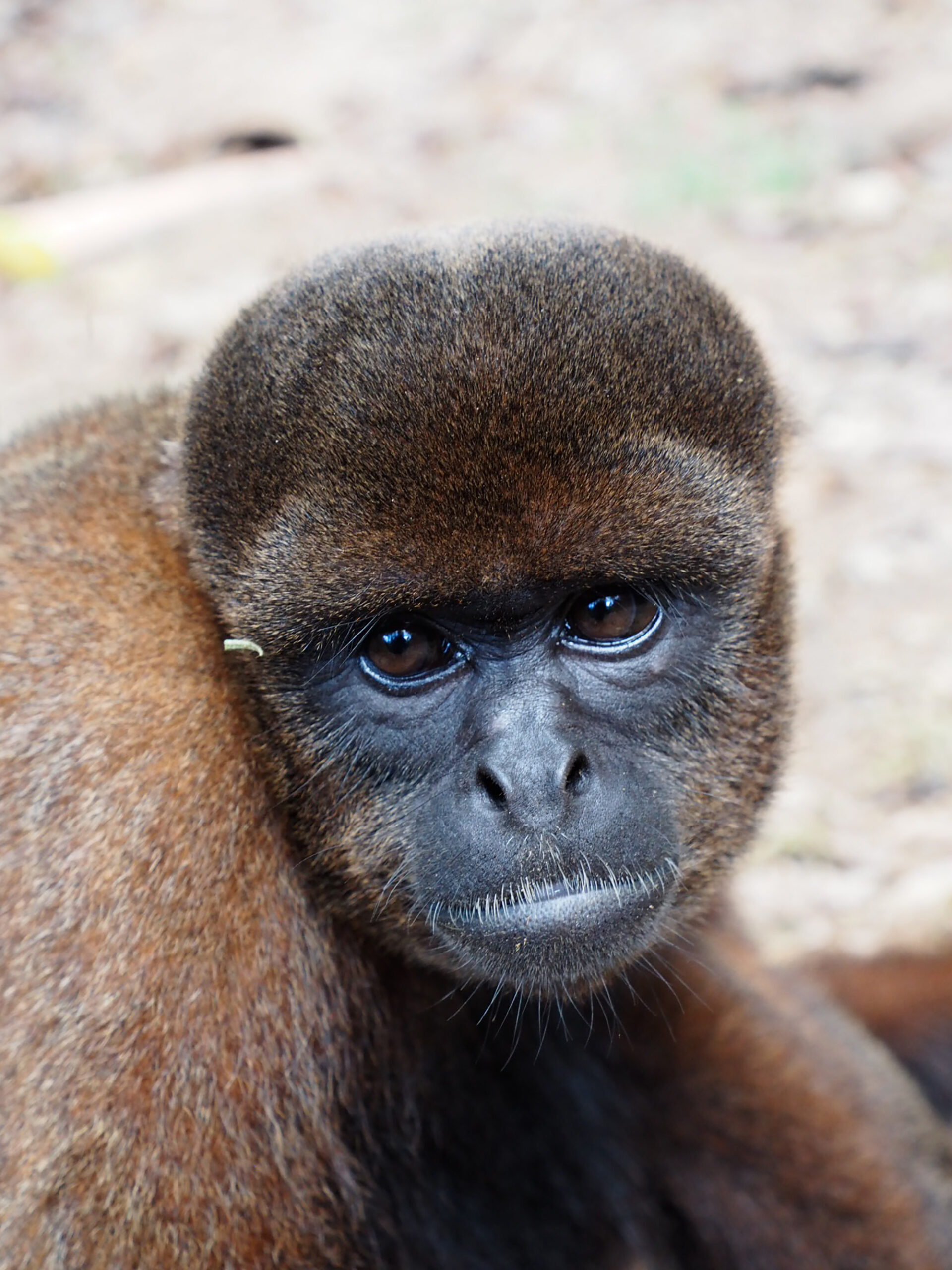
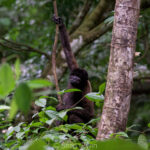
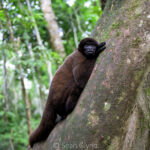
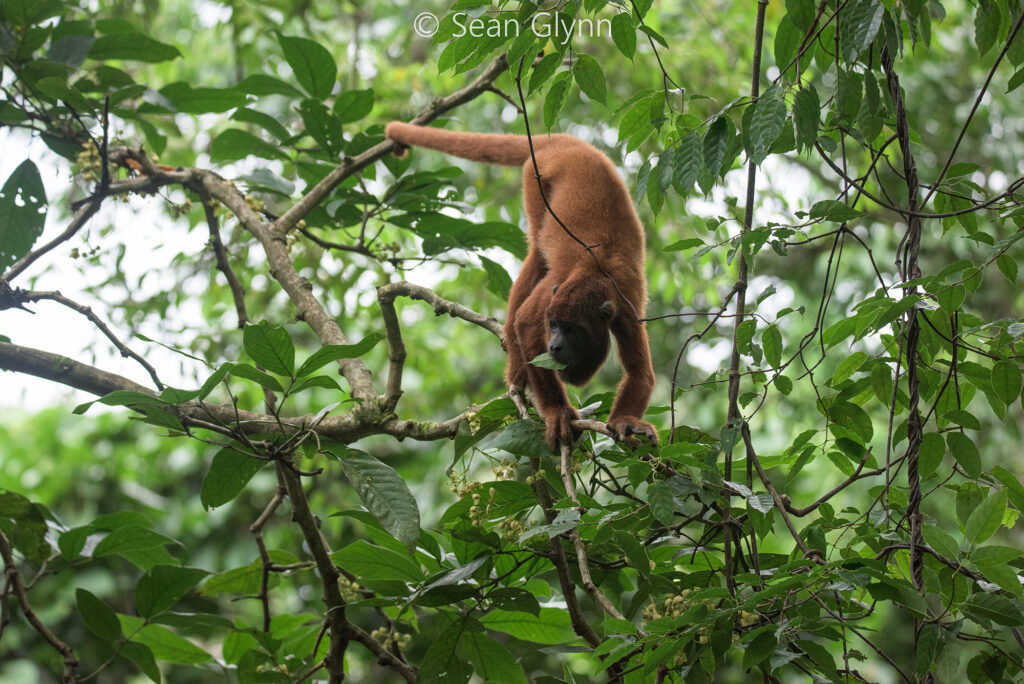
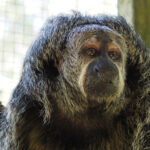
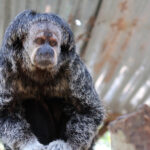
 Other Animals
Other Animals